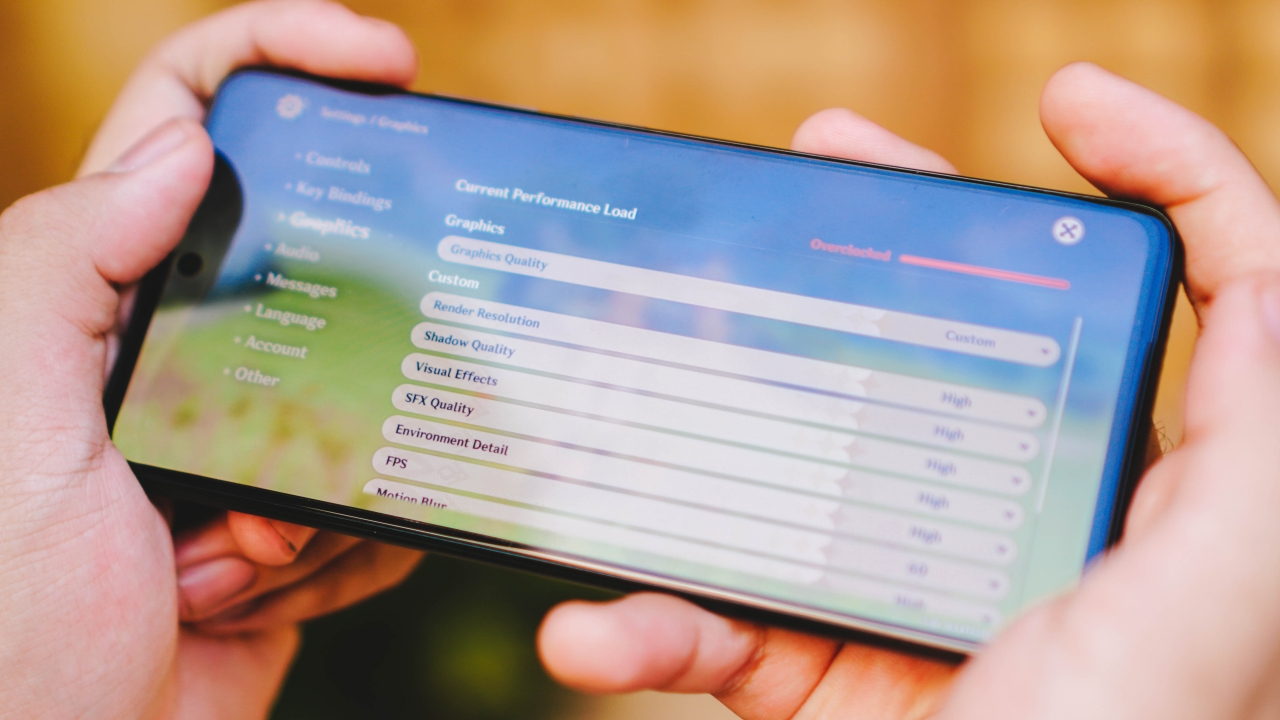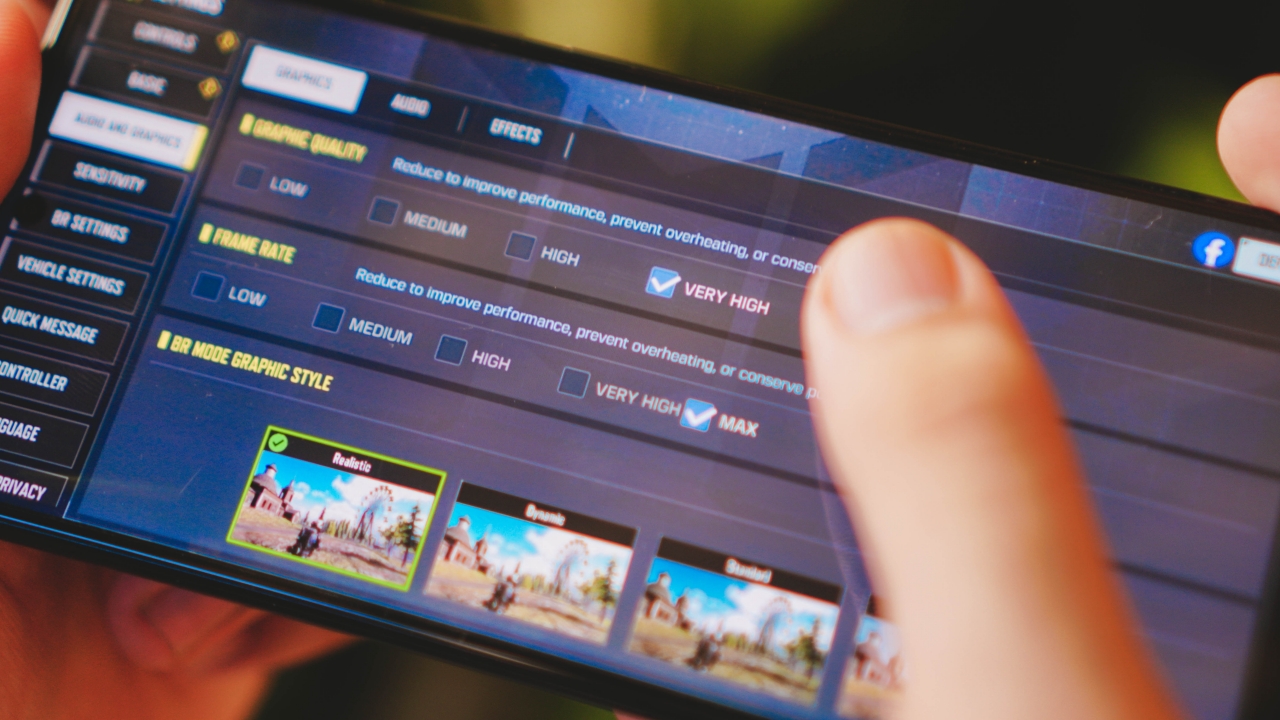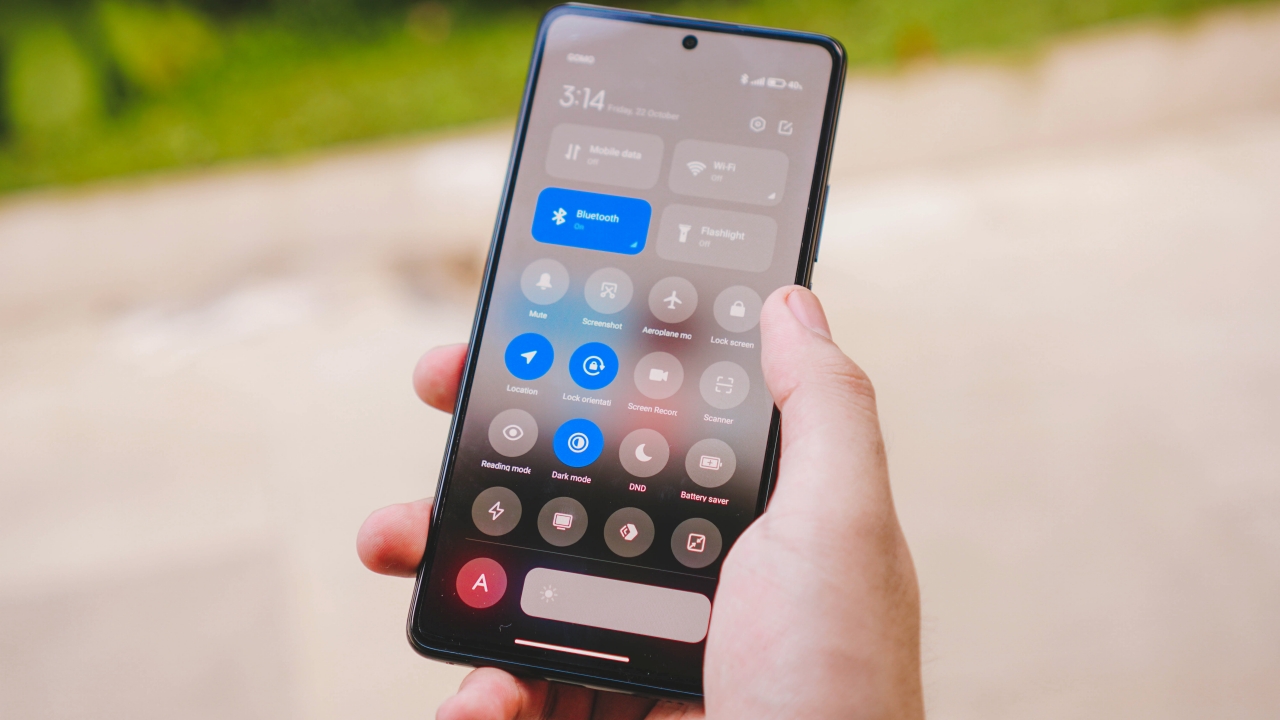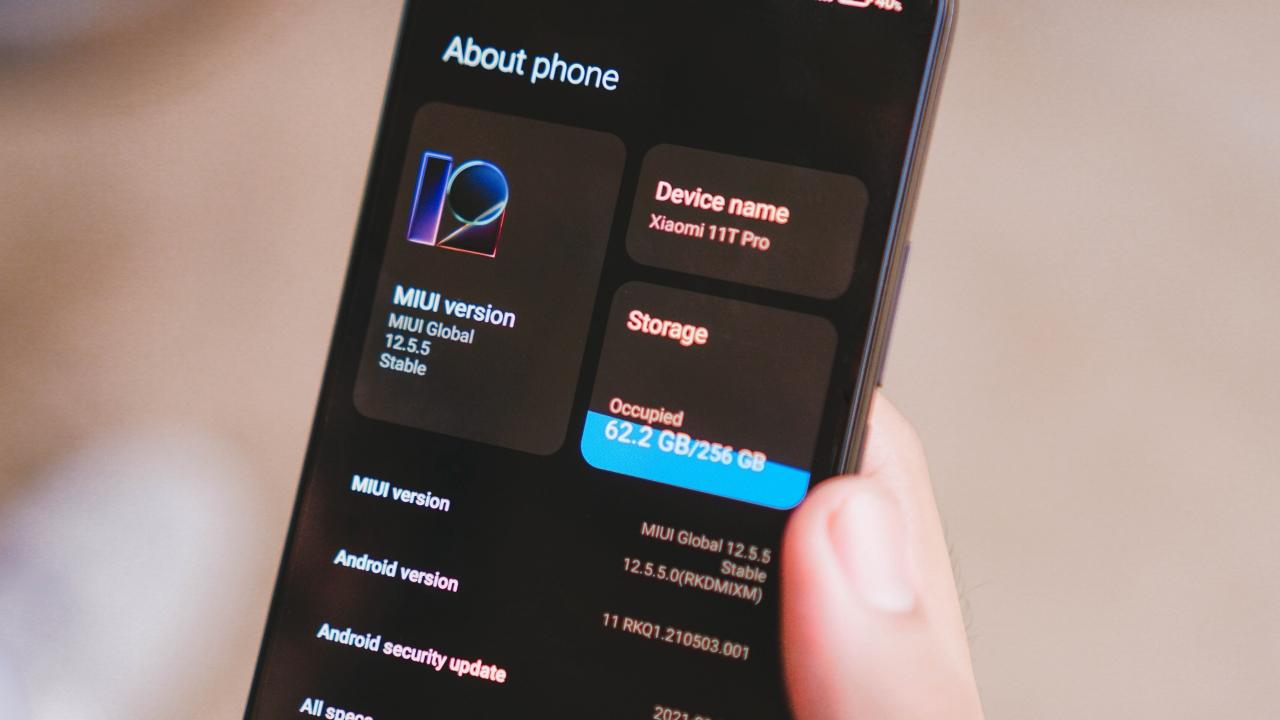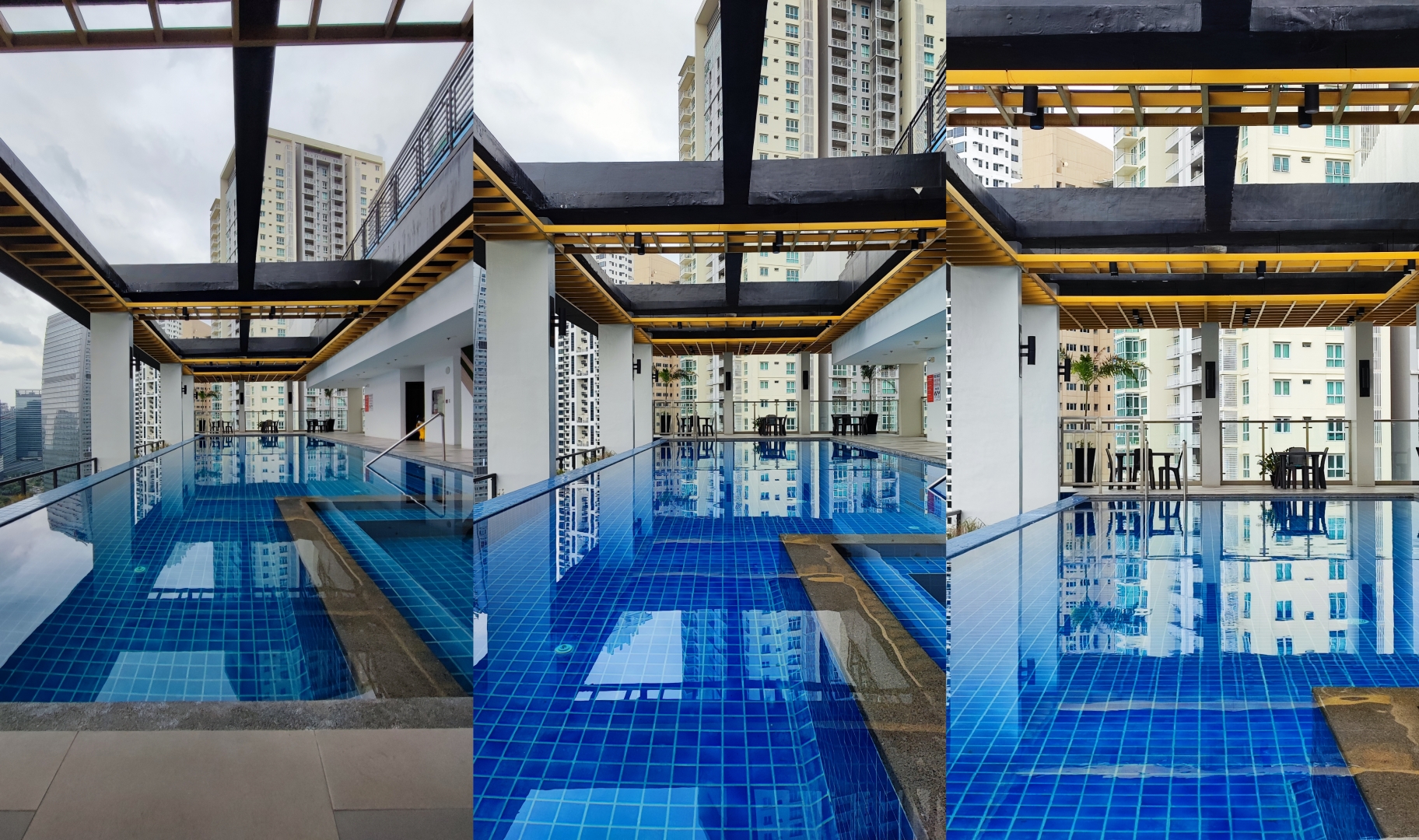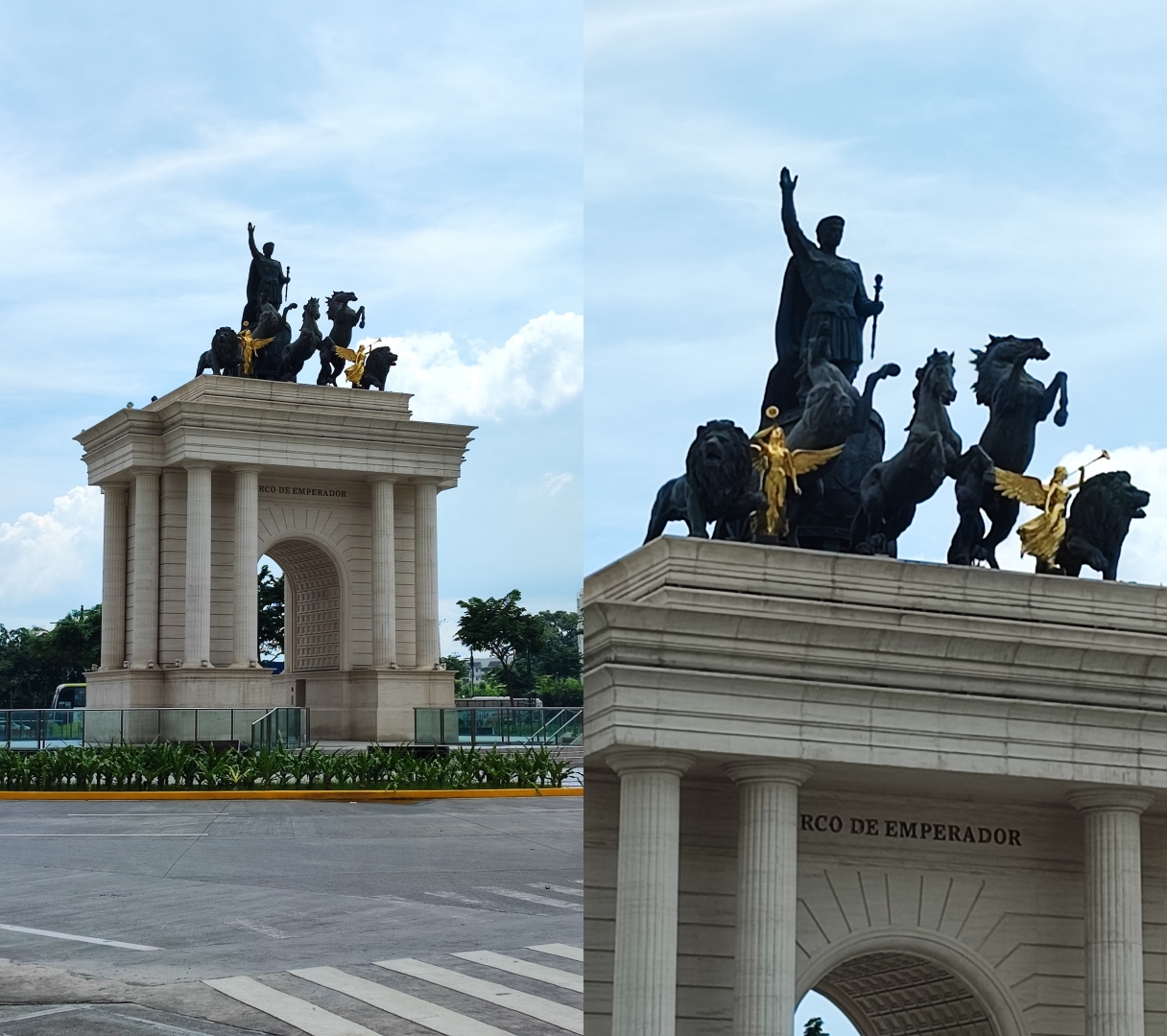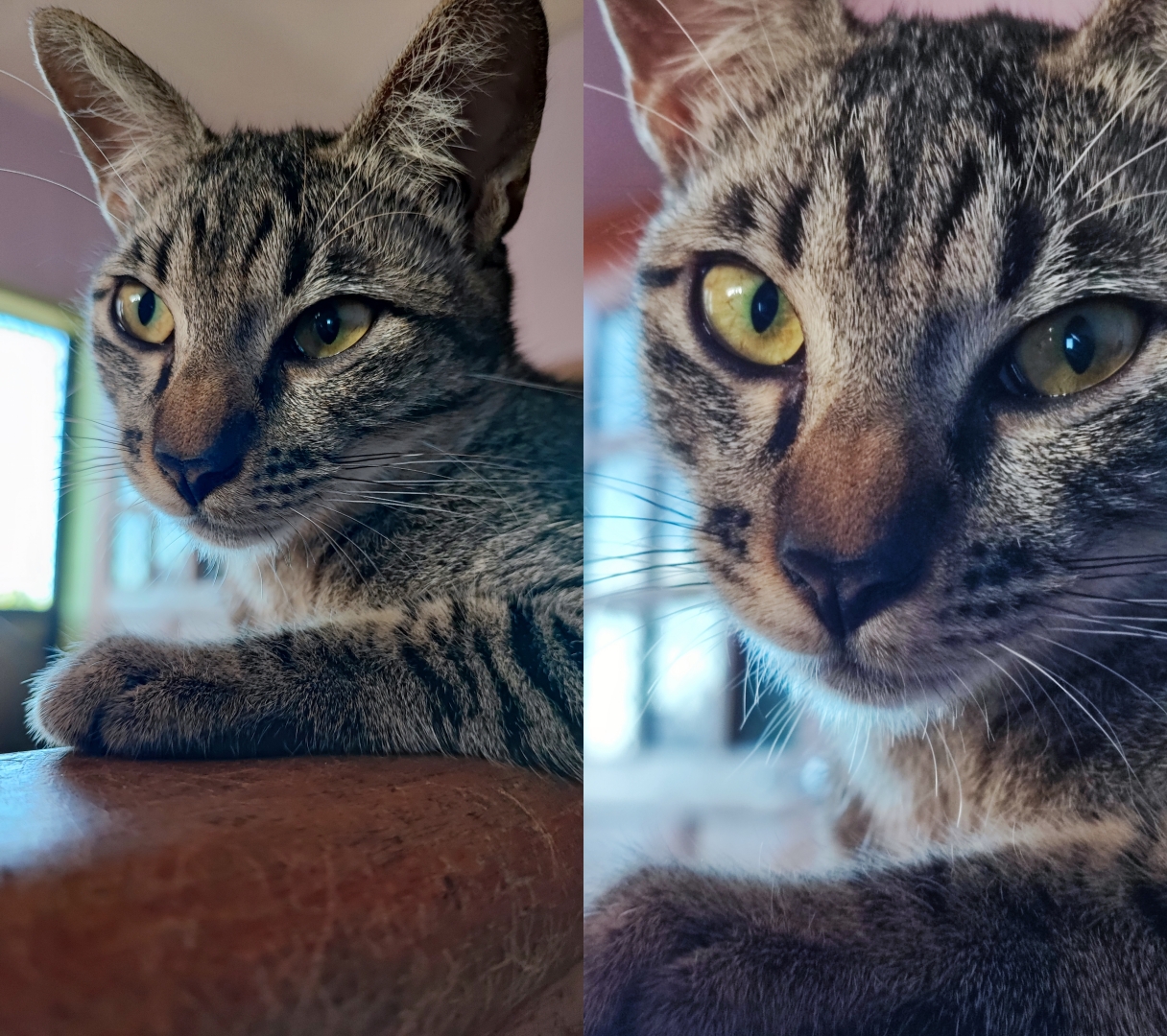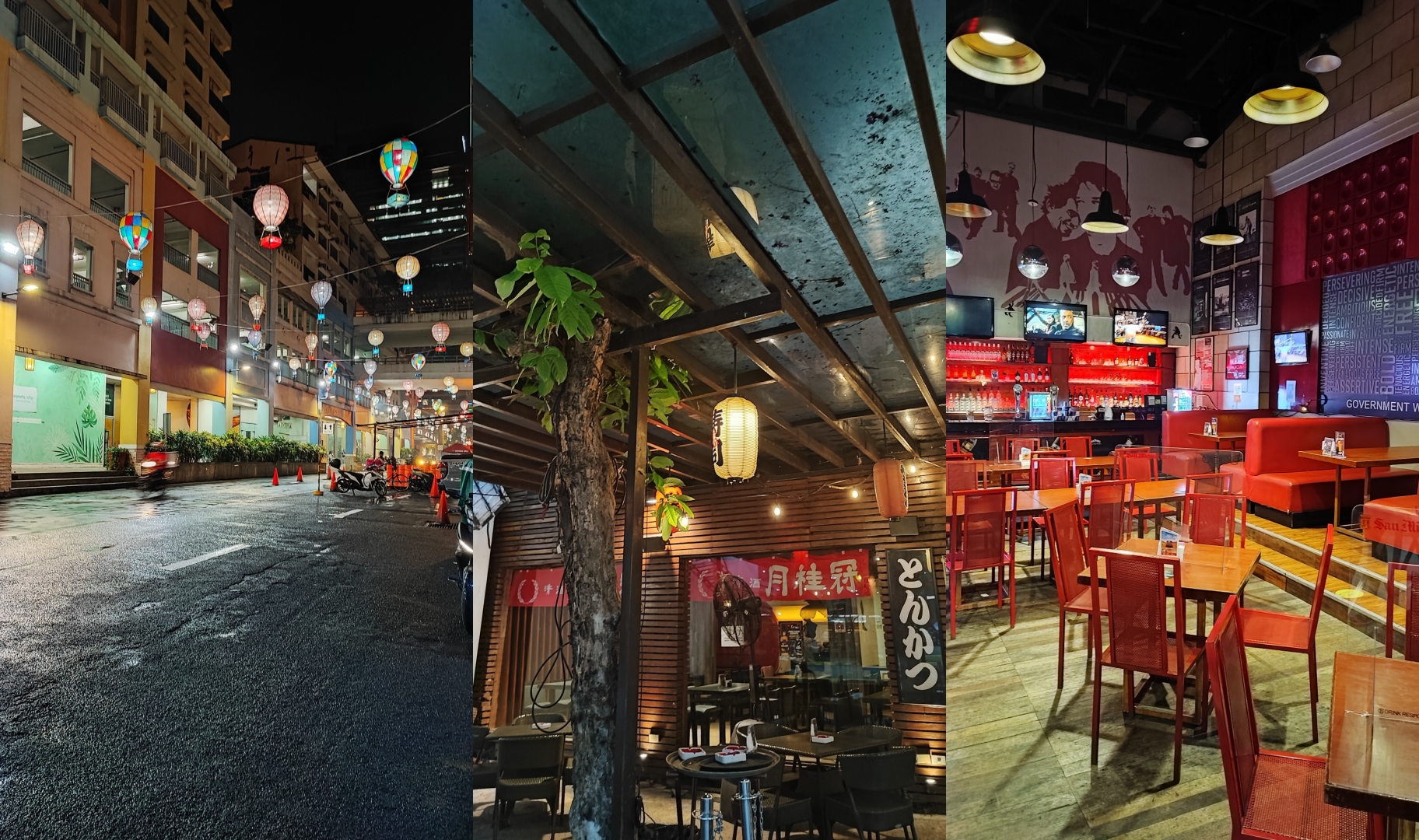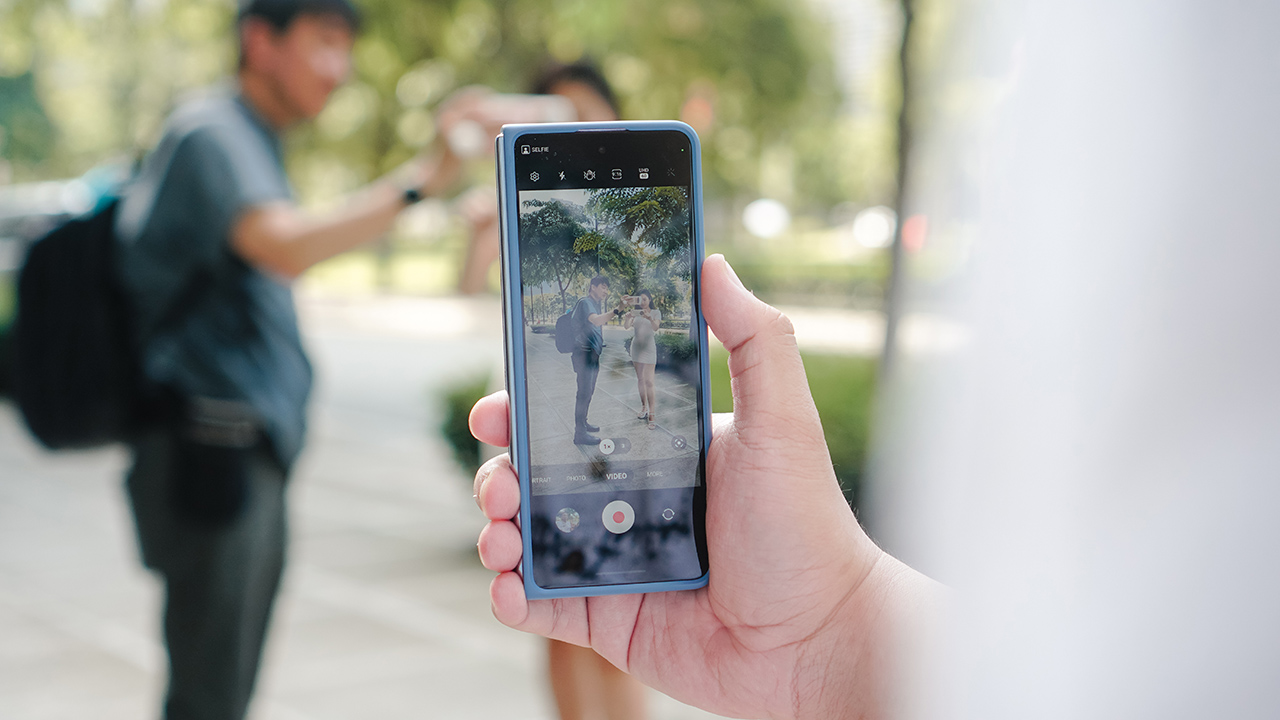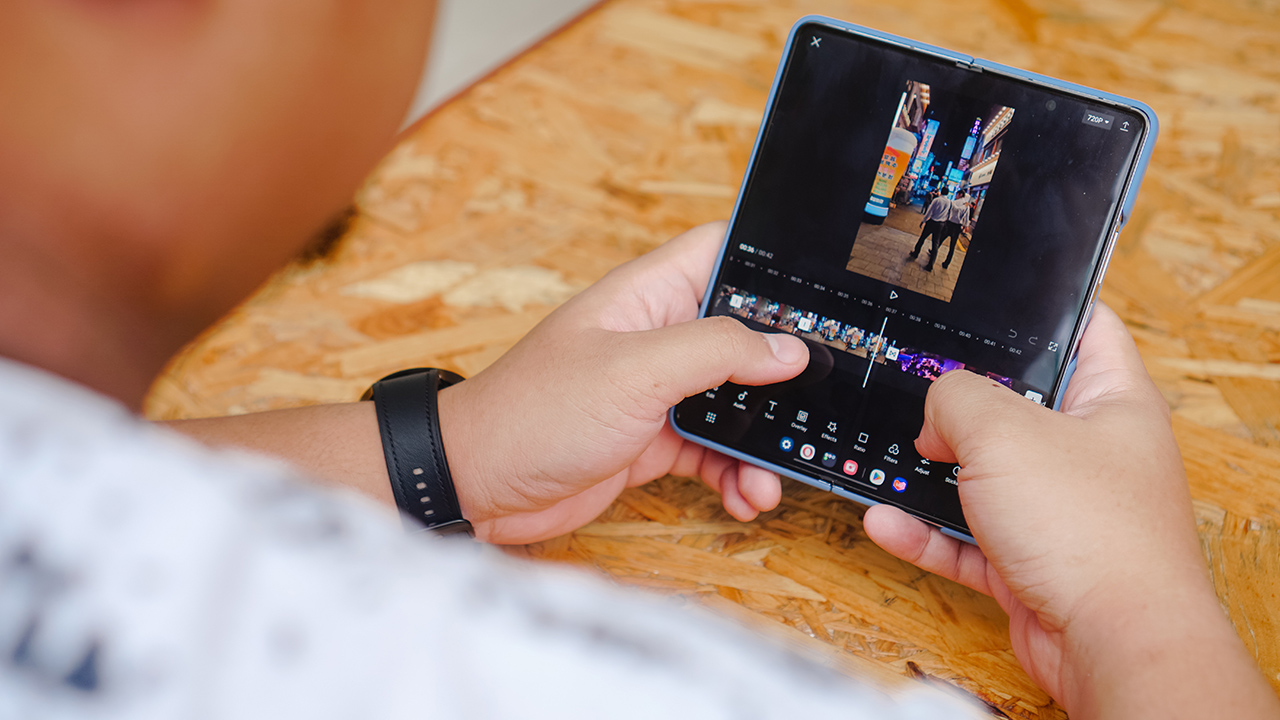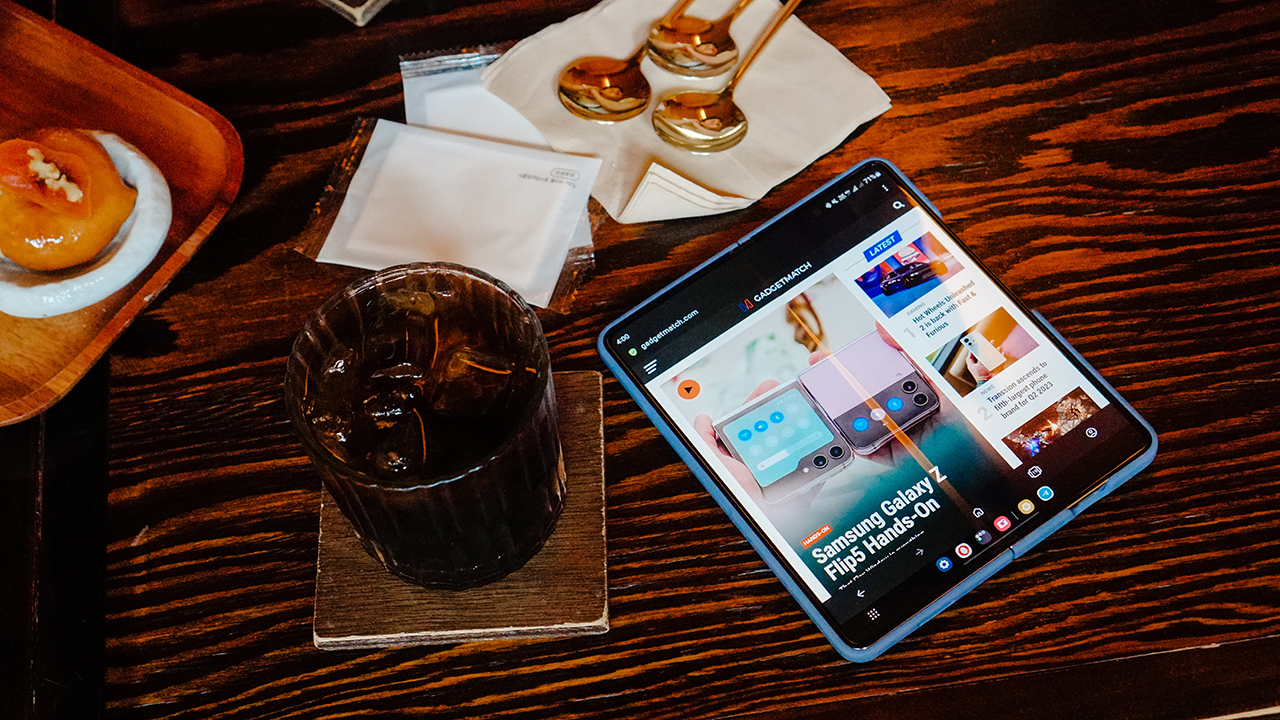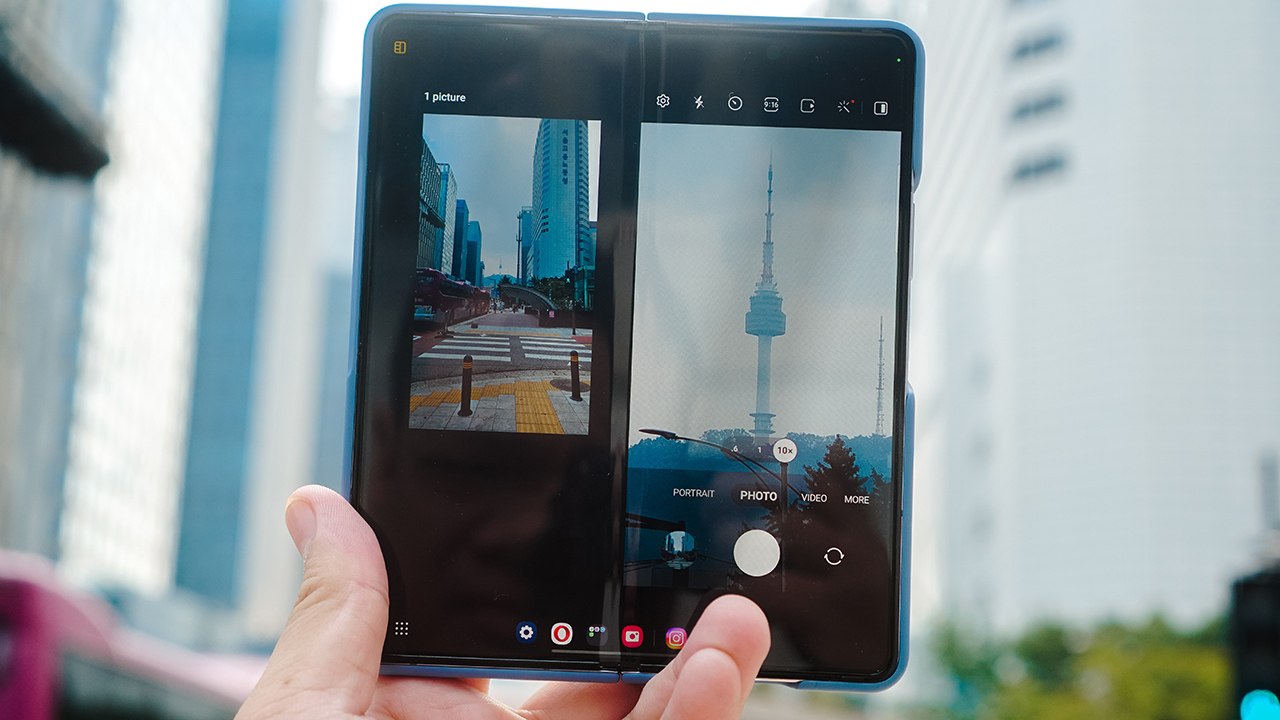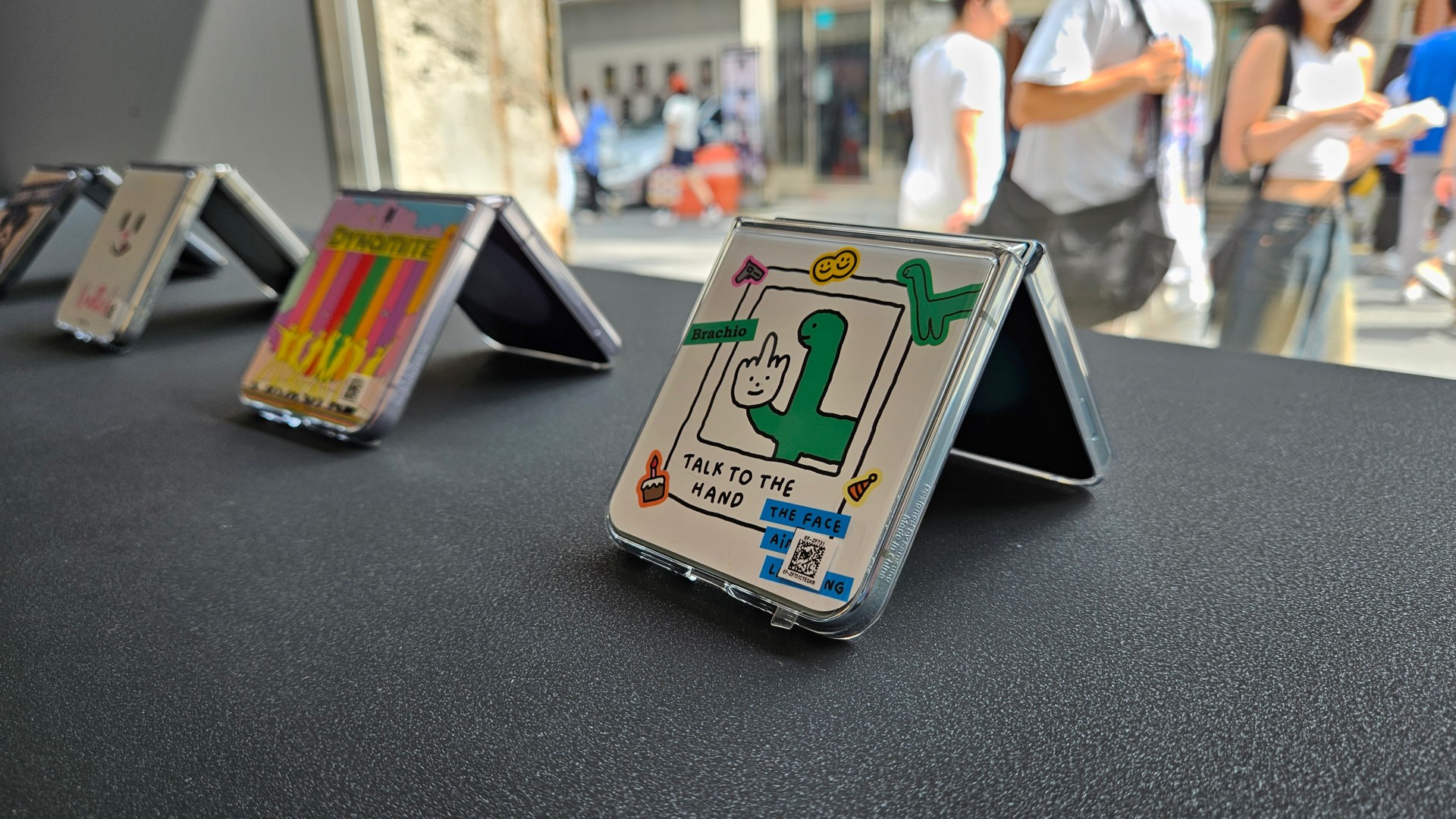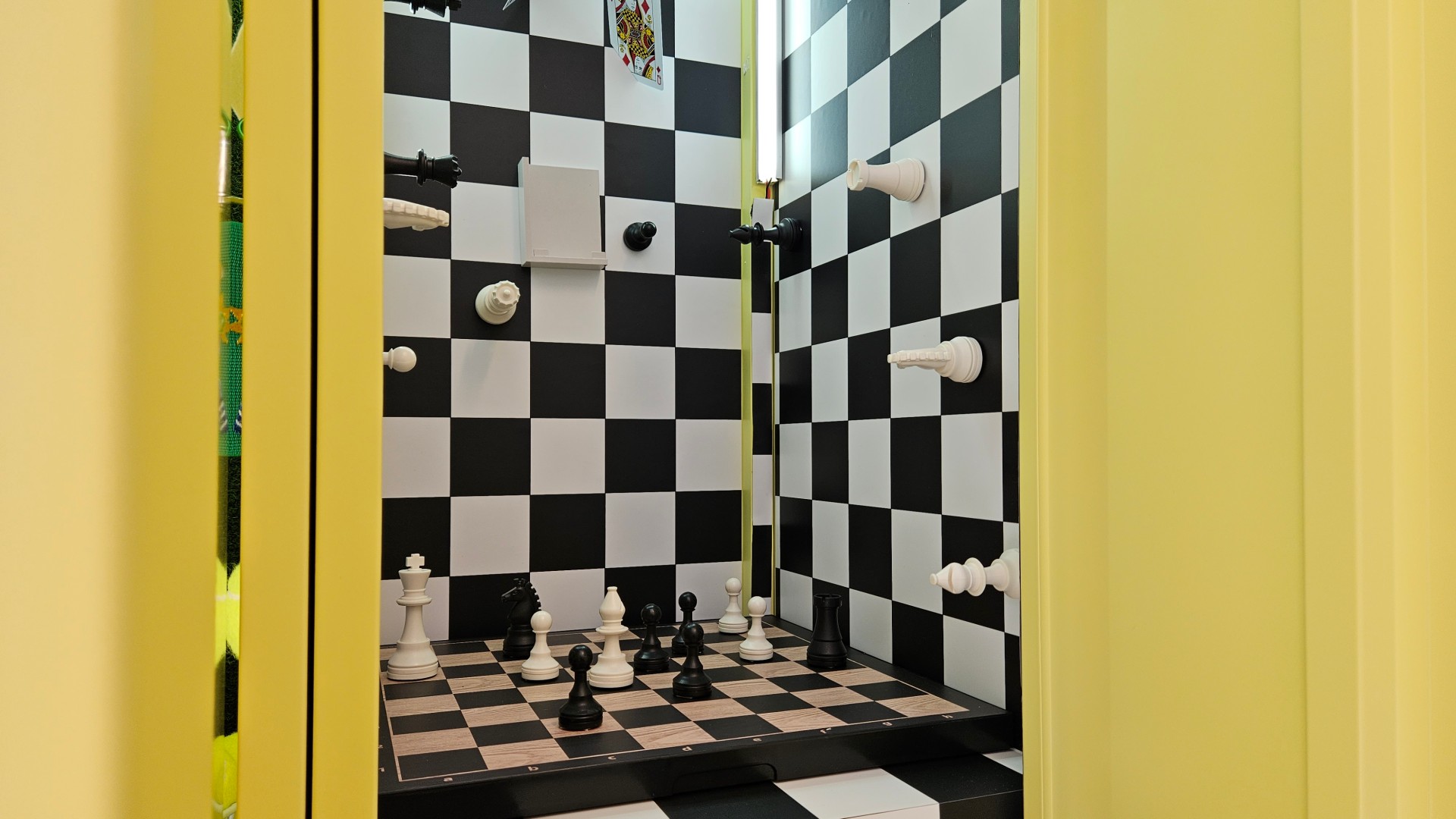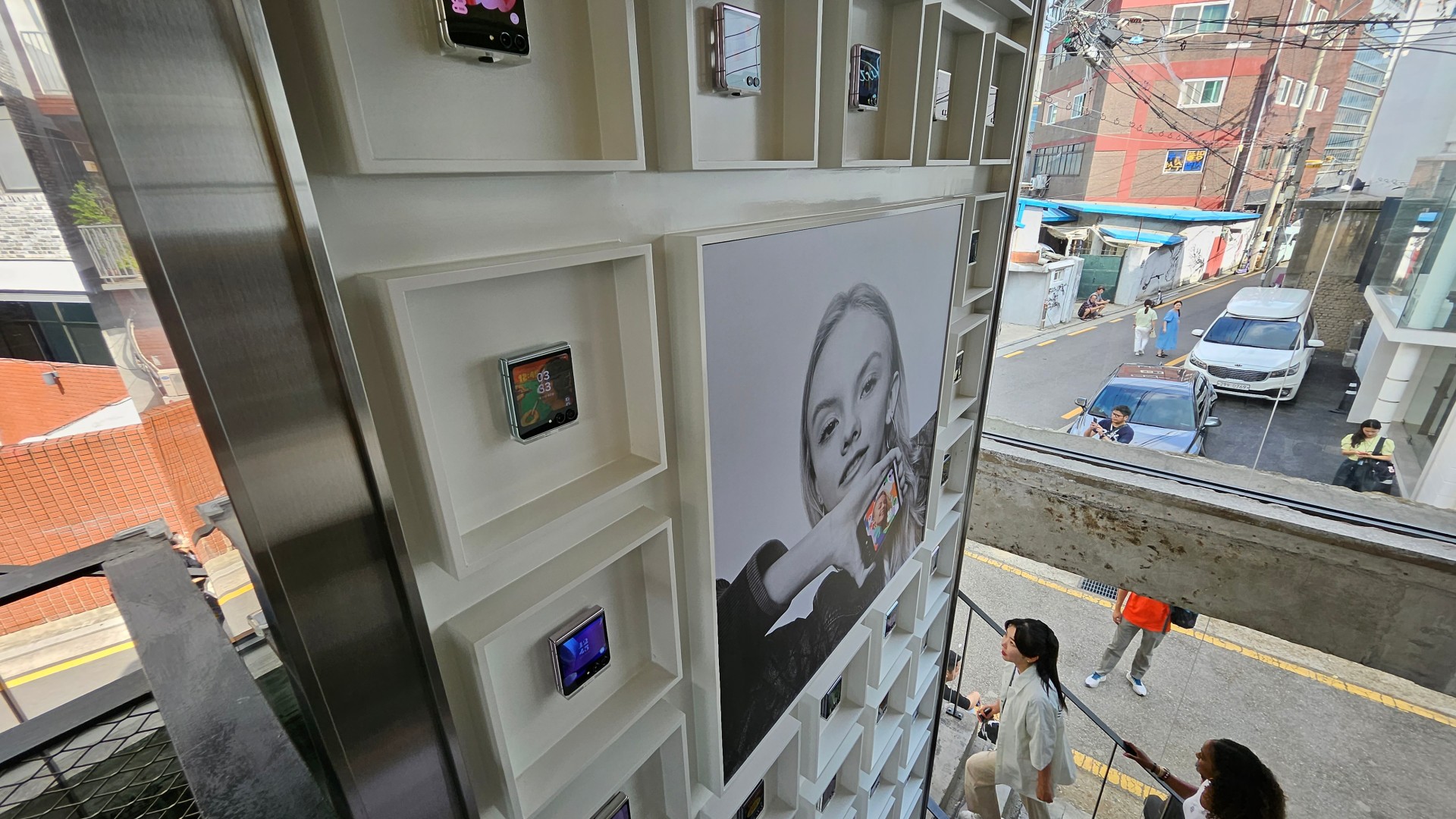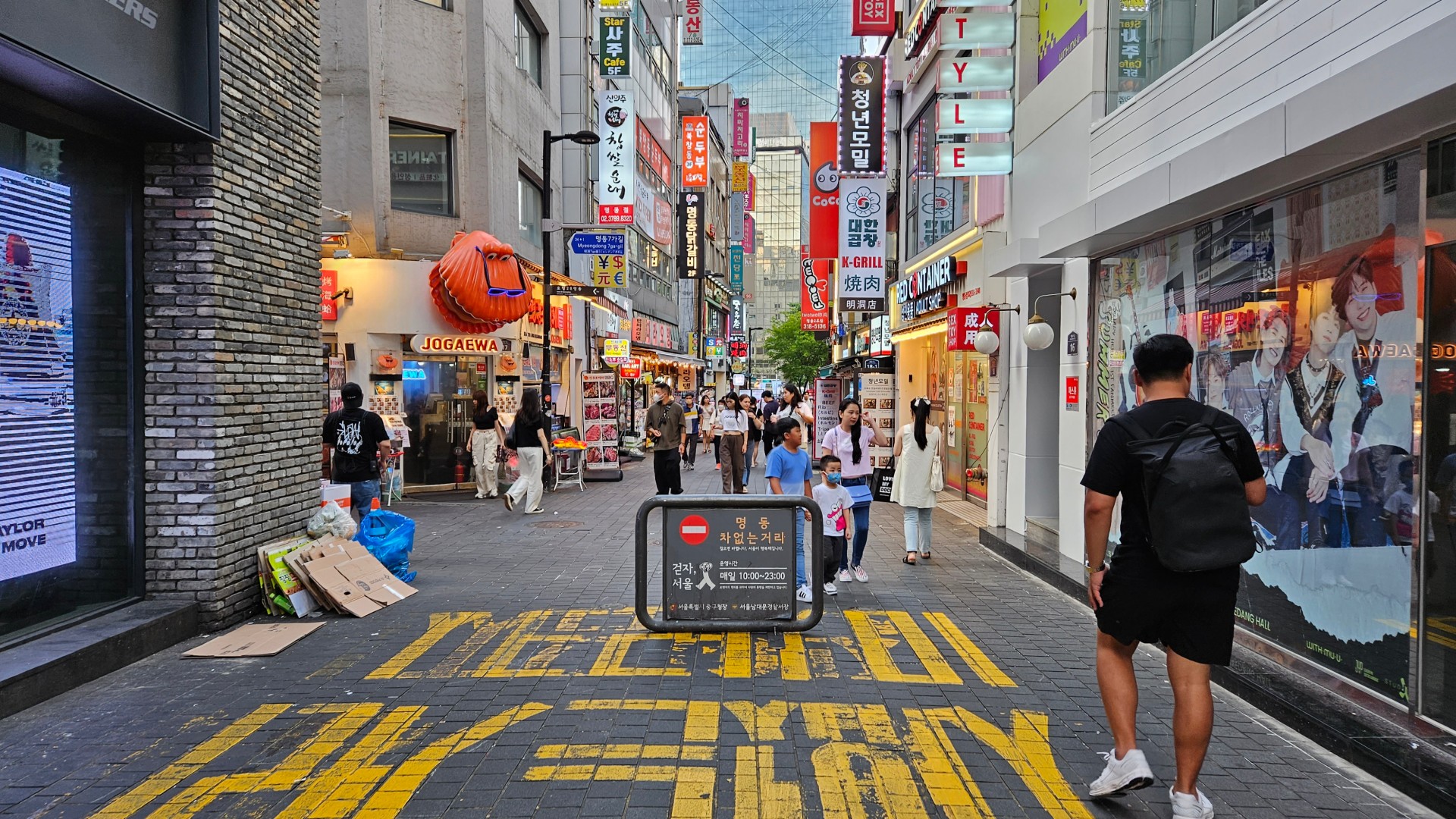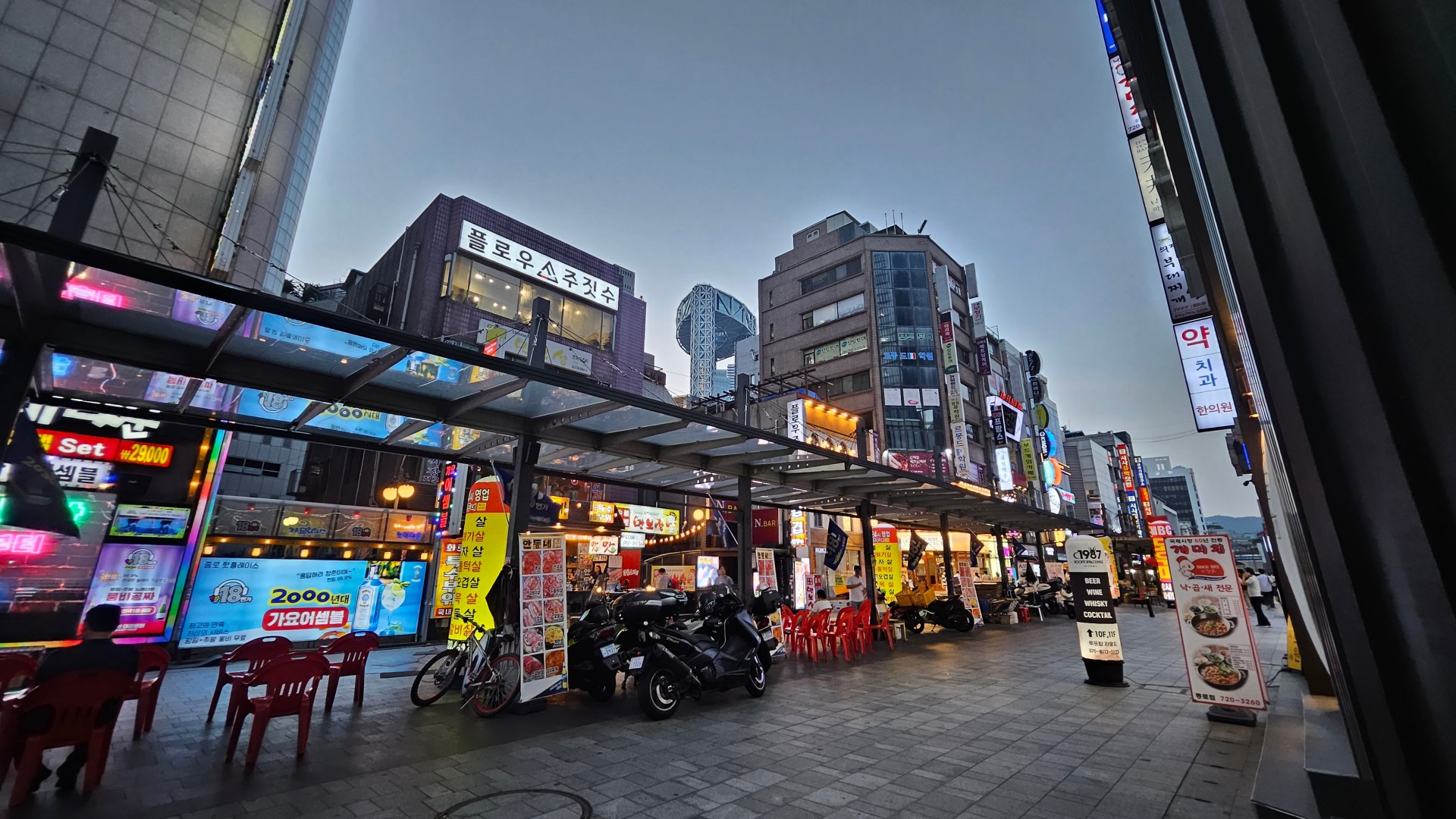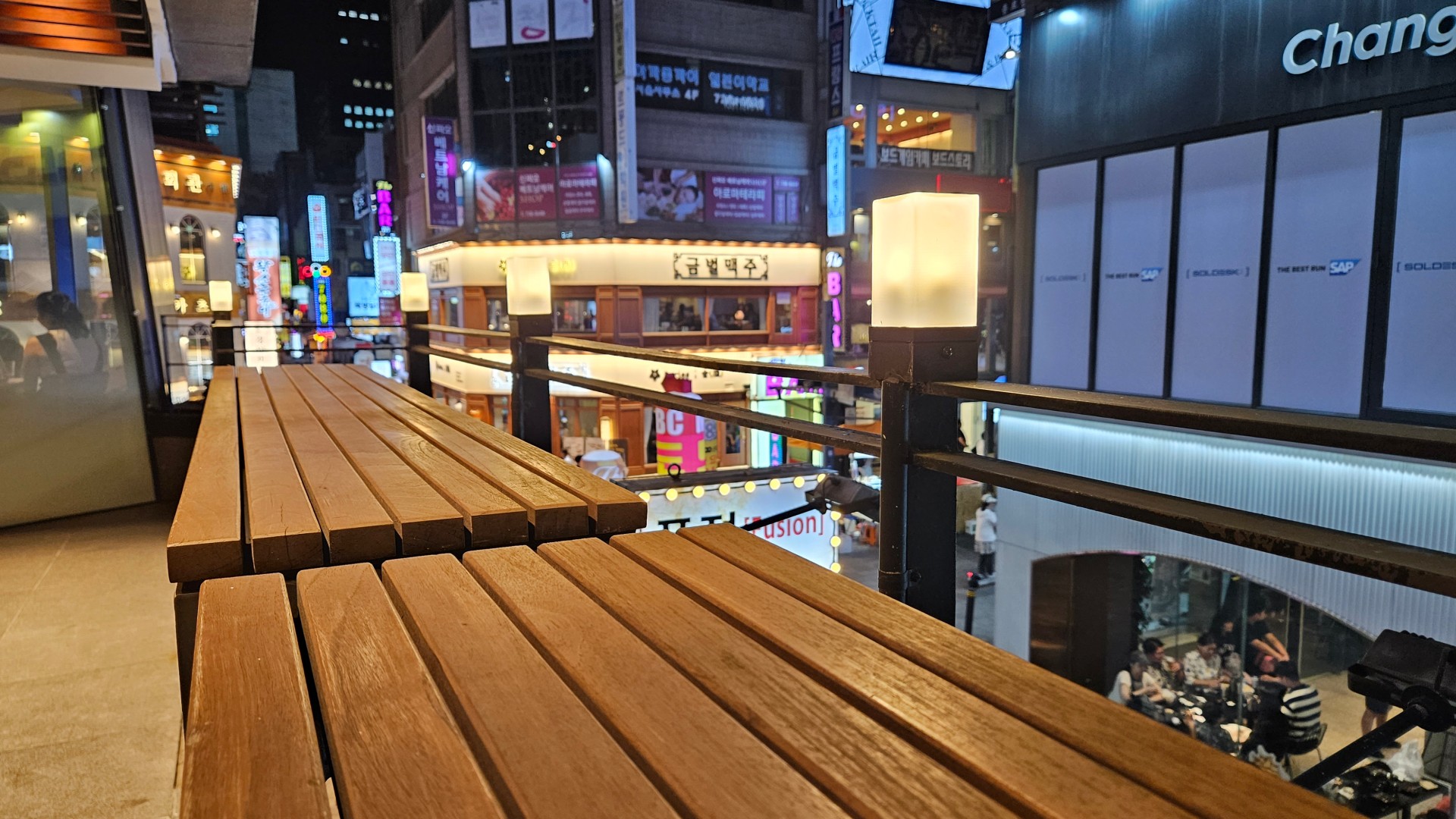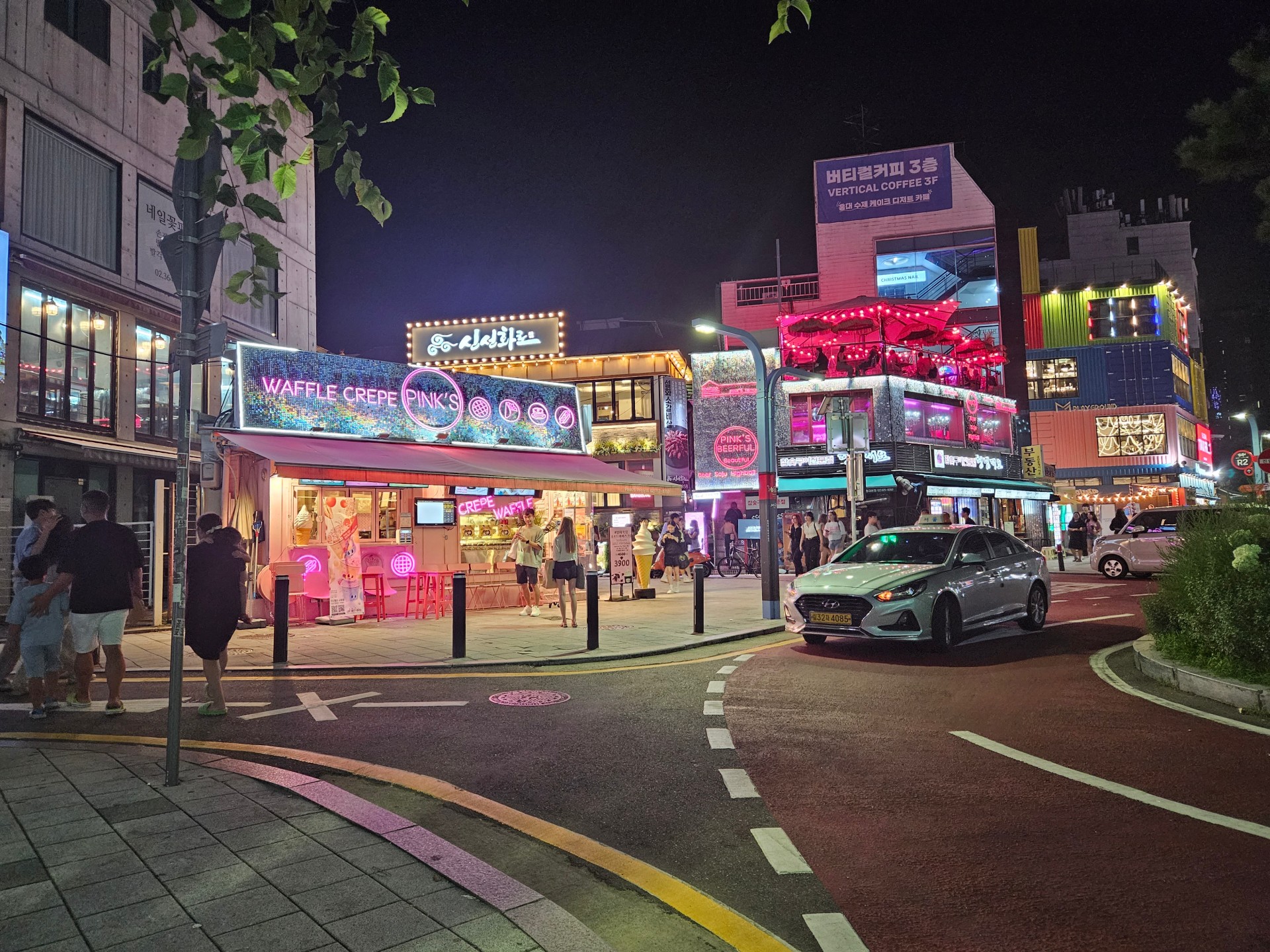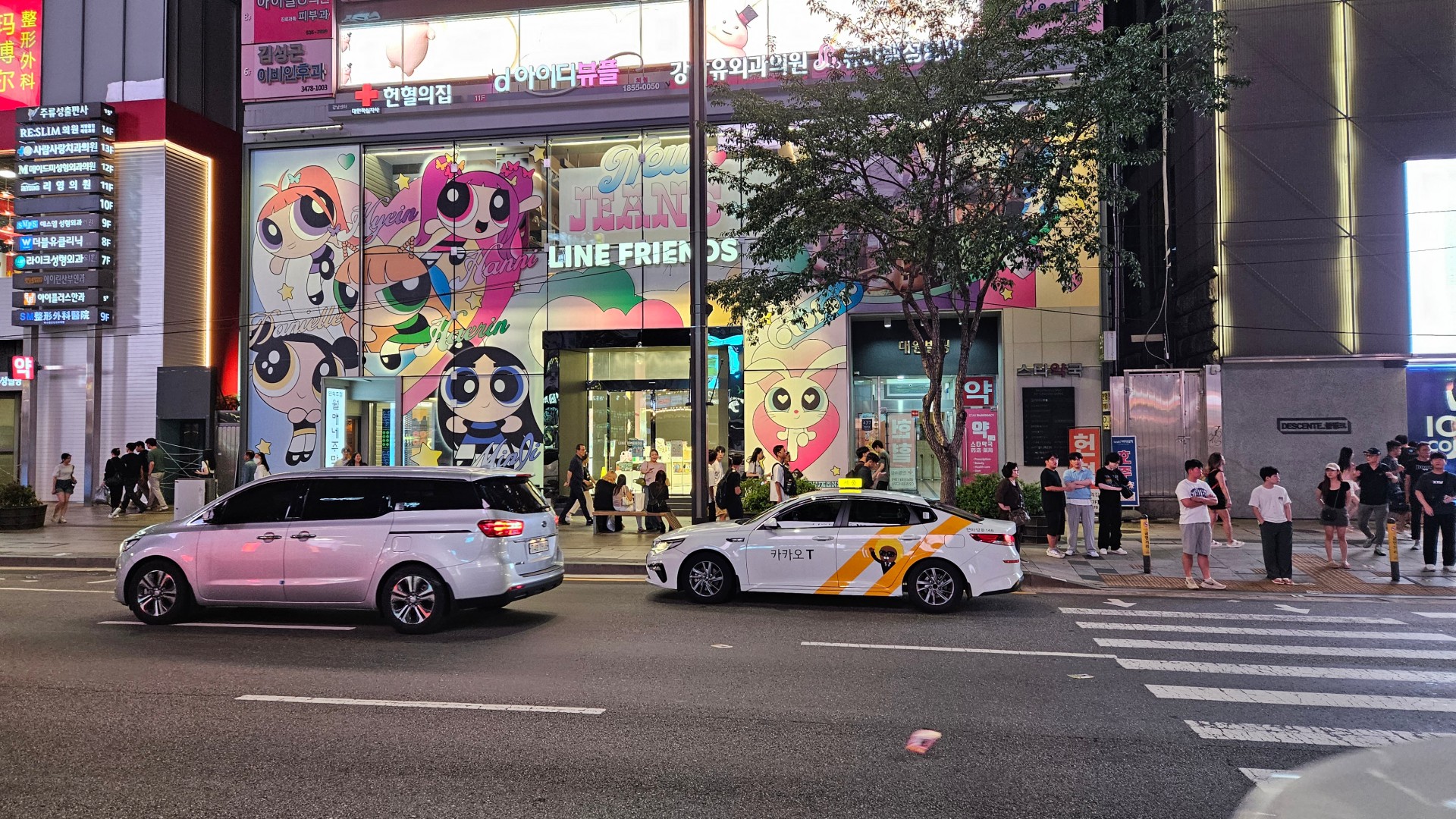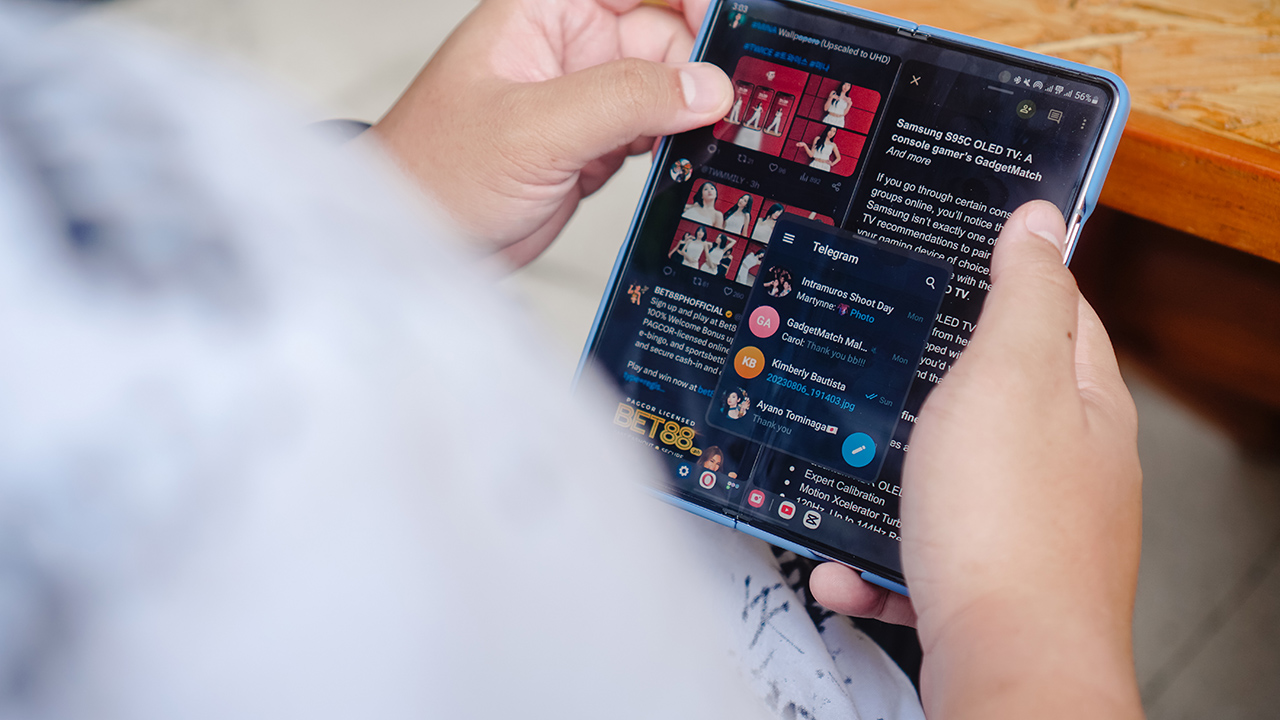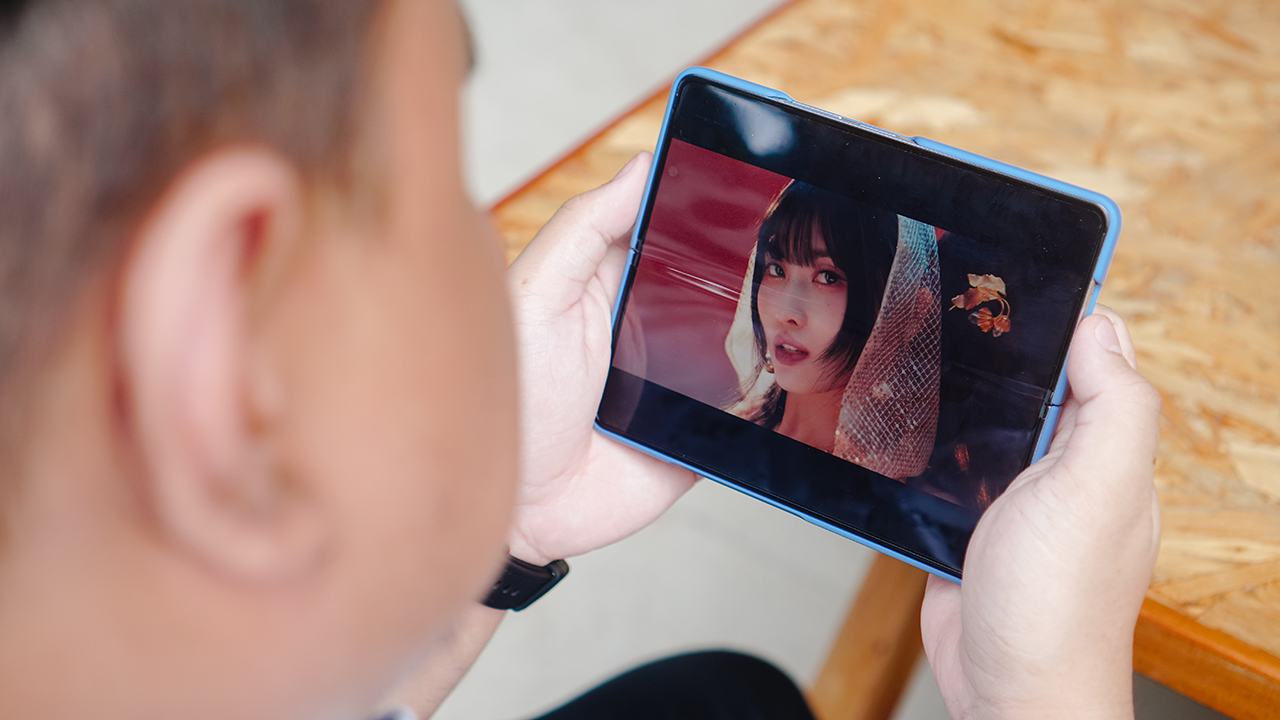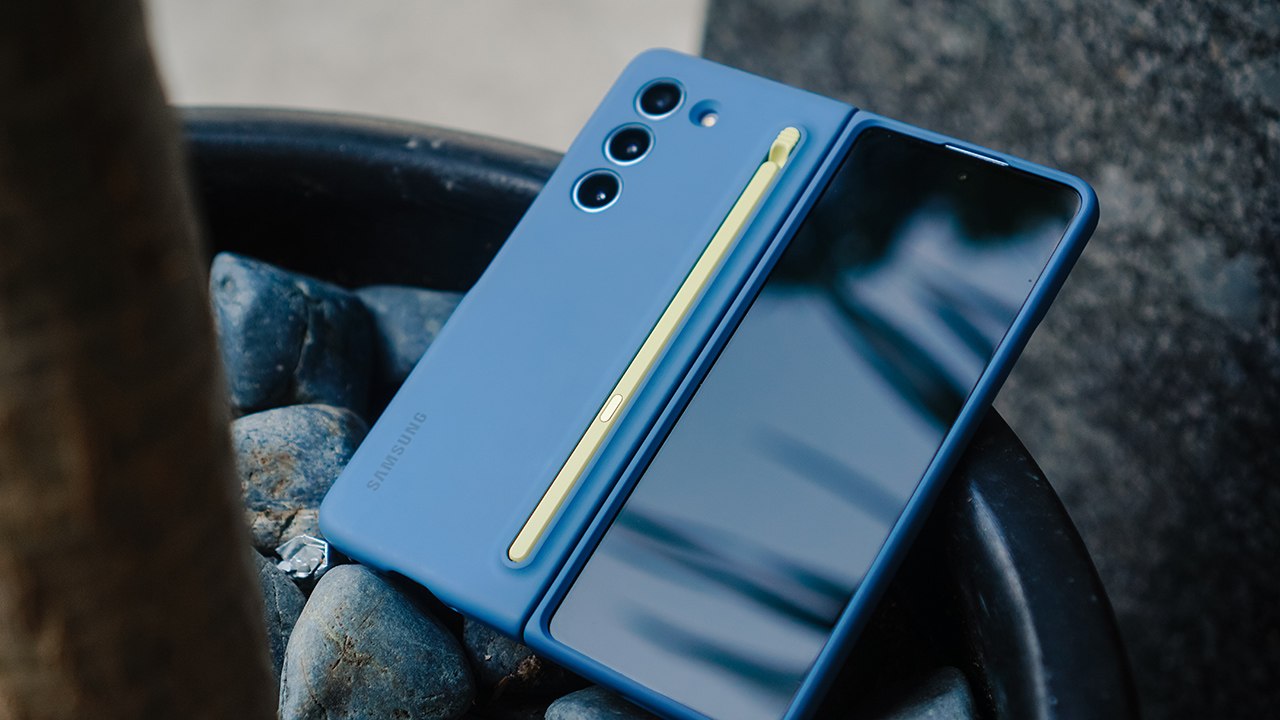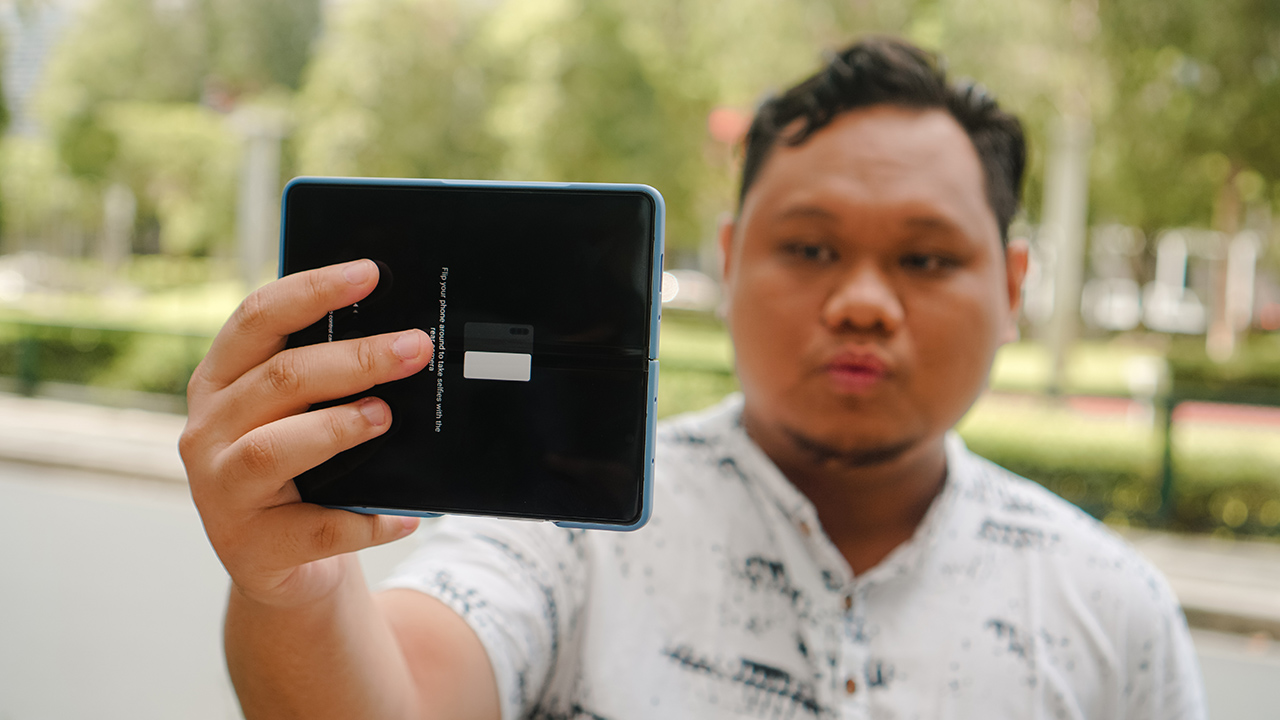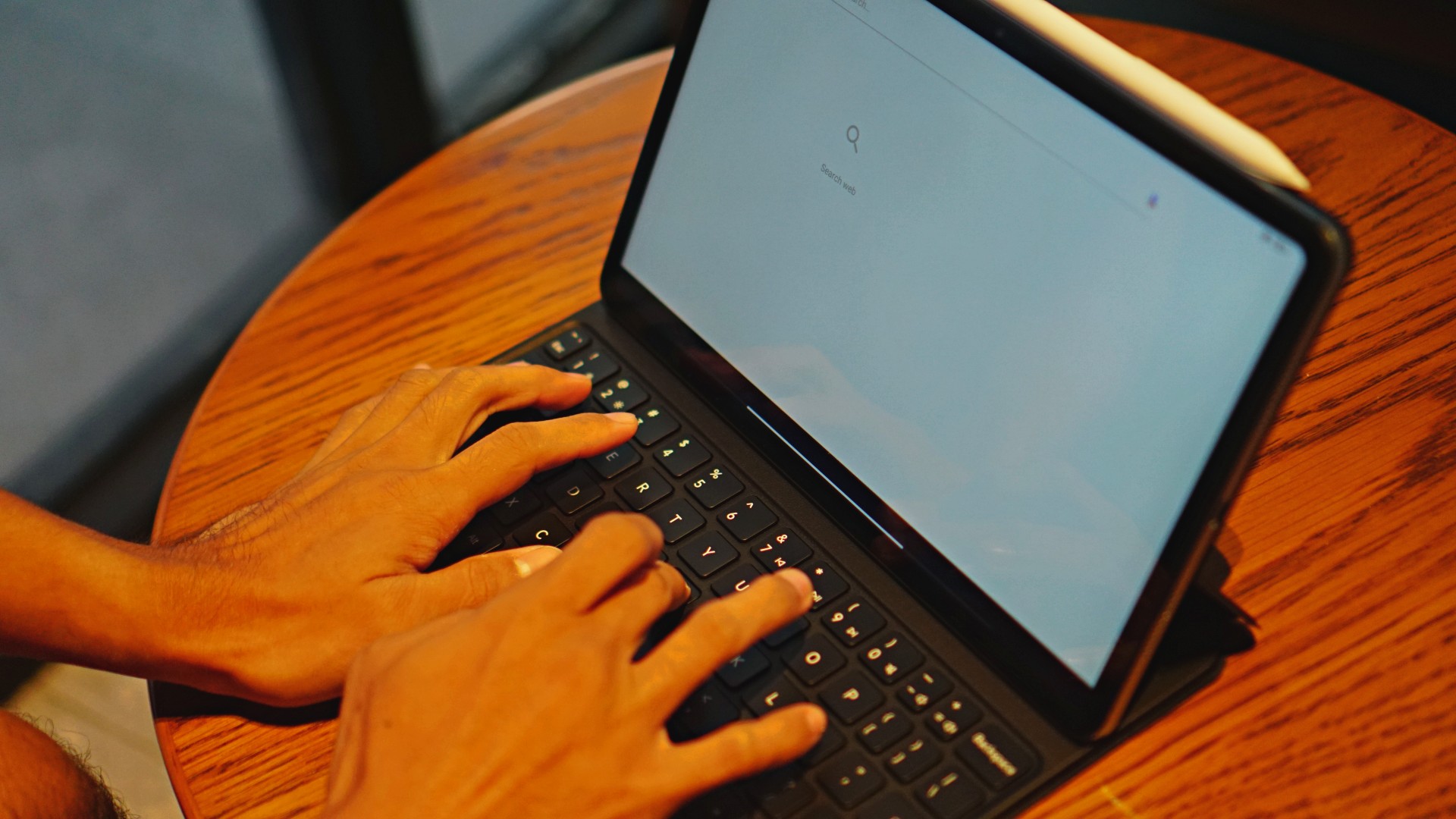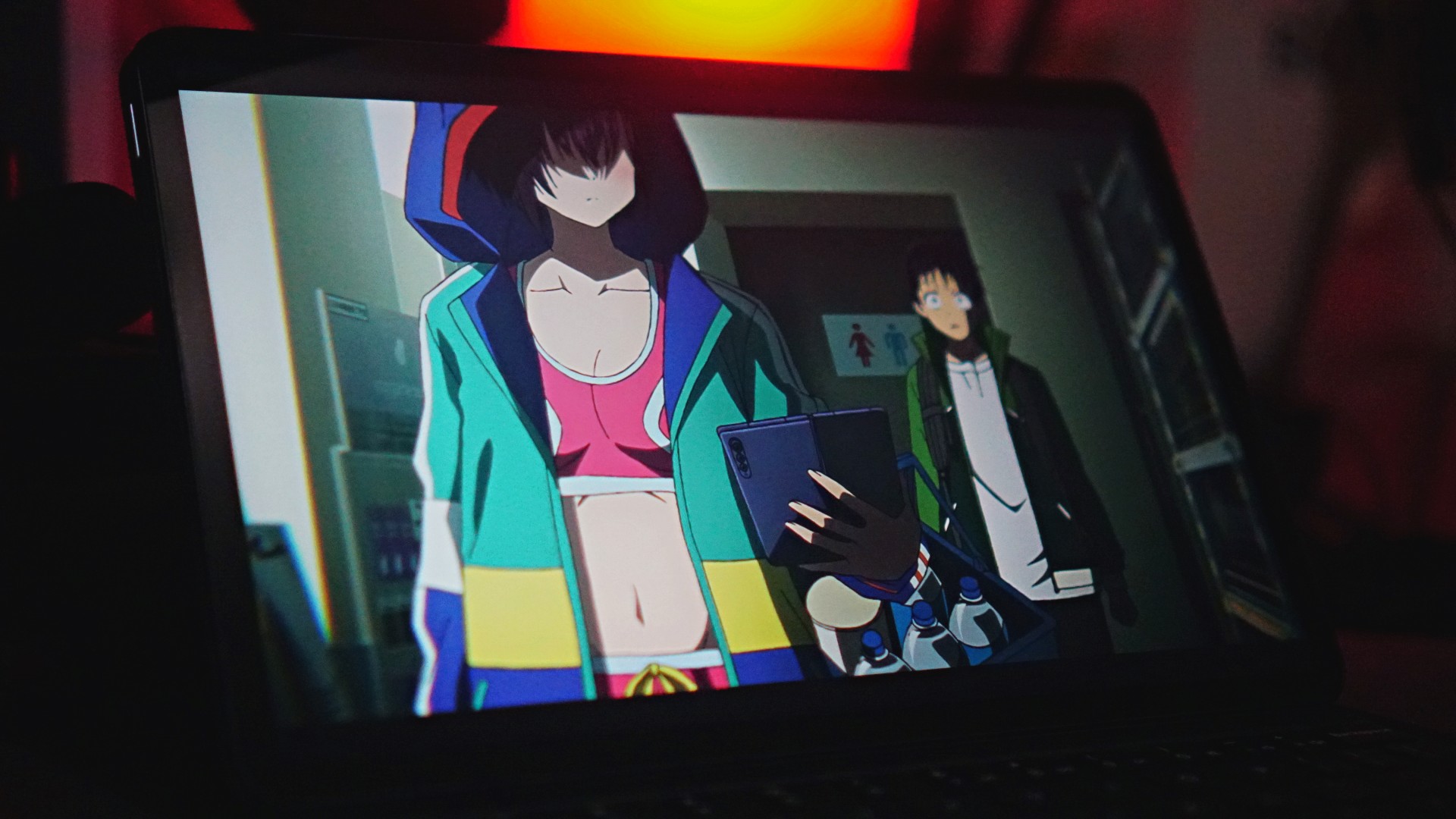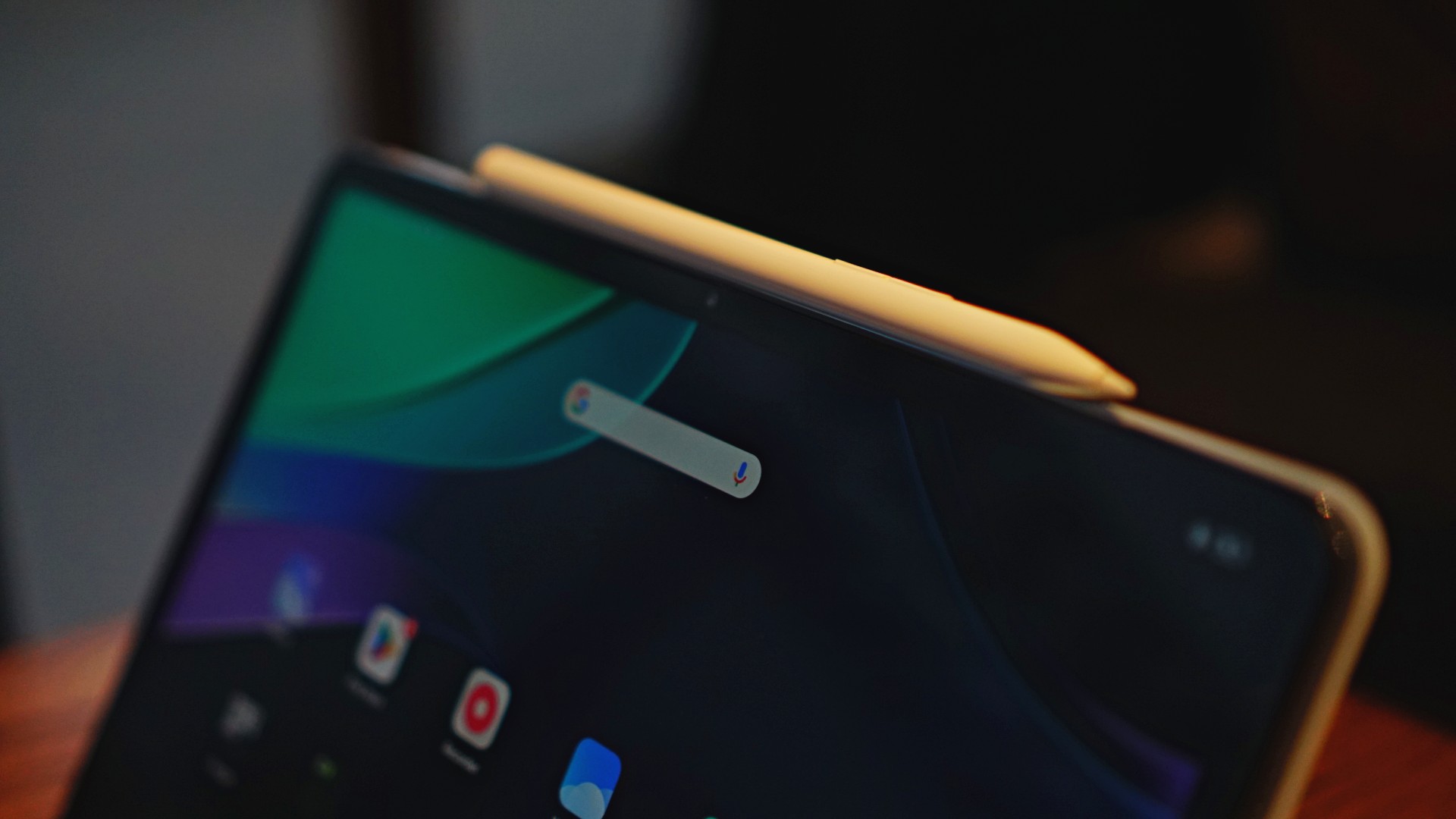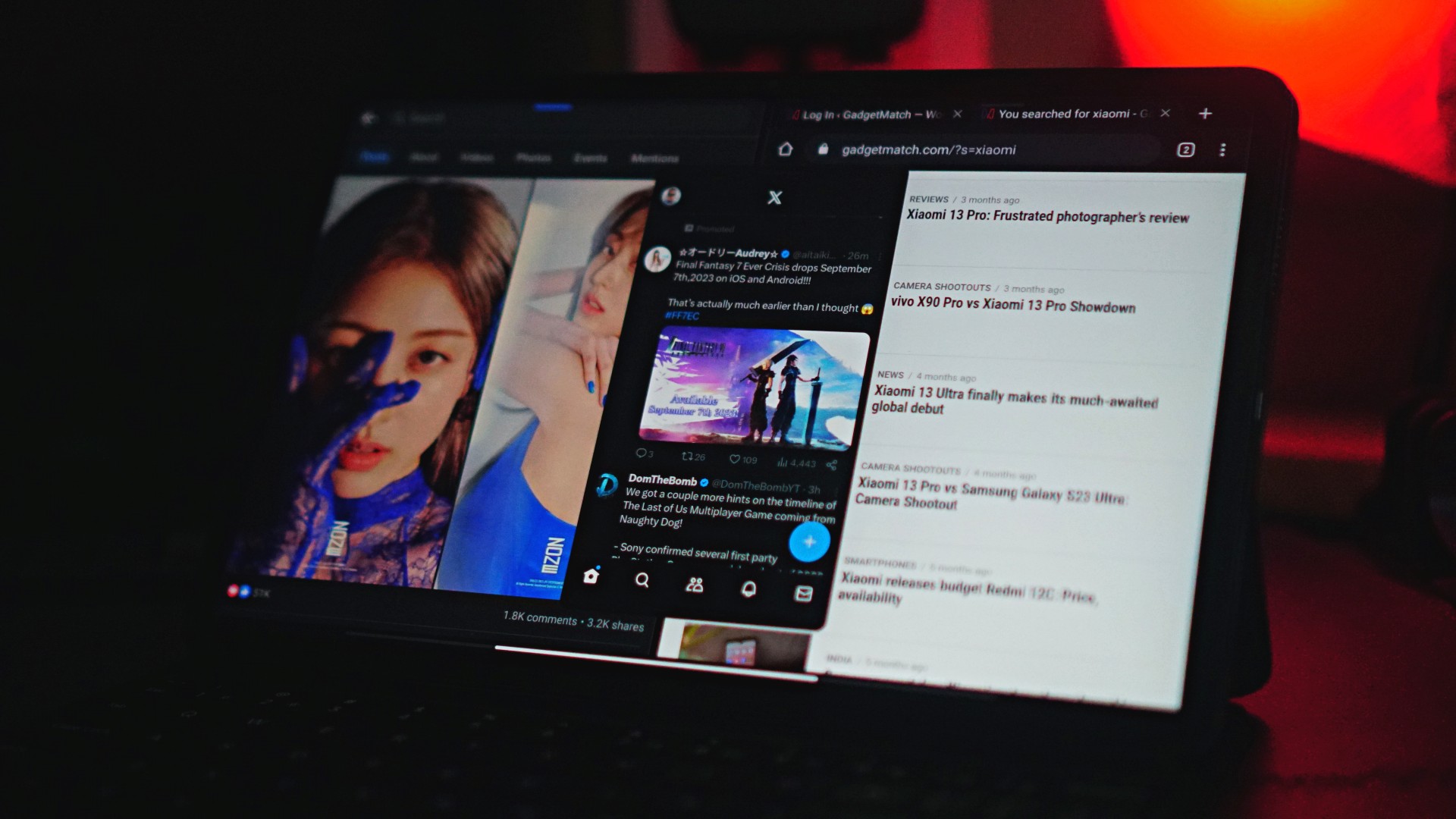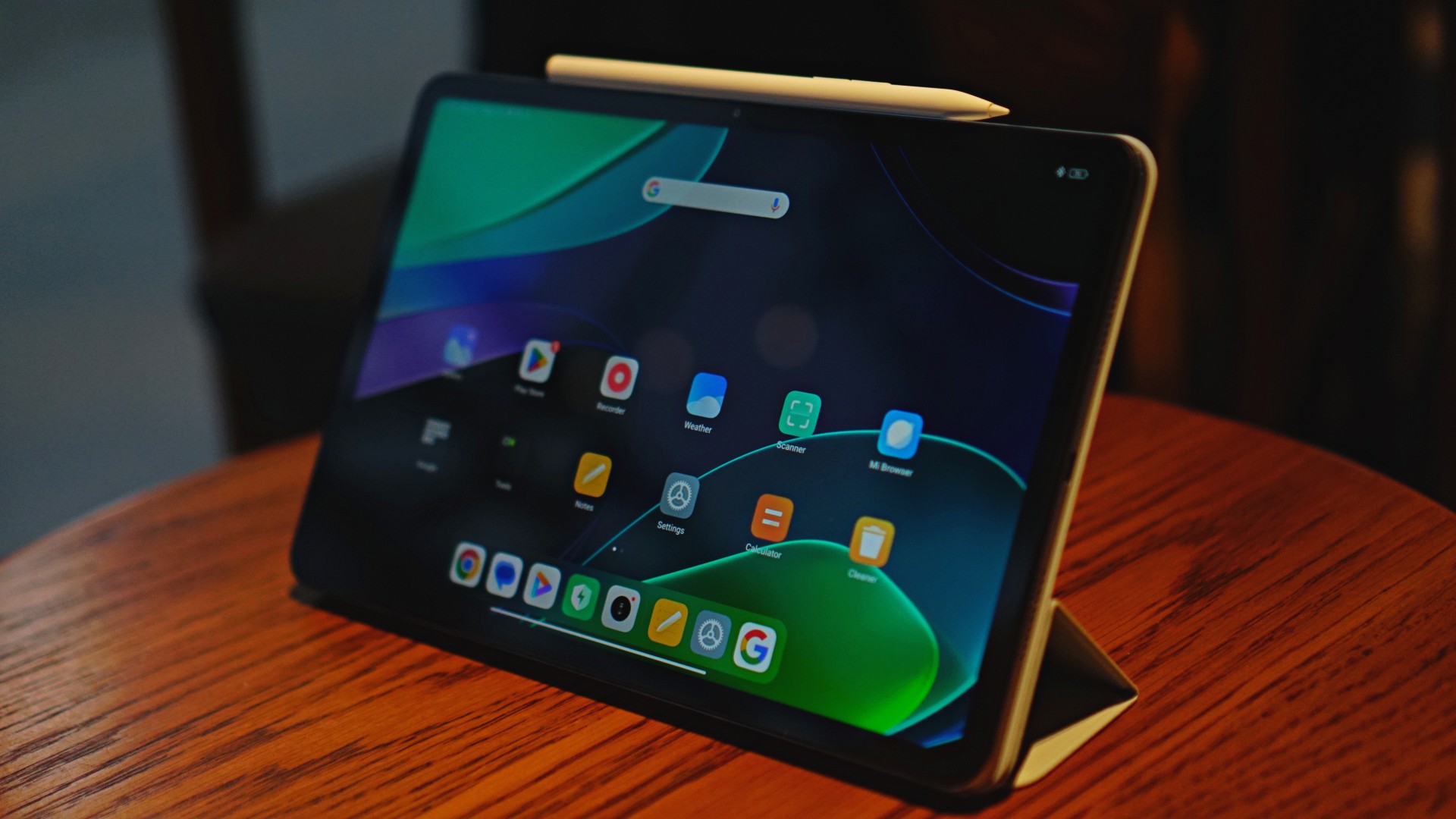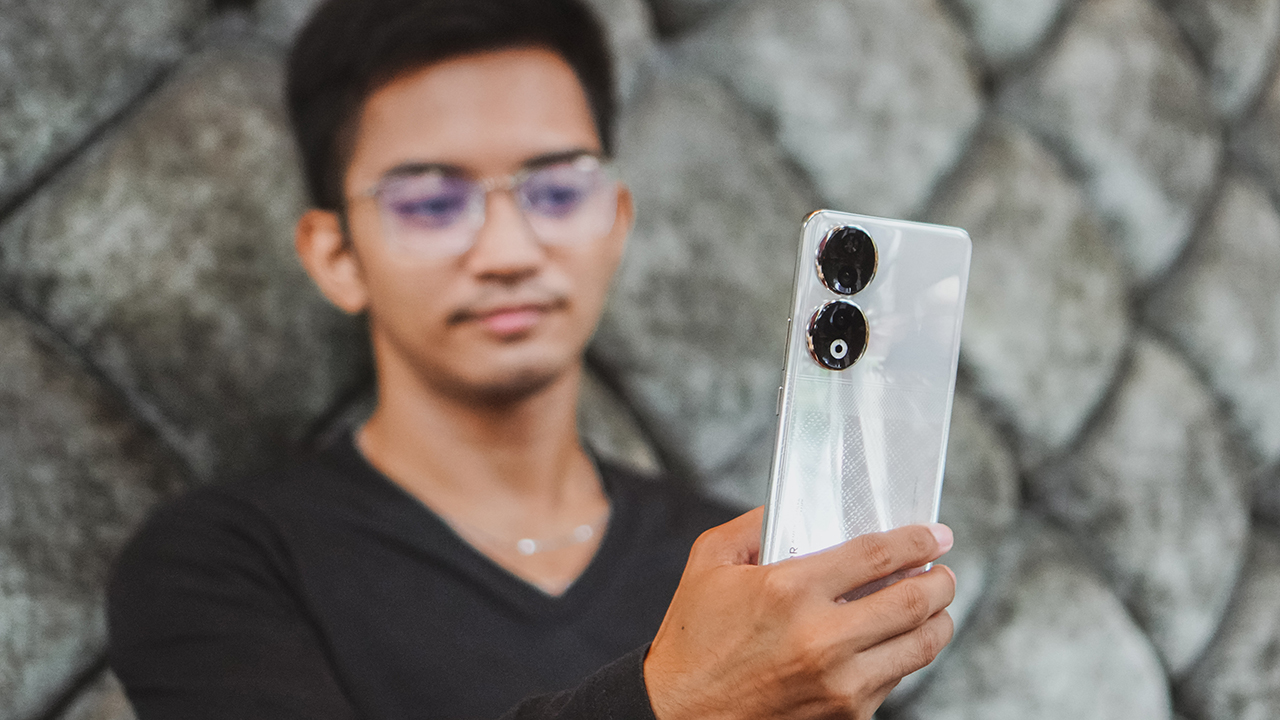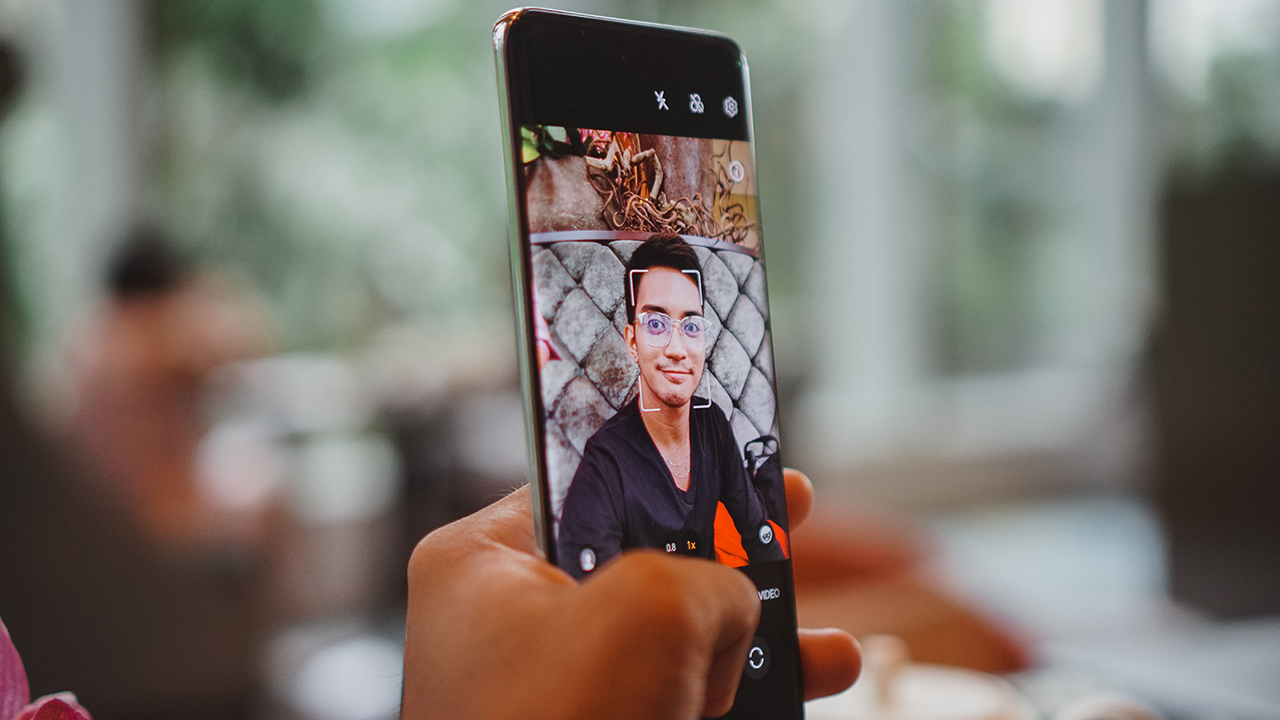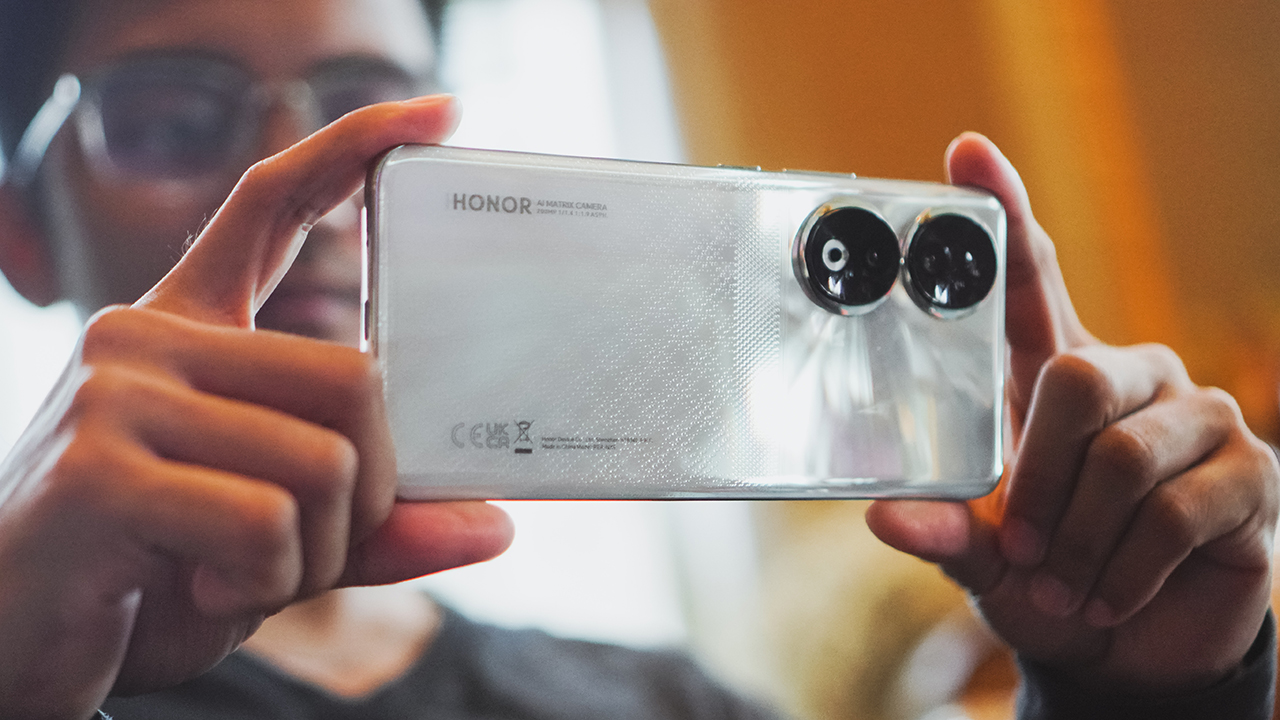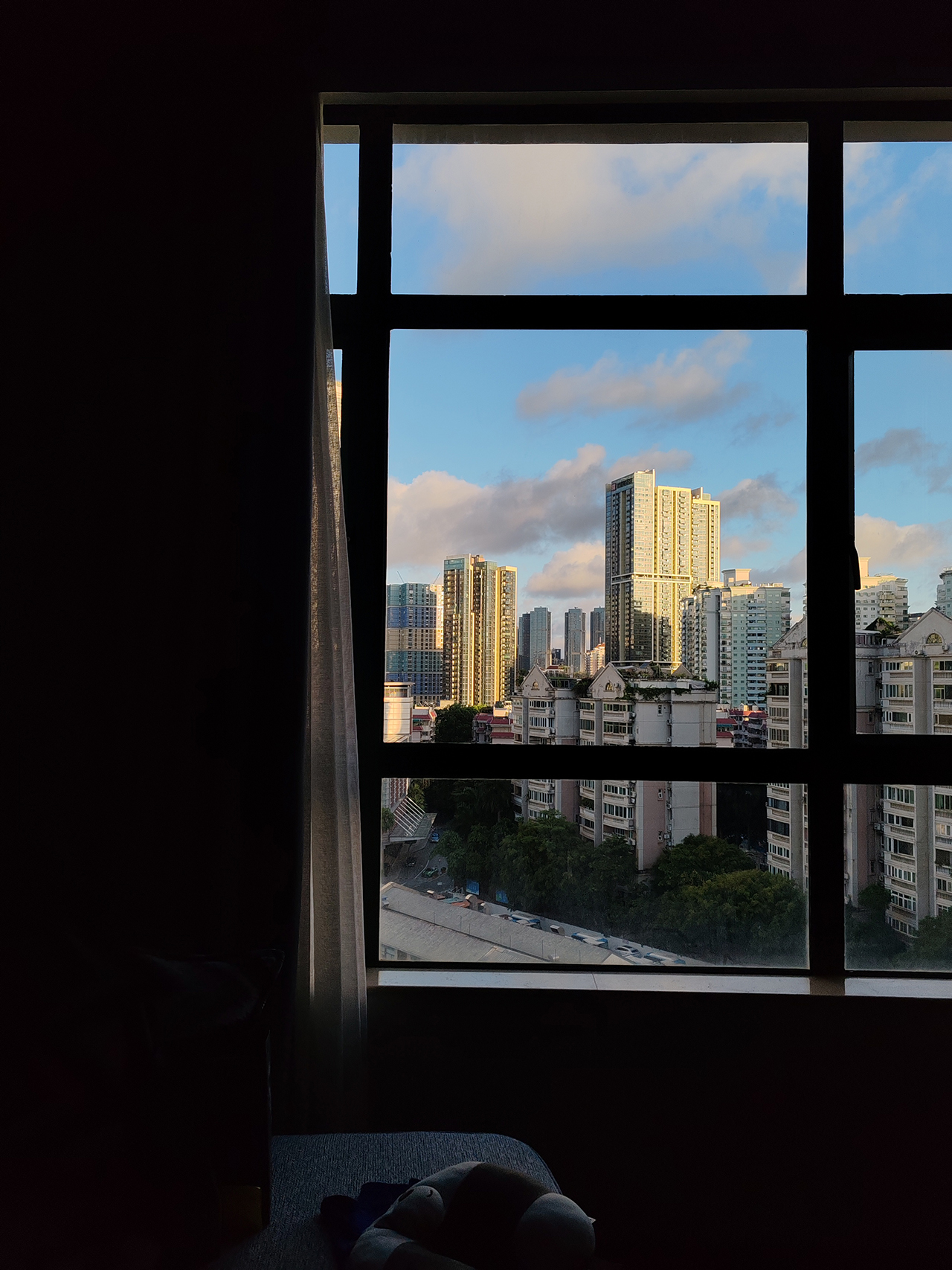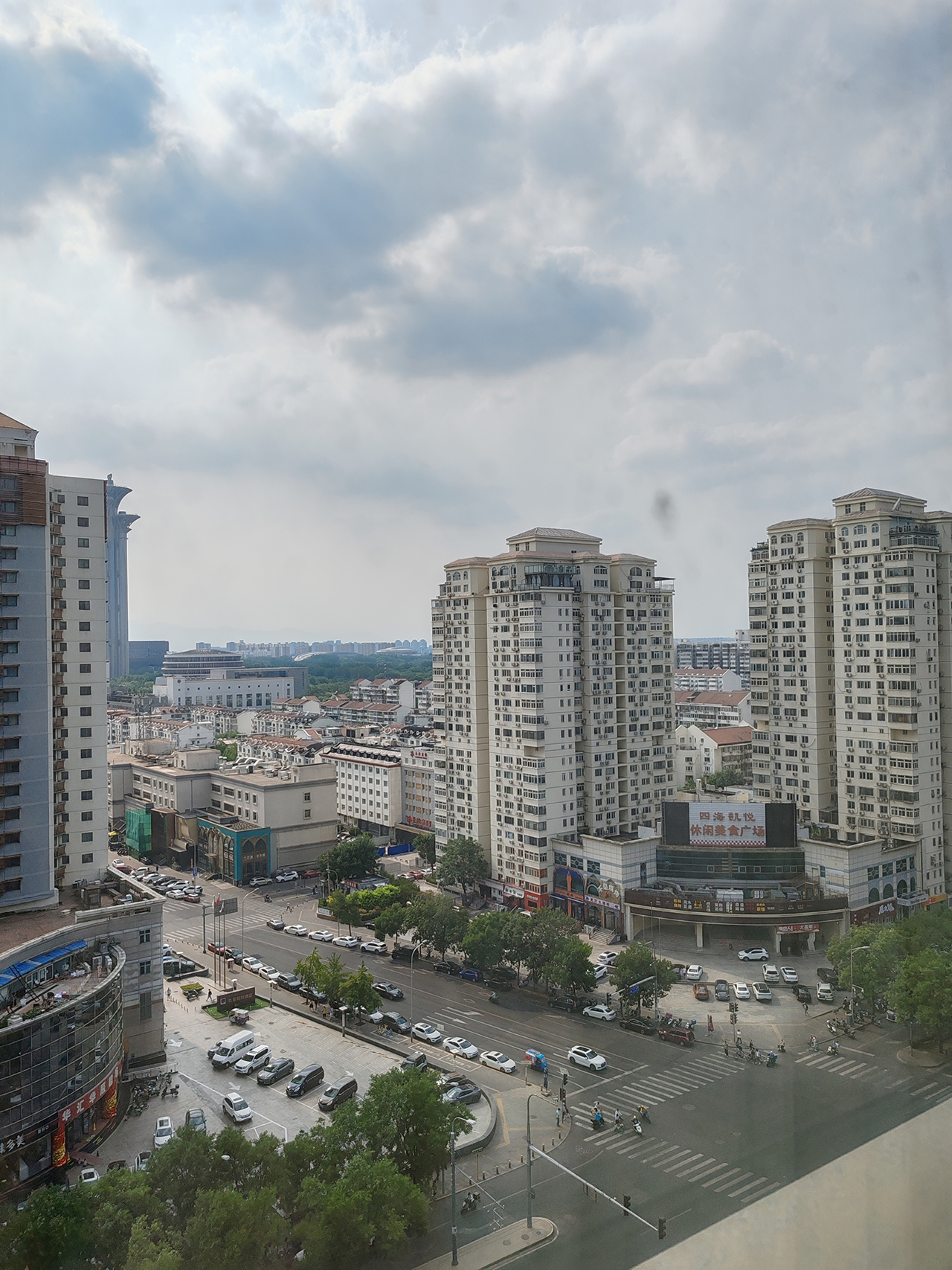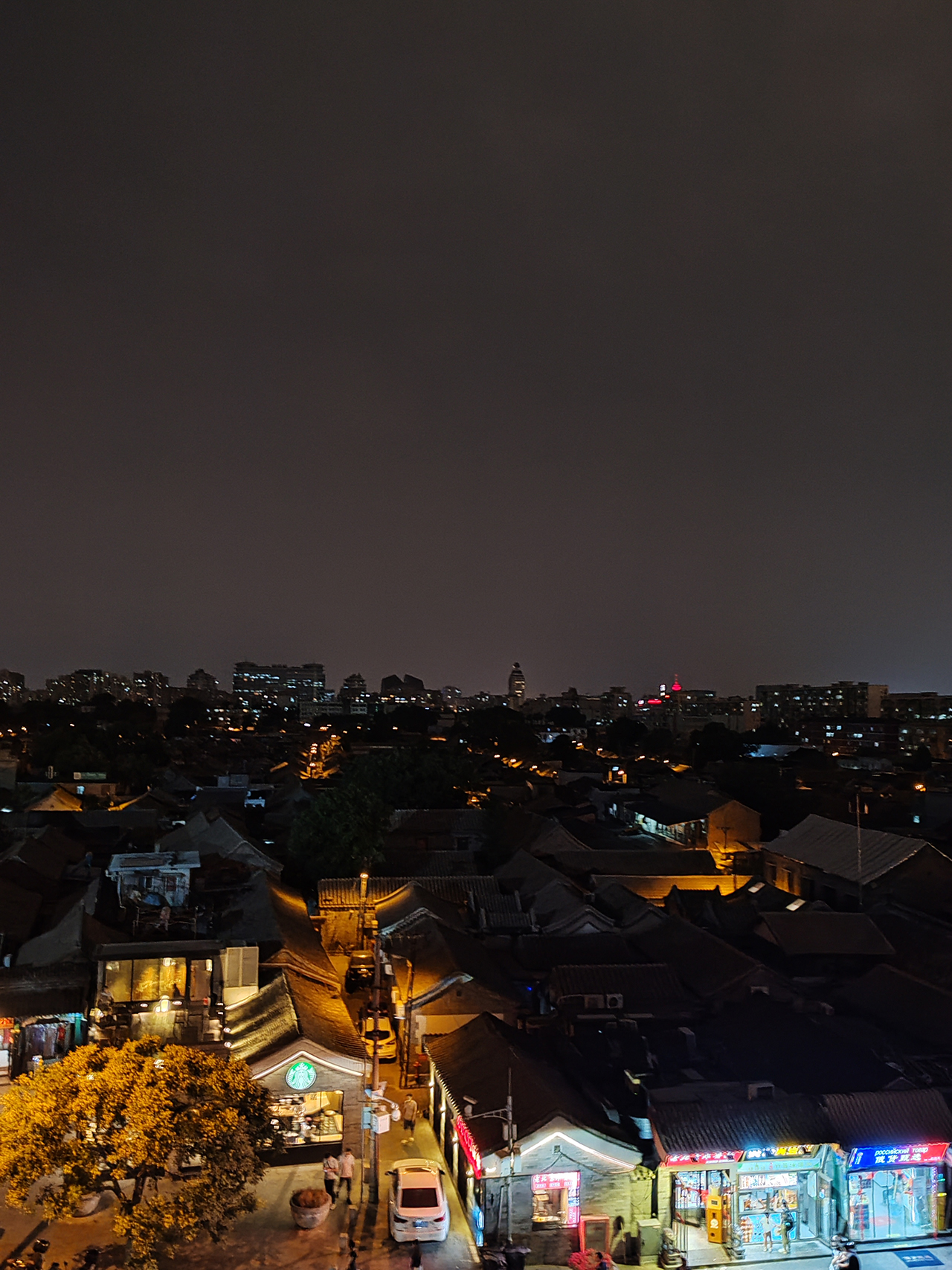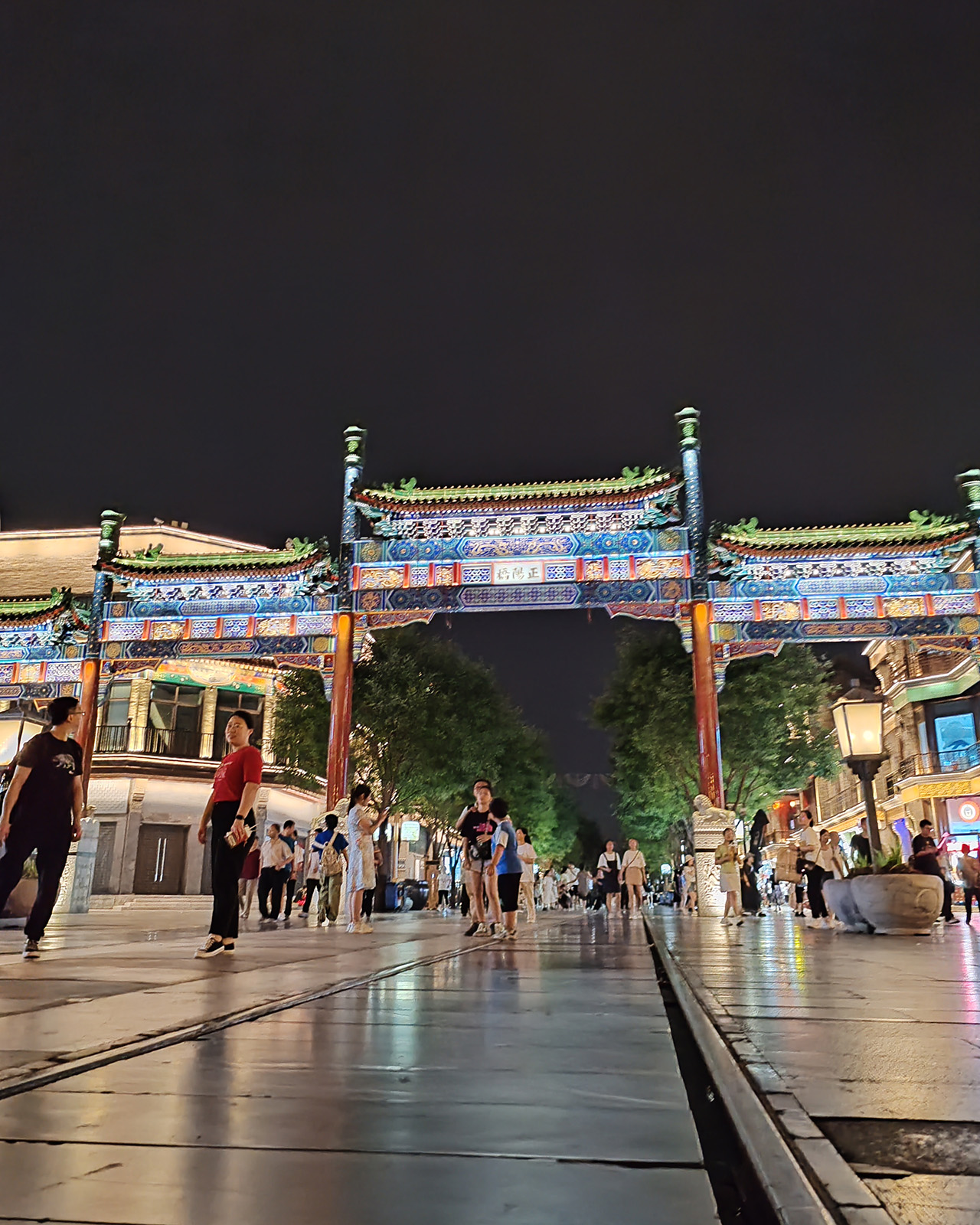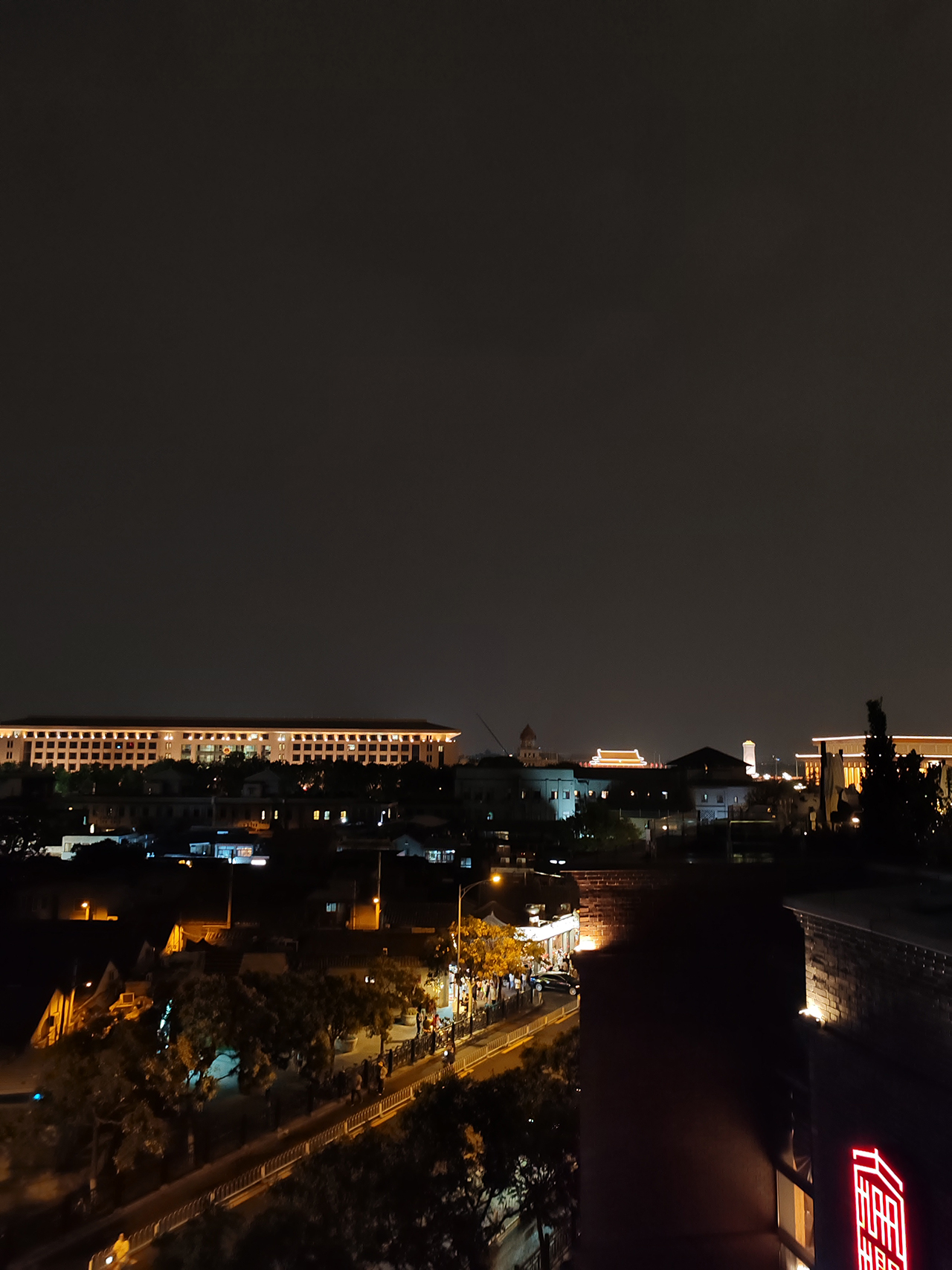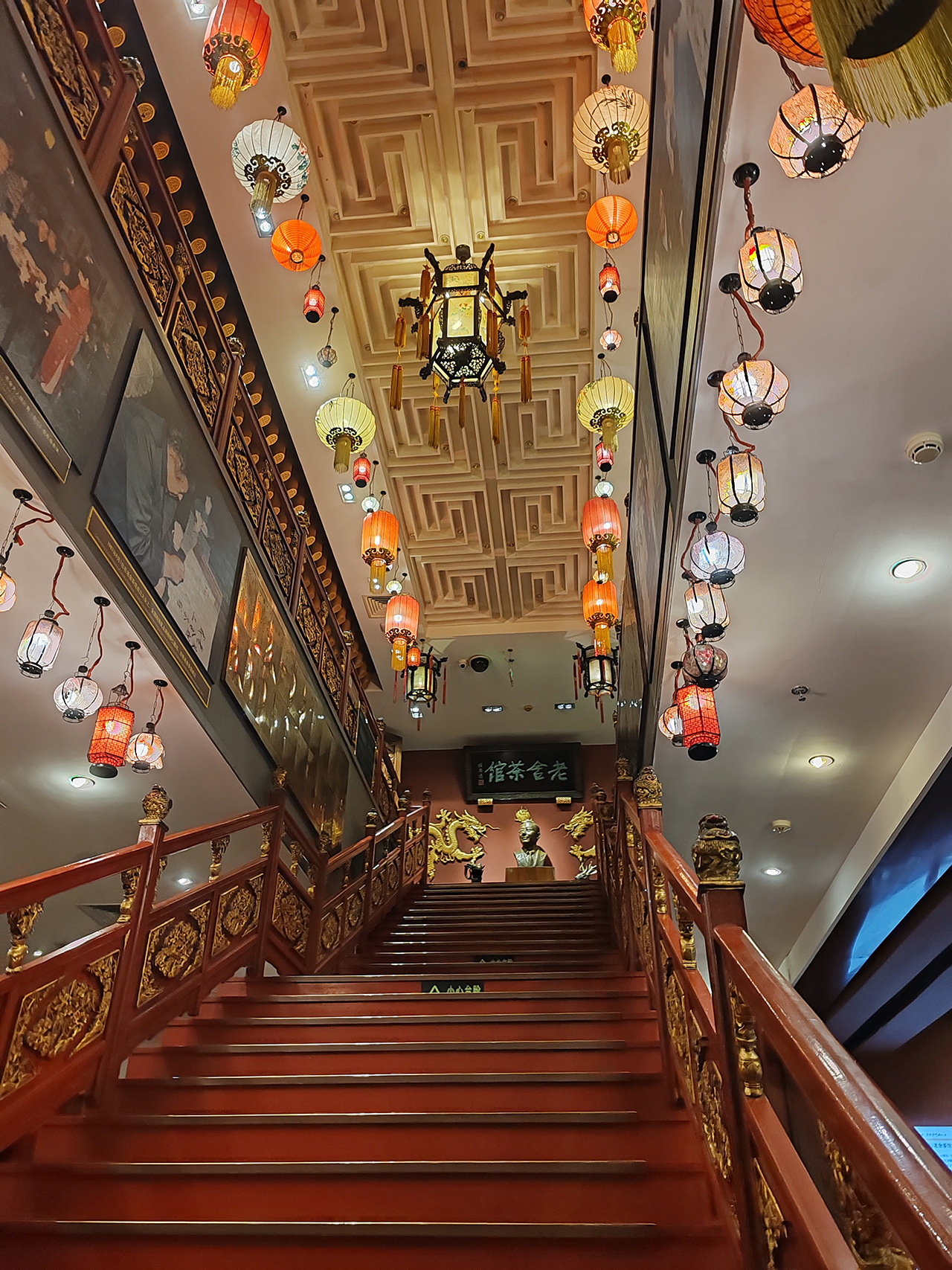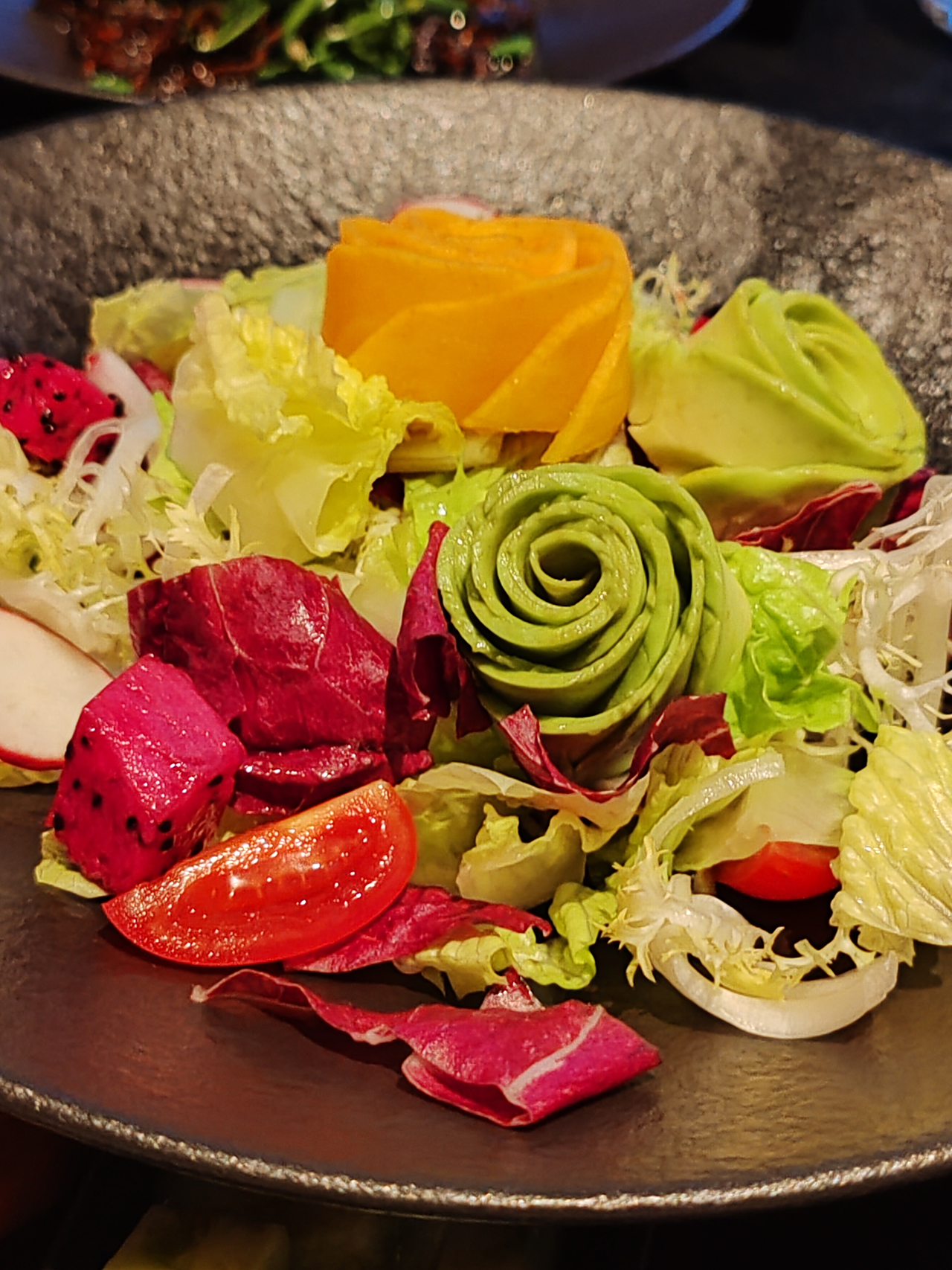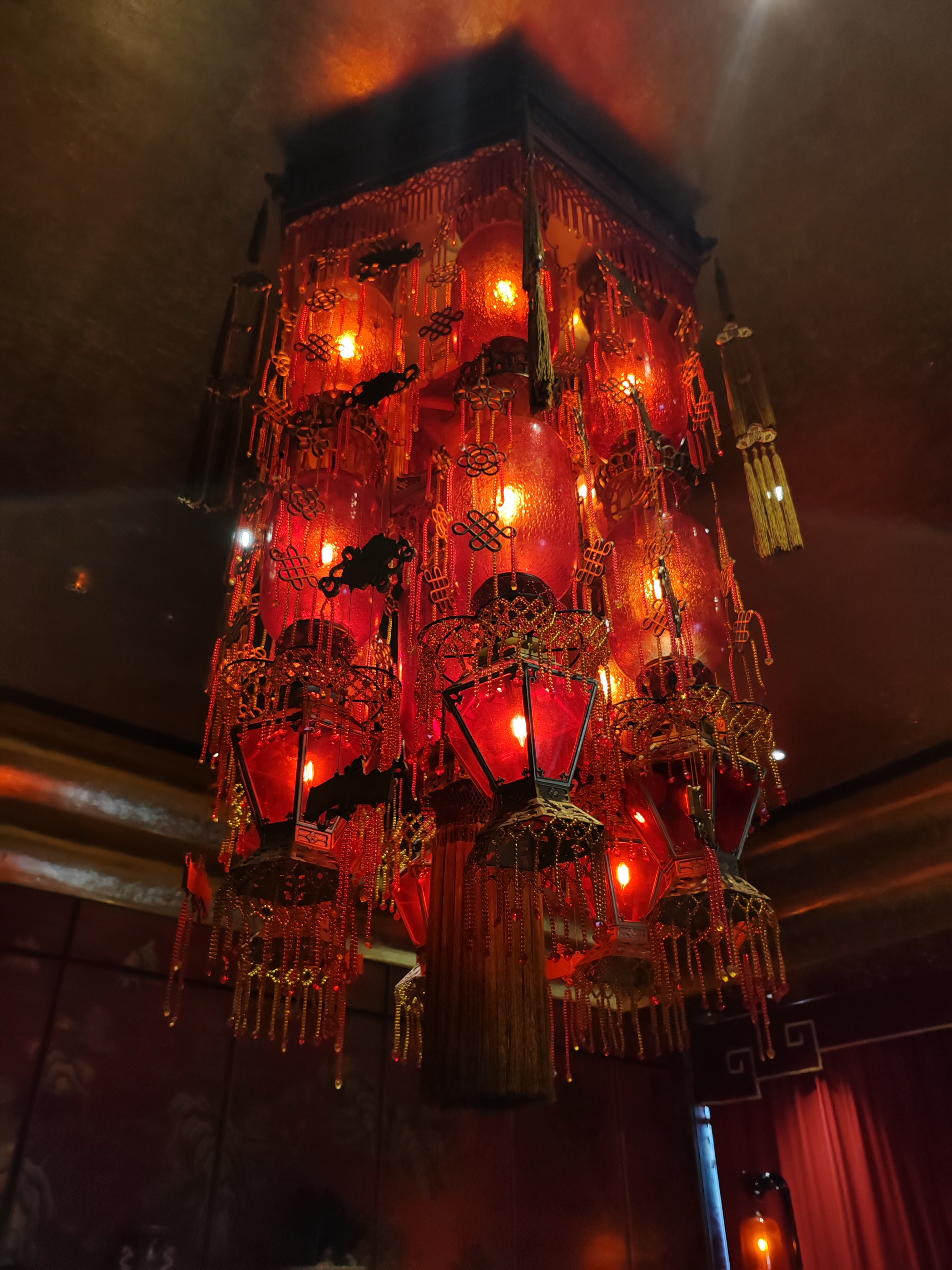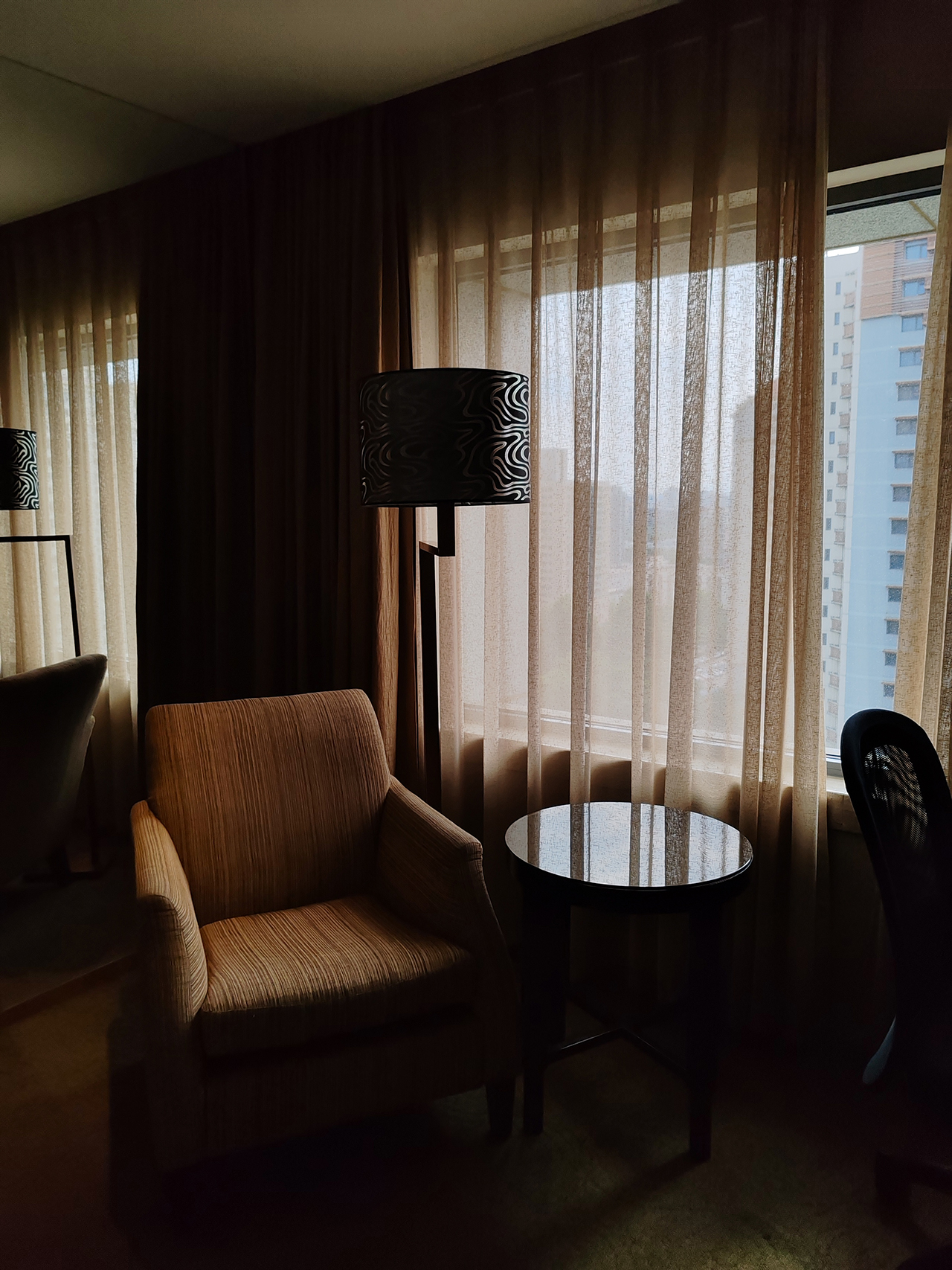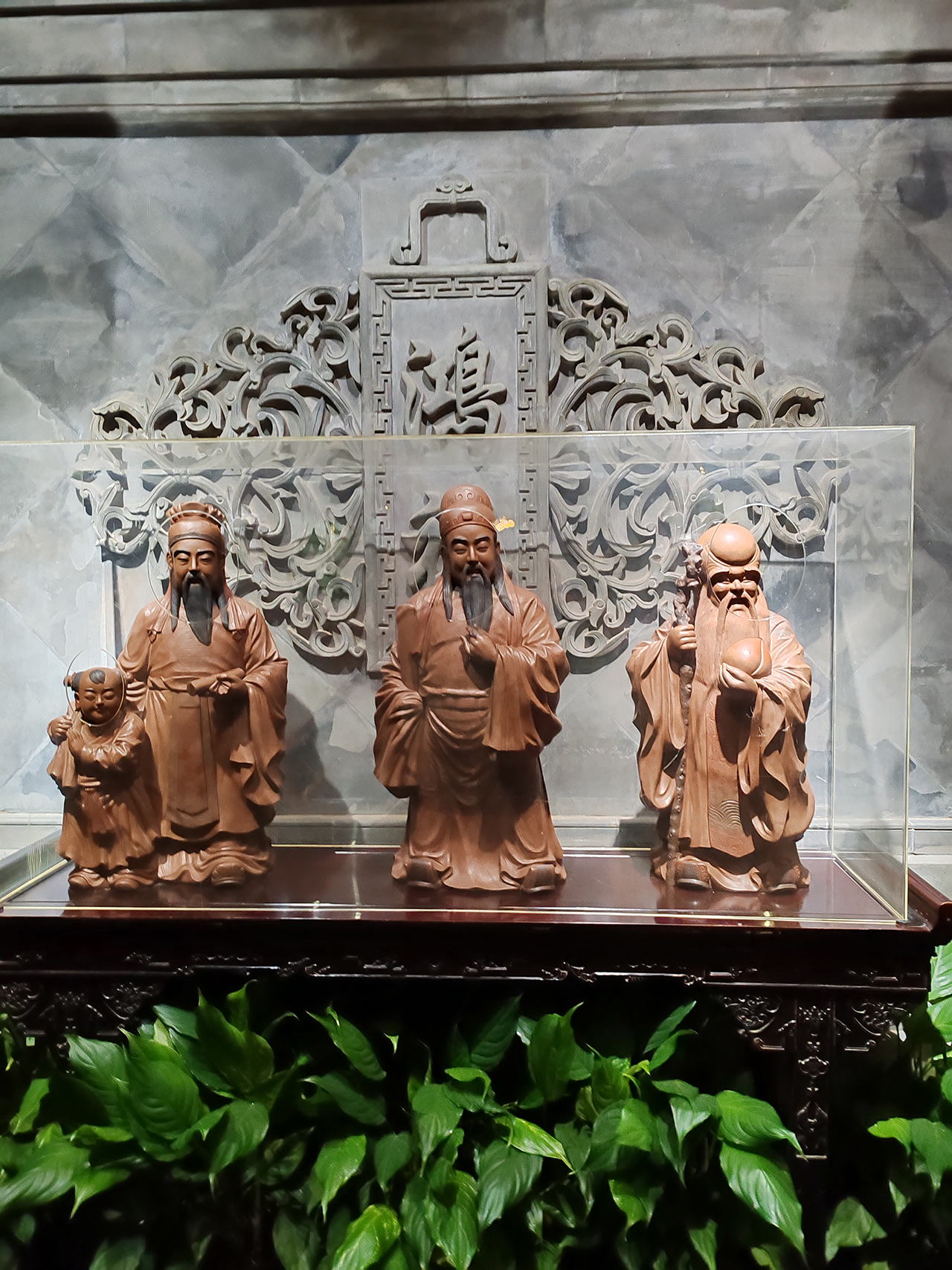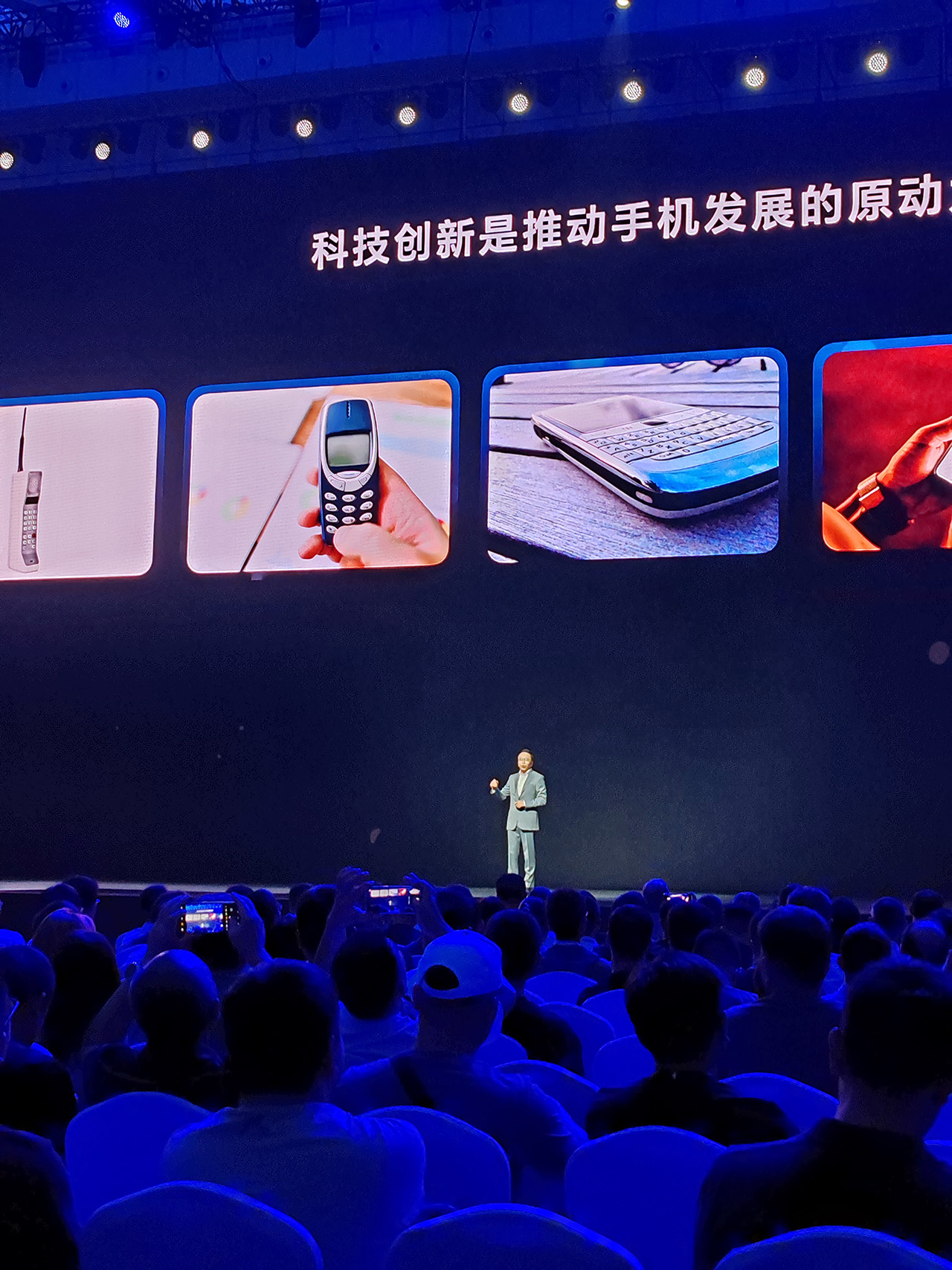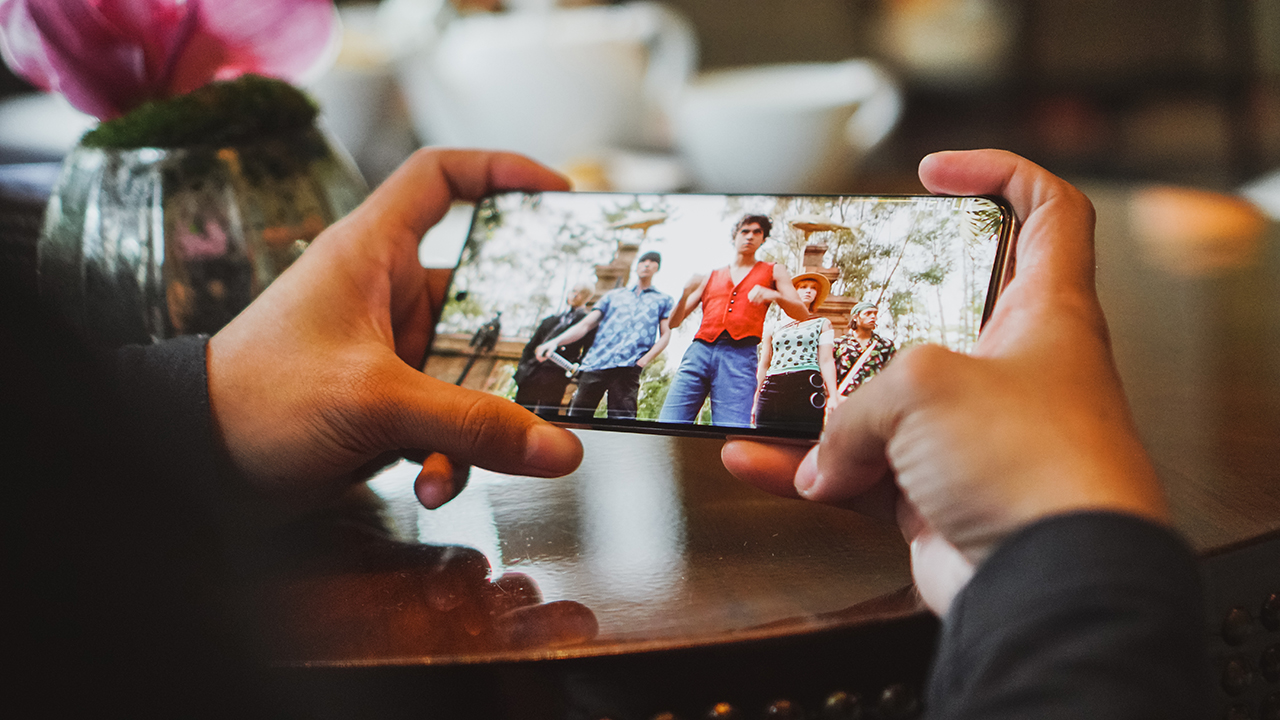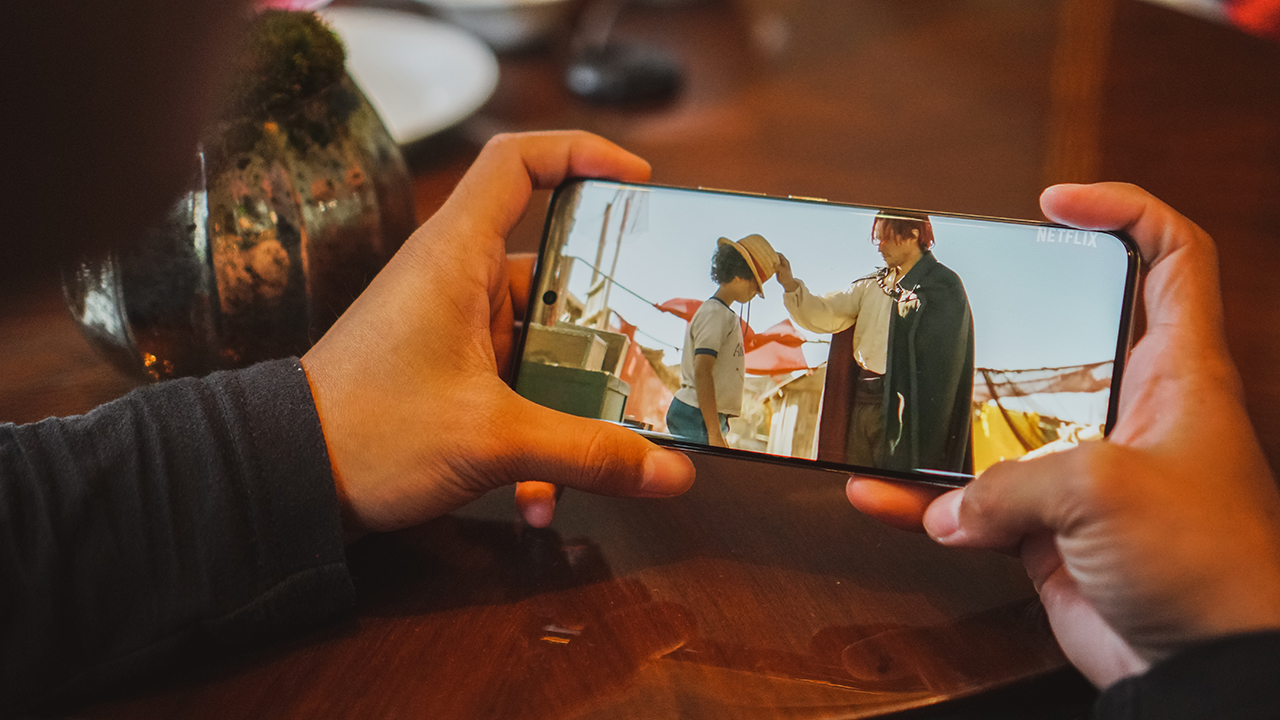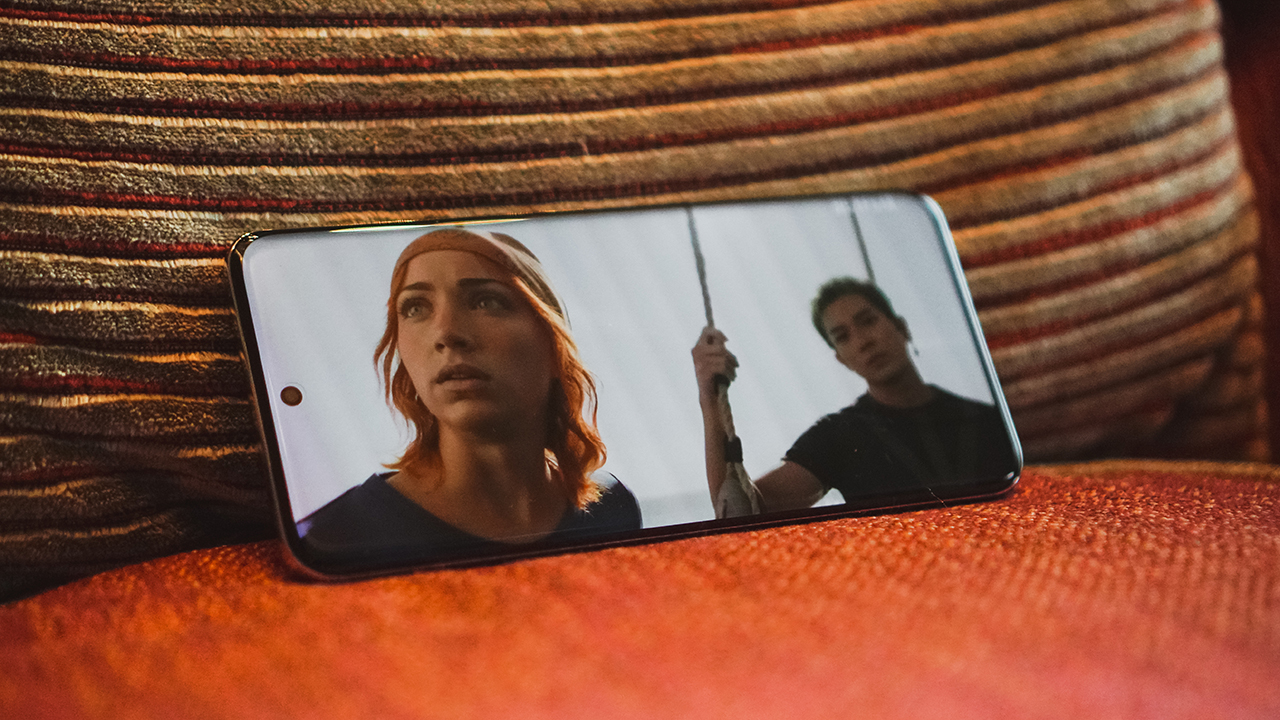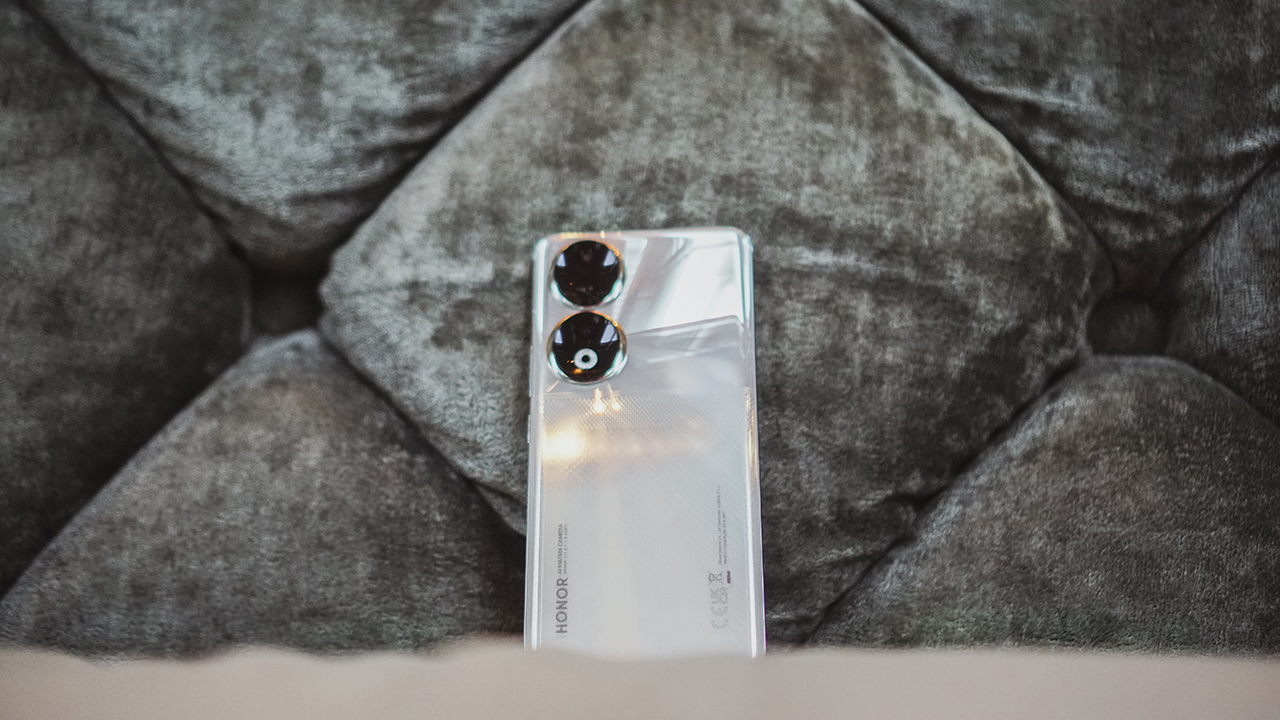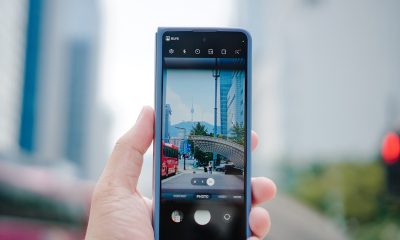

Reviews
Xiaomi 11T Pro review: Is it really “Pro” enough?
What sets it apart from the non-Pro Xiaomi 11T though?
Xiaomi has been in the radar for launching the latest 11T series. Other than that, this is also one of their firsts smartphones to eliminate the “Mi” branding completely.
For the past two years, I’ve held both Xiaomi’s Mi 9T Pro and Mi 10T Pro — which both got mixed bags of praises and complaints. Fast forward today, it’s the time of the year again to review their latest successor, the 11T Pro.
But what makes this “Pro” versus its Mi 11T(win)? Let’s find out!
Not-so-“Pro” packaging
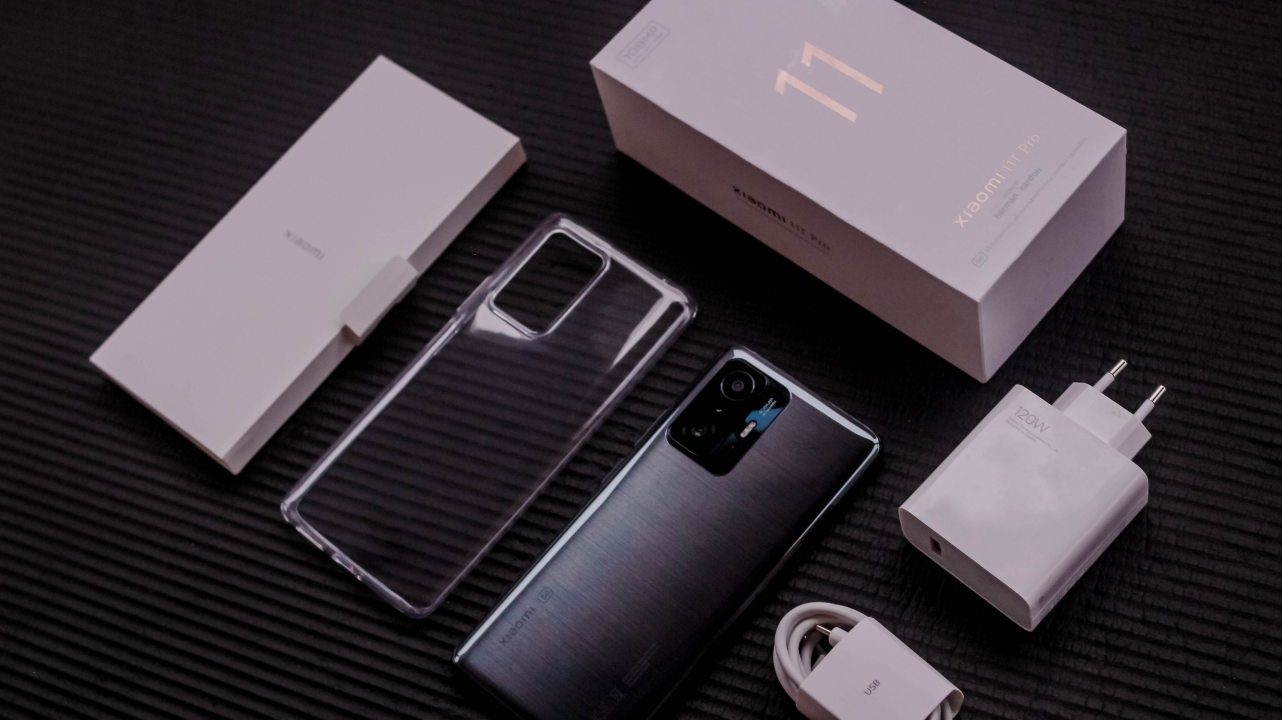
Despite having the “Pro” branding, the packaging of both the 11T and 11T Pro looked so similar in a plain white box. Don’t get me wrong, there’s nothing wrong with white. It’s just that it would’ve been better if it at least had a distinction by having black accessories and box instead.
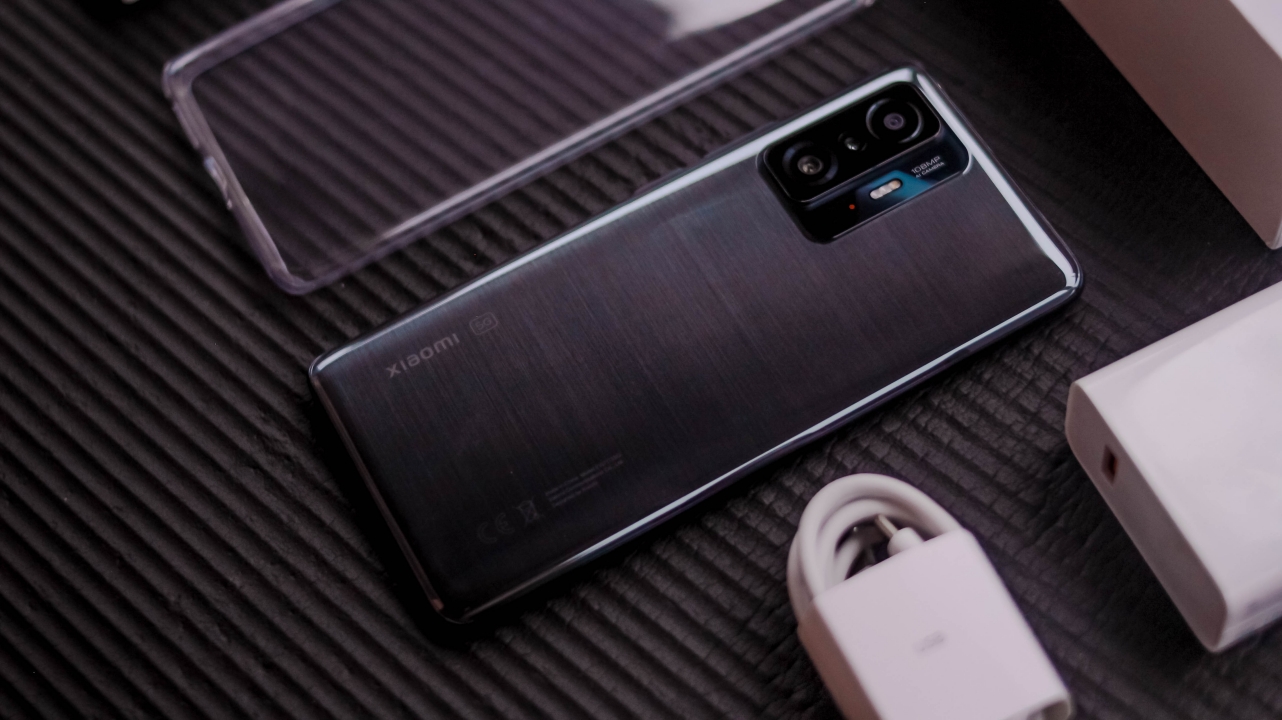
It would’ve also been nice to include a better case in contrast to that typical transparent jelly case that even budget smartphones have nowadays. Again, the less premium packaging and accessories felt like it’s not a “Pro” smartphone at first glance.
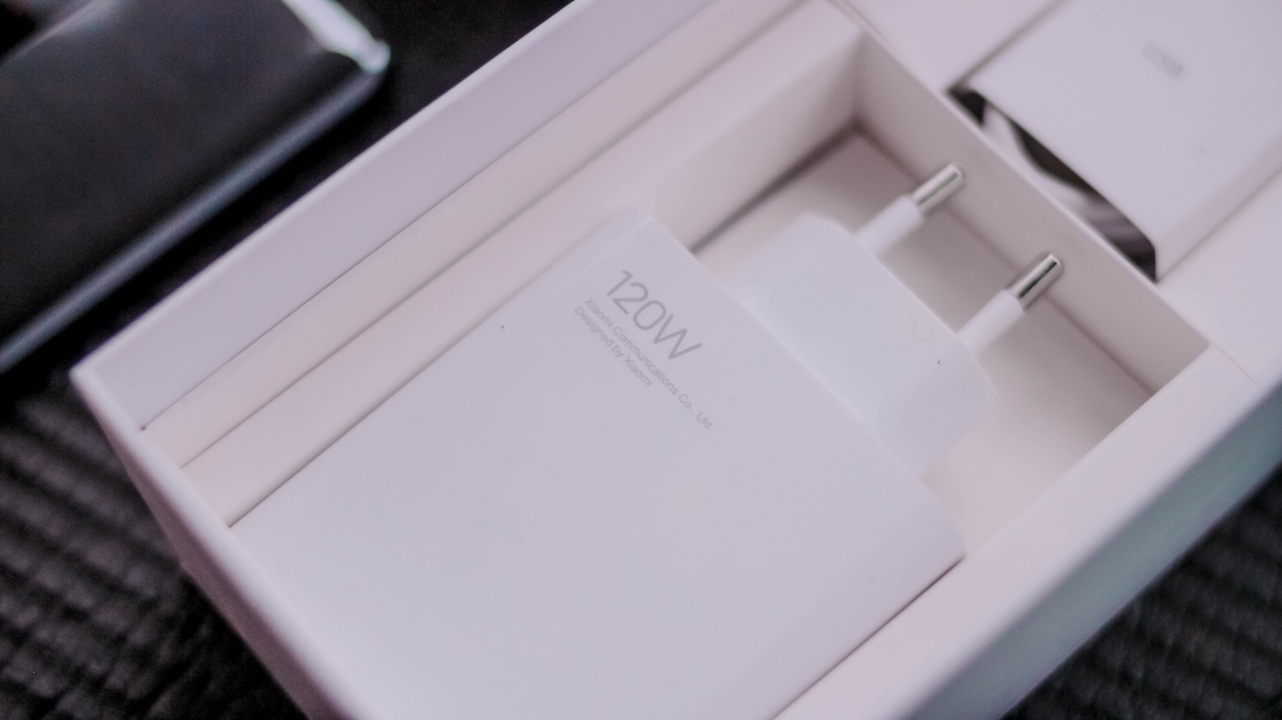
But the star of the show has got to be its 120W fast charger — which thankfully is included in the box. That might’ve been where the additional cost went into.
Pro-ctacular design
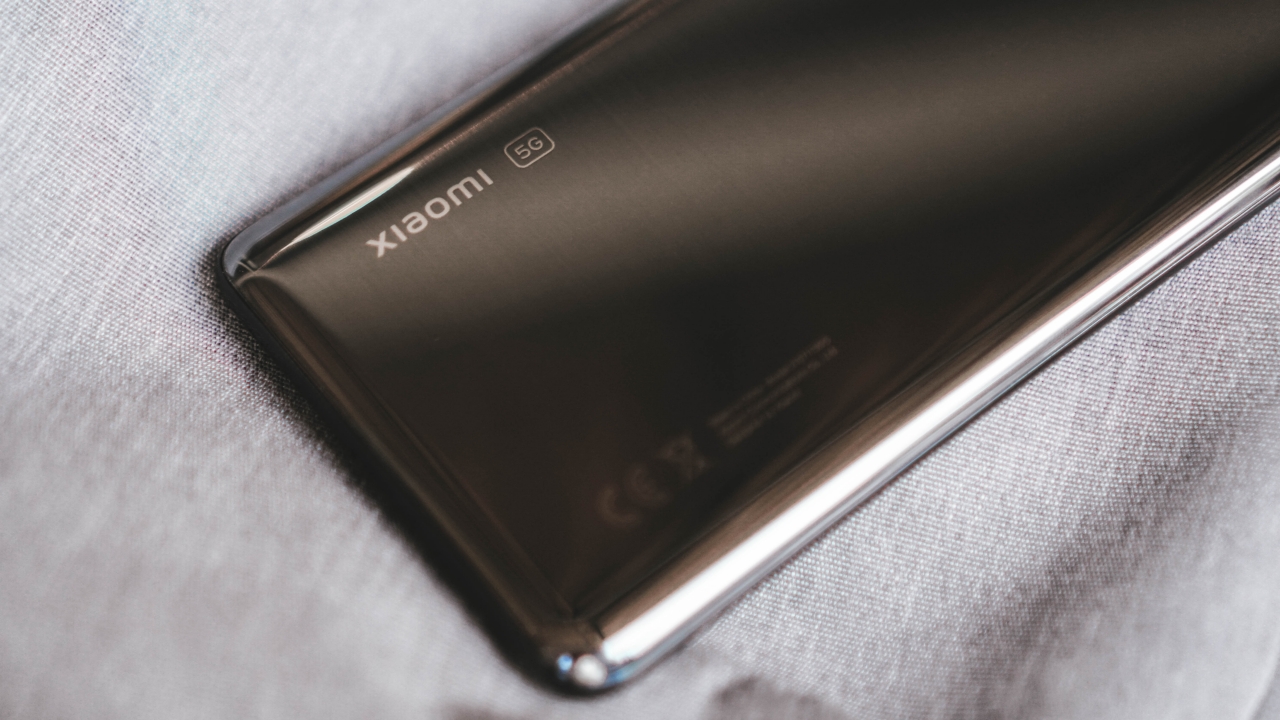
Speaking from the perspective of someone who held a lot of Xiaomi phones, the 11T Pro looks like a pro device with the right amount of elegance and sophistication. Thanks to that brushed metal back, it looked more distinct compared to the Mi 10T Pro’s lackluster glossy back.
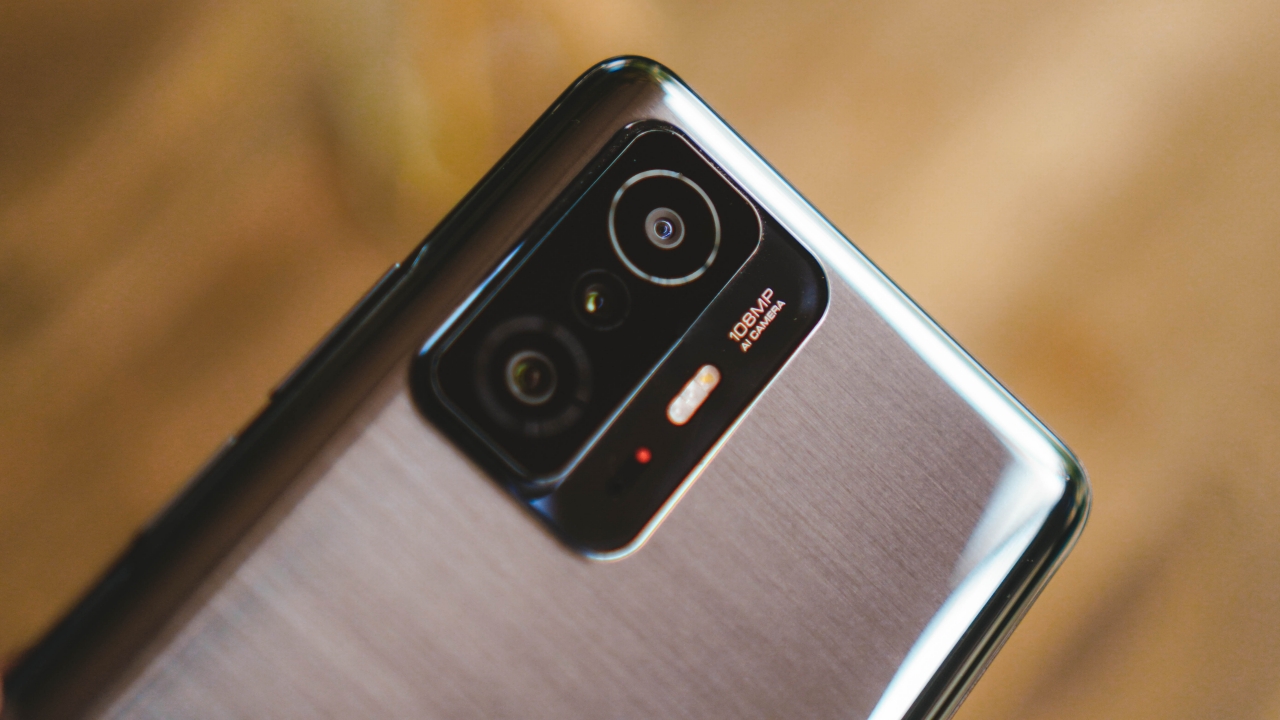
If you take a closer look at the camera cutout, it’s pretty similar to what Xiaomi did with the Mi 11X Pro as well as other POCO F3. I’m not complaining. I like this layout better than what they did last year with the Mi 10T Pro.
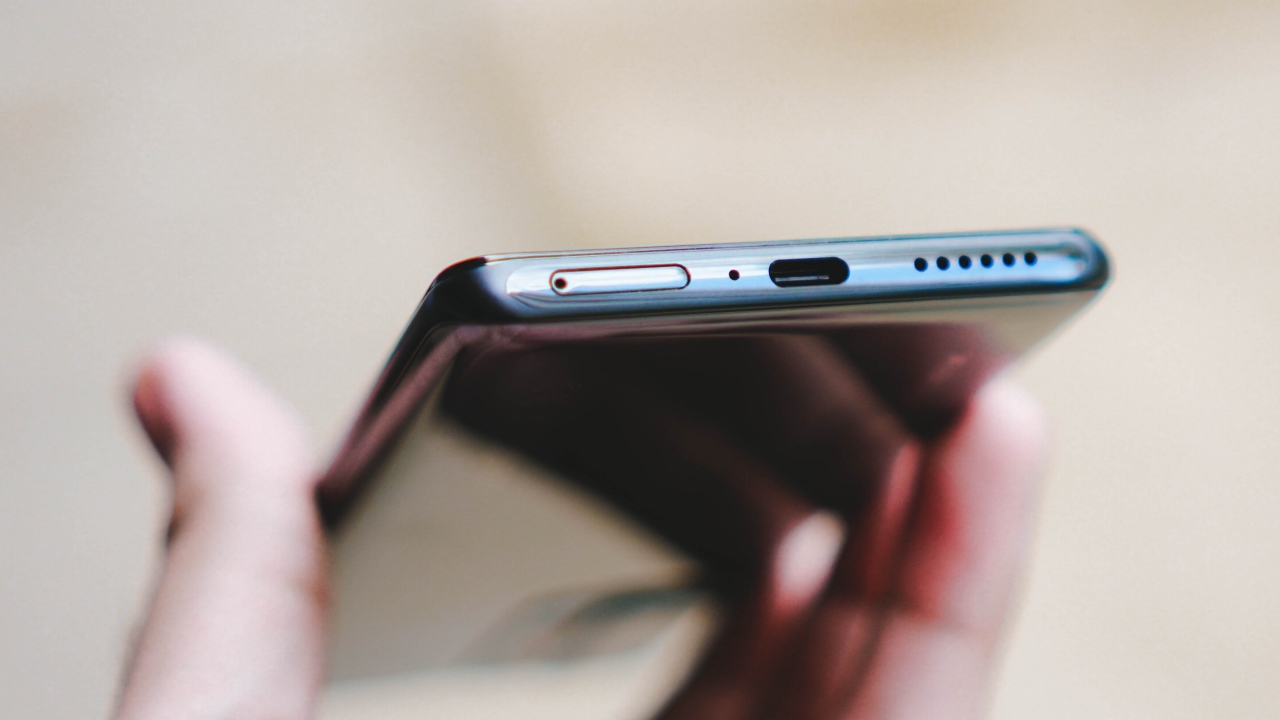
Looking at the bottom part of its semi-matte aluminum frame shows us the SIM card tray, microphone, USB-C port, and speaker grilles.
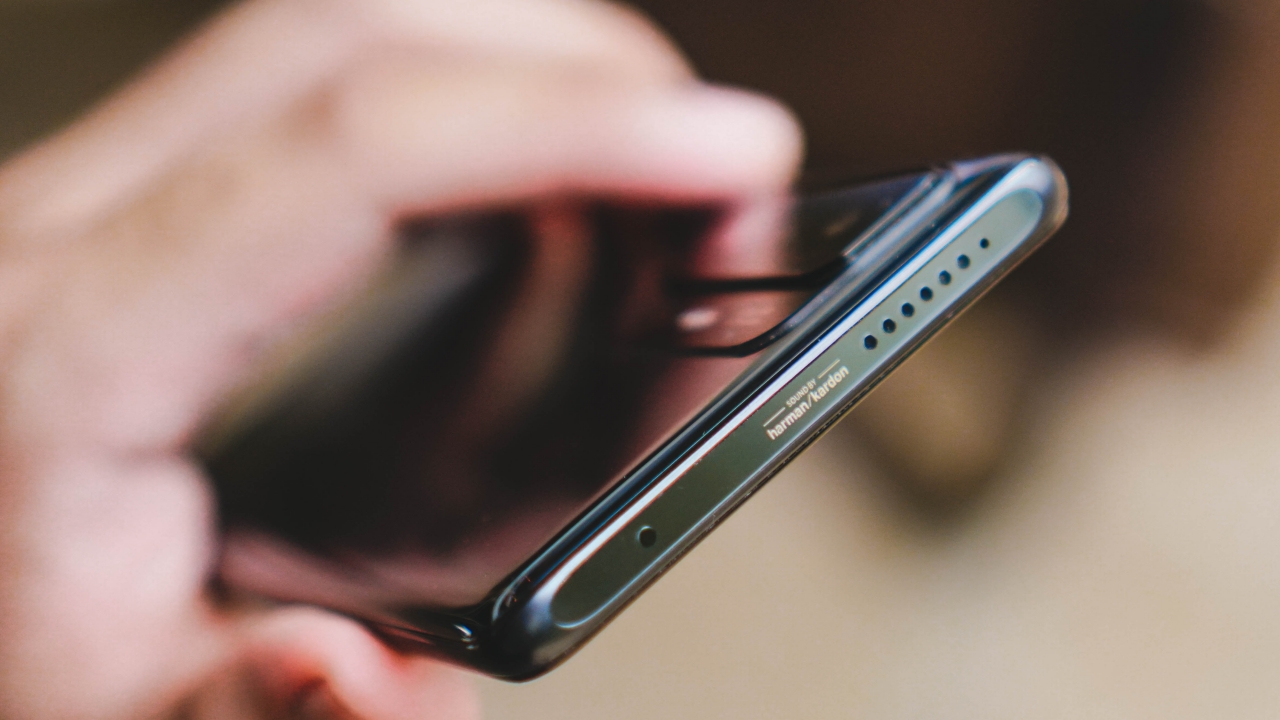
At the top, we’ll find an IR blaster (a rare feature in smartphone nowadays and can’t be found on the Mi 10T Pro) as well as another set of speakers powered by Harman/Kardon. That’s actually the easiest way to differentiate it from the Xiaomi 11T as that one doesn’t have the same audio technology.
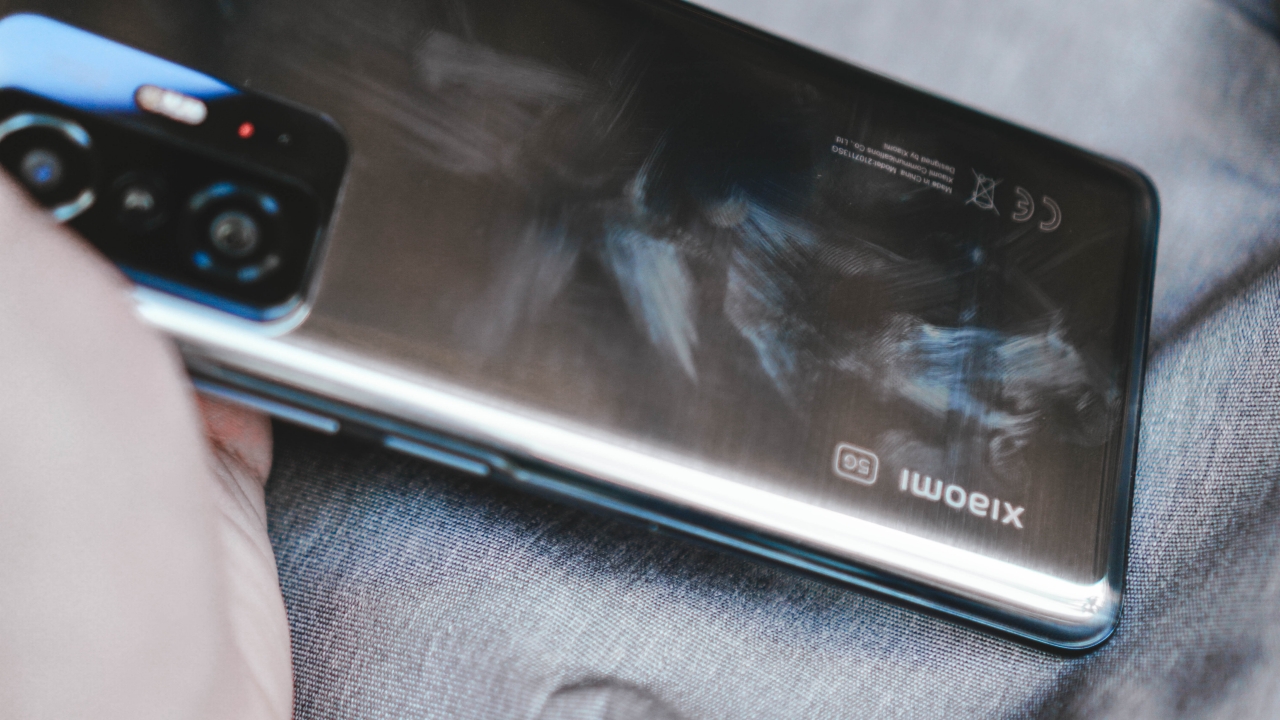
One thing I should point out though is that despite having that textured brush metal design, it’s still coated with glass so fingerprint smears and smudges will still show. I just wish they’ve used a matte coating — but I guess that could’ve added more to the phone’s overall cost.
Pro-level display
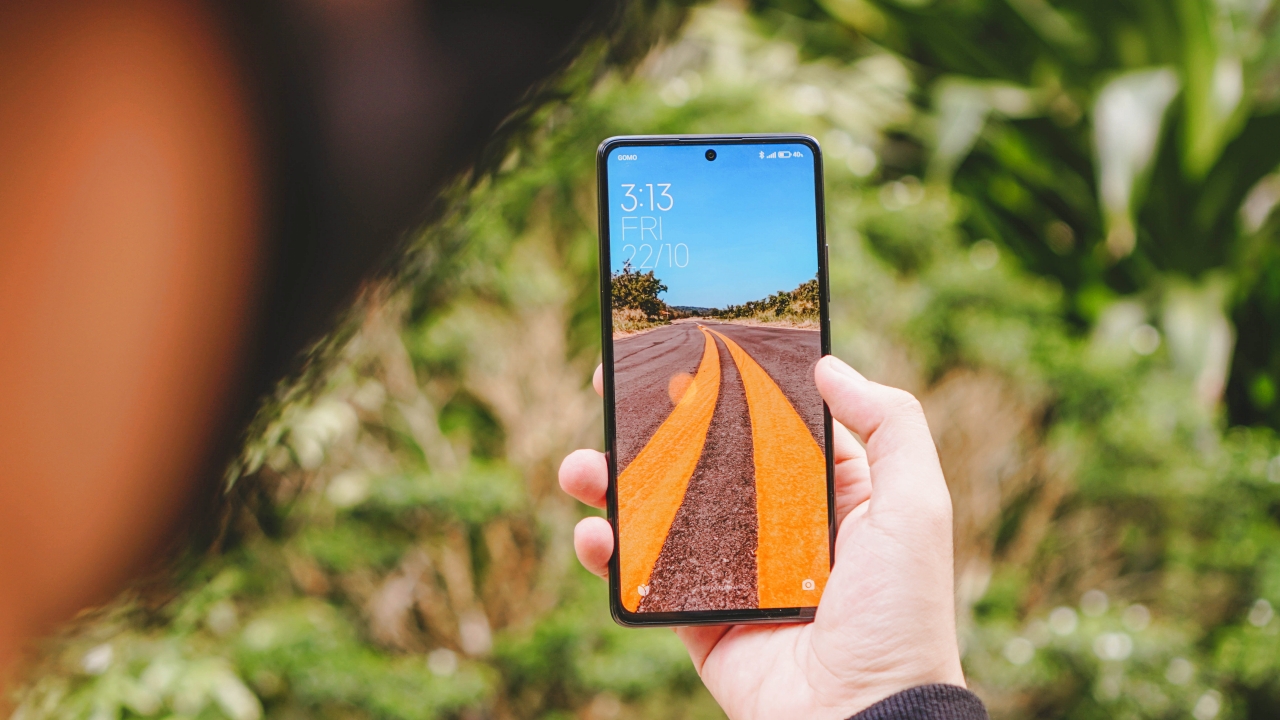
One thing I wished that came with the Mi 10T Pro is an AMOLED display instead of IPS-LCD. Well, I think Xiaomi has listened. The Xiaomi 11T Pro packs a 6.67-inch AMOLED display with a Full HD+ resolution.

IU’s visuals stand out even when you watch her from afar #IUsupremacy
While not the best smartphone display I’ve ever seen, its still exceptional in its own. I enjoyed the content I see especially because it displays better colors, contrast, dynamic range with deeper blacks and whiter whites. That’s in comparison to the Mi 10T Pro.
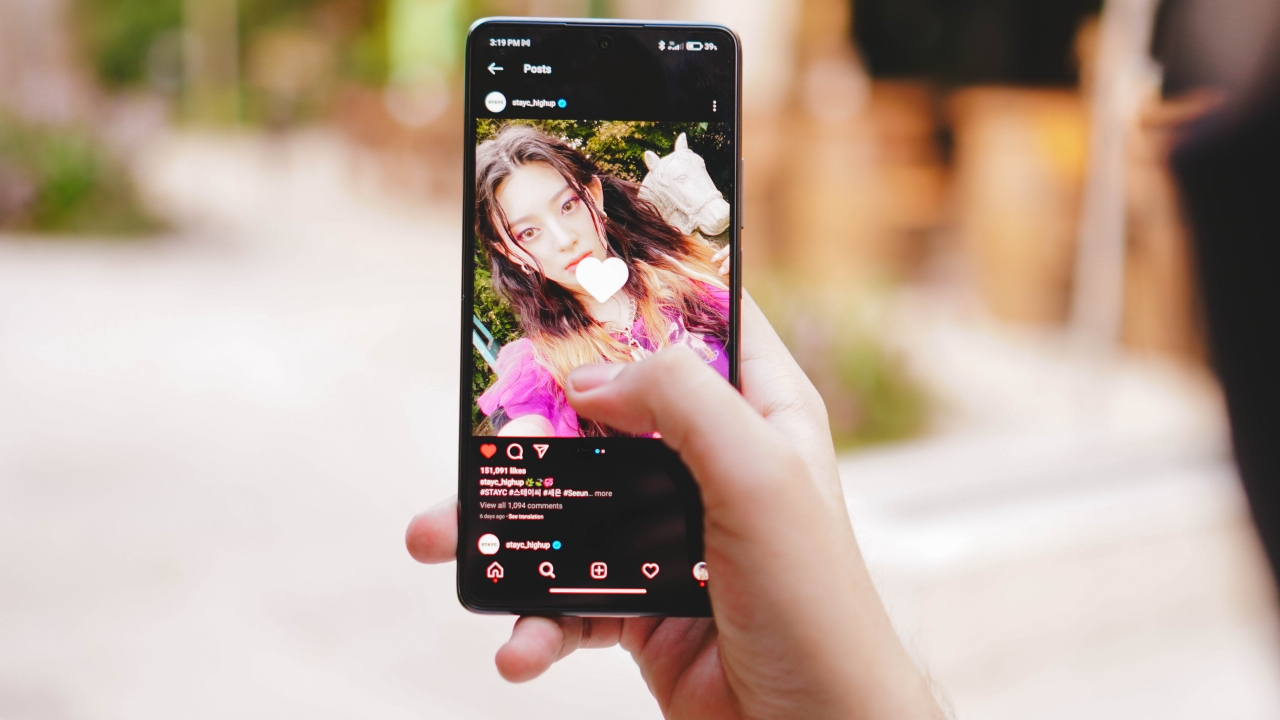
More heart reacts for STAYC’s Seeun
Its 120Hz refresh rate is also a feast in the eyes especially when switching between apps and scrolling through Facebook, Twitter, and Instagram.
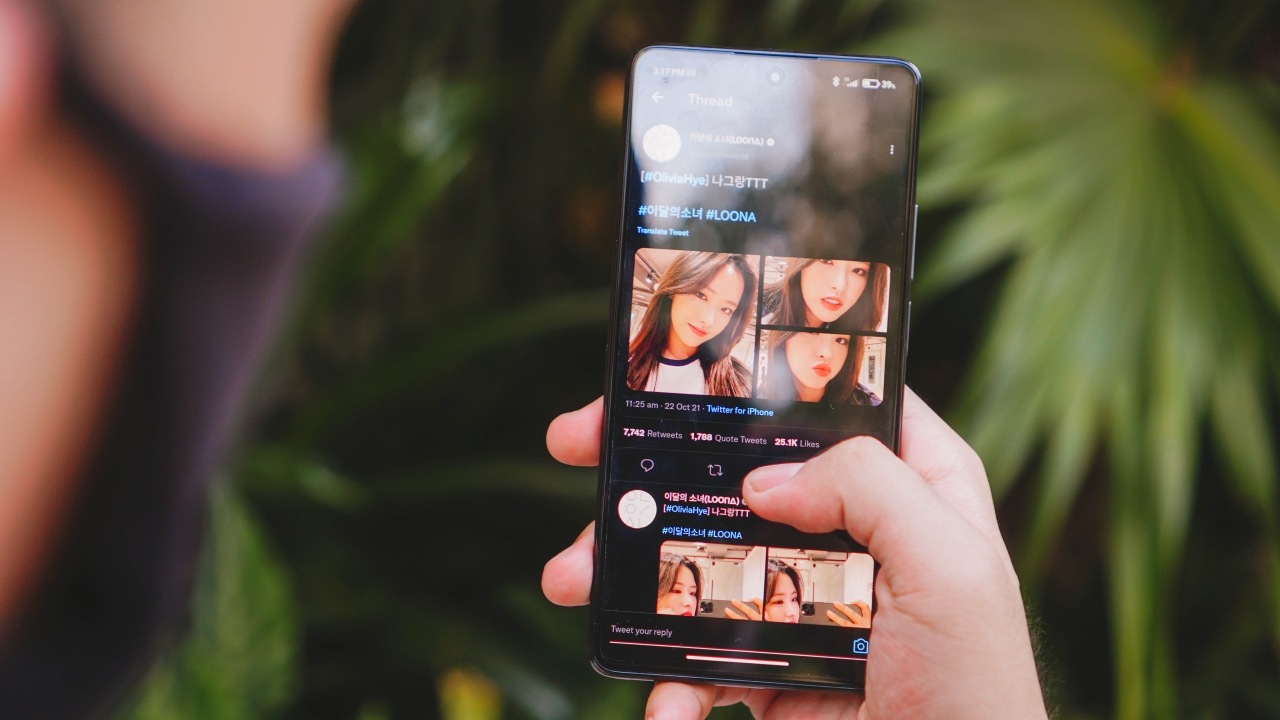
Liking Olivia Hye is still illegal at this point
As nostalgic as it gets, it brings back the memories of using a Xiaomi Mi 9T Pro two years ago with that gorgeous Super AMOLED display — and I’m glad that Xiaomi ditched last year’s display tech to bring back AMOLED once again.
Cinema and music hall within your fingertips
That might sound like a bold claim but the audiovisual experience using the Xiaomi 11T Pro is unparalleled compared to other smartphones I’ve tried.
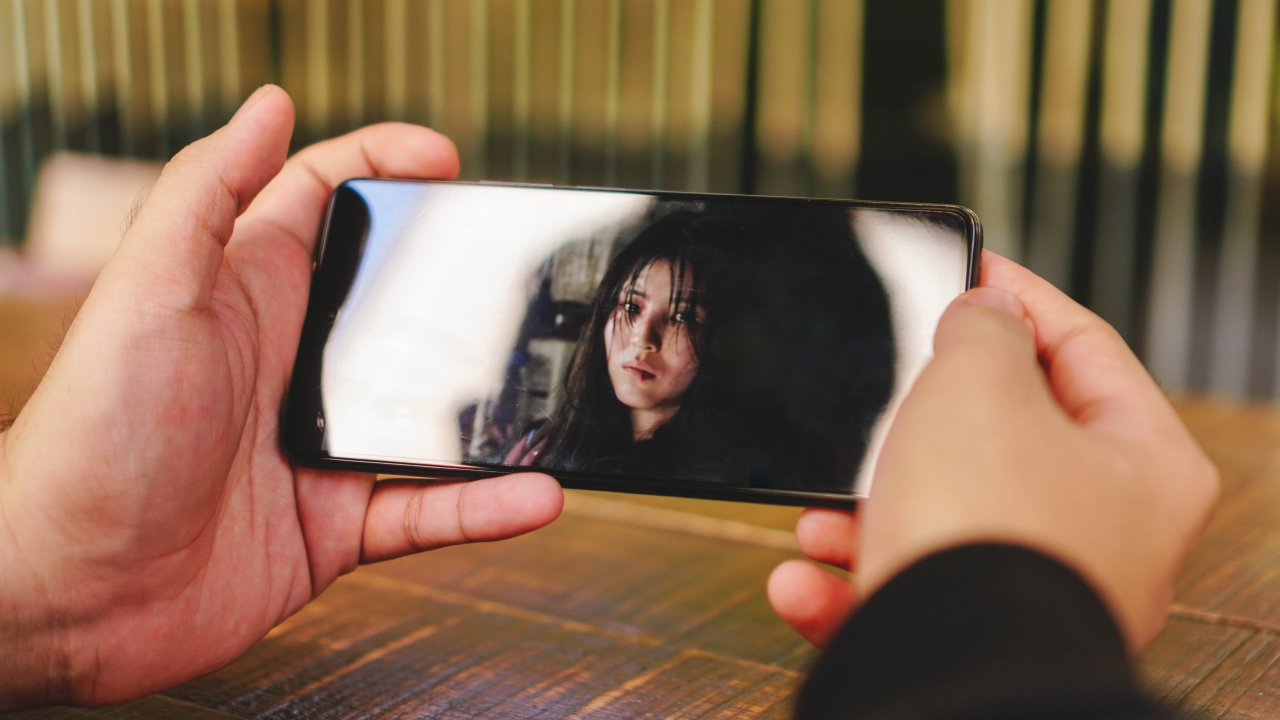
Han So-Hee looking more fierce and fearless in #MyName
Paired with its AMOLED display is the inclusion of Dolby Vision (that the Xiaomi 11T doesn’t have) and HDR10+. I wouldn’t consider these special features as “software gimmicks” especially when Dolby is around the audiovisual technology space for years.
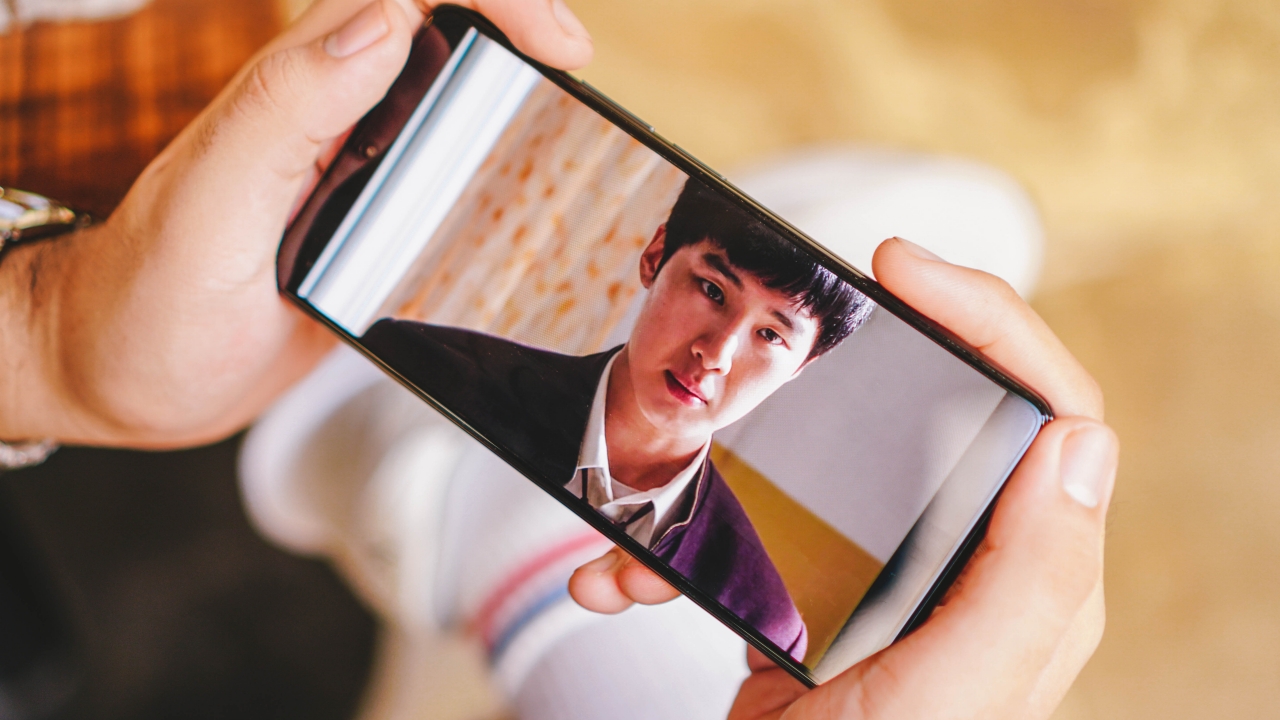
If you want to mess up your mind, I suggest you to binge-watch Extracurricular on Netflix
If you’re fond of watching Netflix flicks and series, those will be helpful in displaying content that’s more color accurate with vast dynamic range levels that other regular smartphones don’t possess.
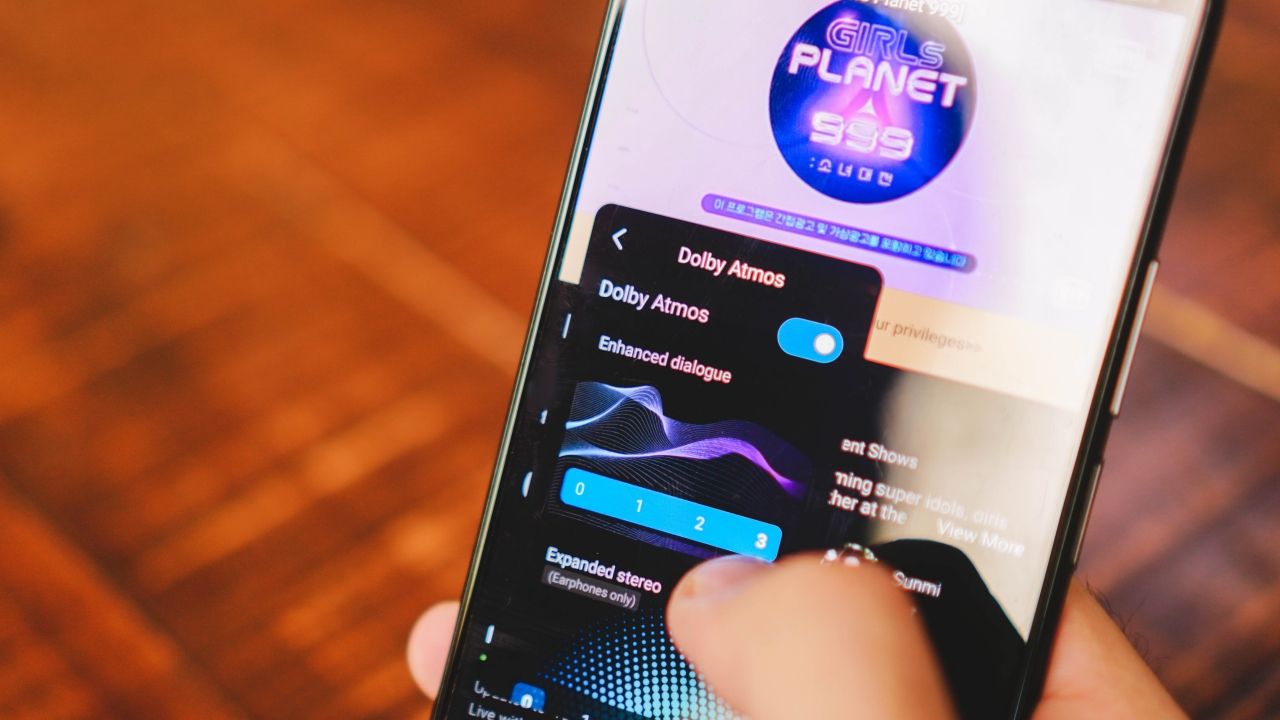
Another feature that makes the Xiaomi 11T Pro an ultimate Pro-tertainment device other than the Harman/Kardon-powered stereo speakers is the inclusion of Dolby Atmos.
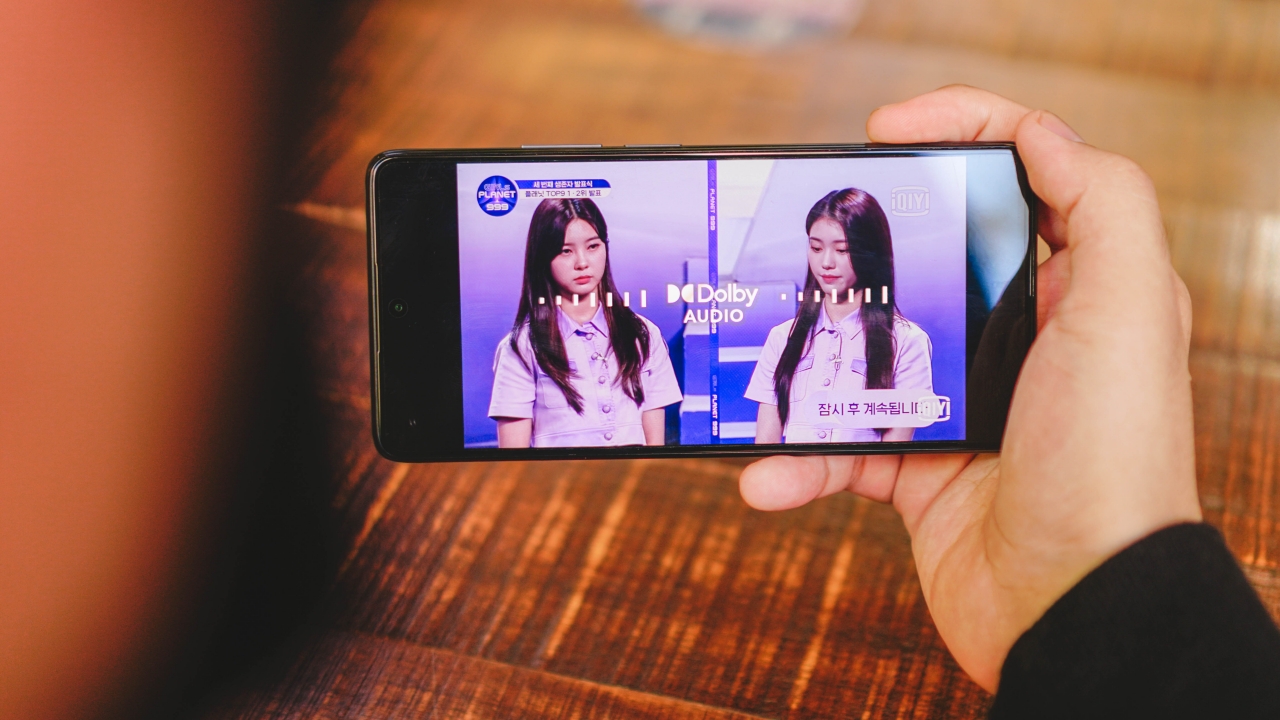
Although it may not work on most music and video streaming apps, it worked well with iQiyi especially that I can tell the difference when Dolby Audio is on or off. You have to be a VIP member in the streaming site though to enjoy this particular feature.
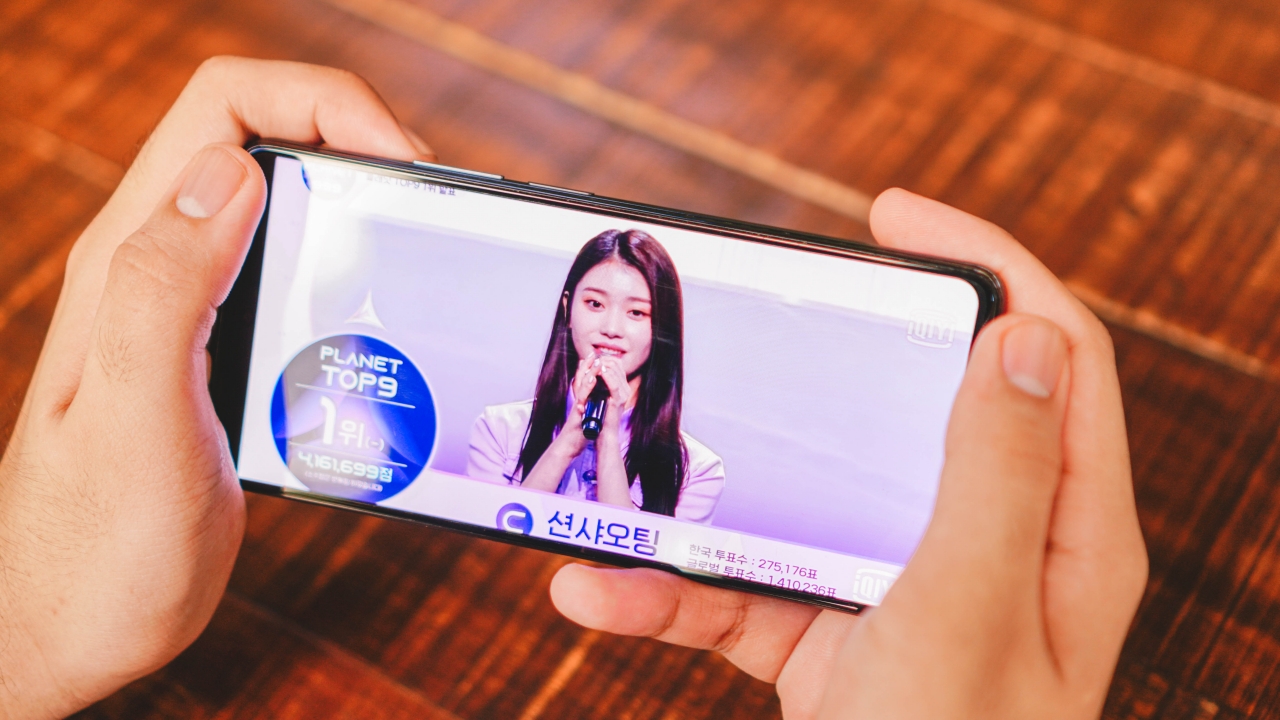
The Kep1er center we never had #ShenterXiaoting #션터샤오팅
This Dolby Atmos feature actually reminds me of the Xiaomi Mi TV P1 I recently reviewed. It goes hand-in-hand as it also supports Dolby’s special sound enhancement there. Having the 11T Pro is like having a home cinema within the reach of your fingertips.
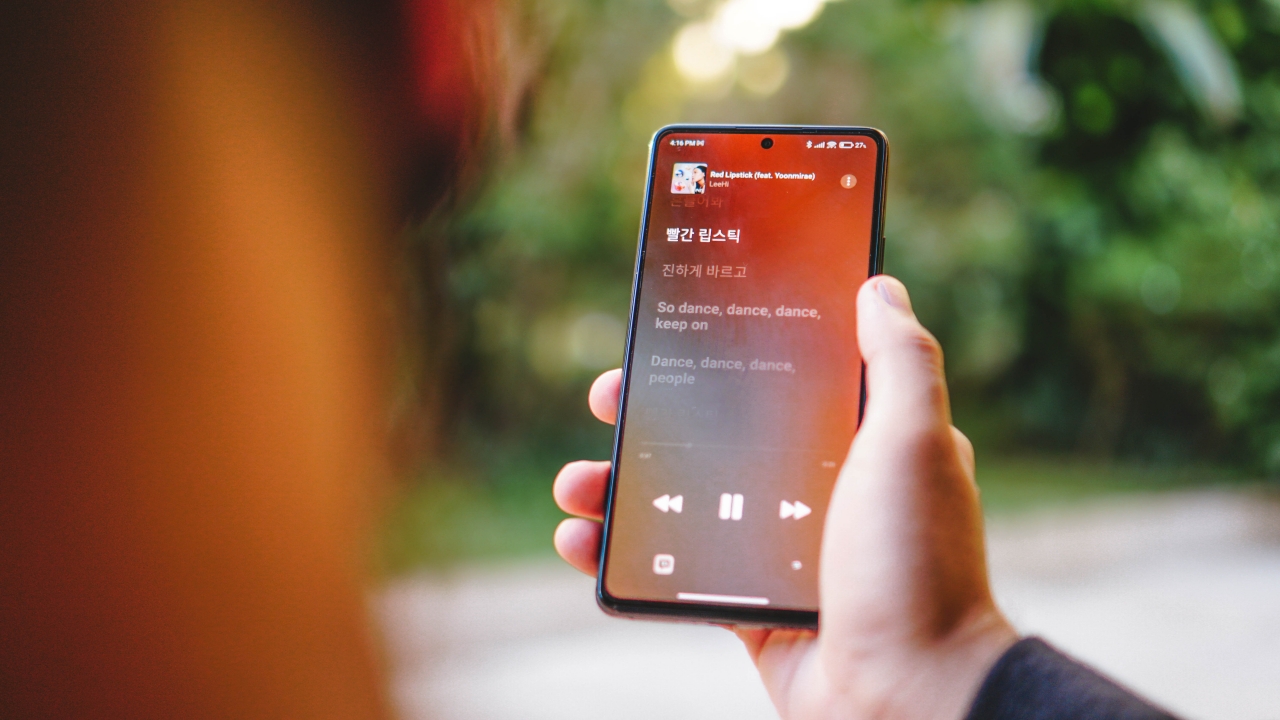
If you’re a huge Apple Music user like I am, Dolby Atmos is also supported. It works wonders especially since I prefer listening to hi-res, lossless versions of tracks I listen to instead of the typical 128kbps AAC versions. Turning on Dolby Atmos in Apple Music’s settings delivers fuller and richer sound than average.
Pro-formance
This wouldn’t be a “Pro” device without flagship-grade specs. On paper, it packs the latest Snapdragon 888 chipset. The review unit I have is a 6GB + 256GB variant but there’s a configuration with a maxed out RAM of 12GB.
If you’re into hardcore mobile gaming, the Xiaomi 11T Pro will never disappoint. Not only it heats less than the Mi 10T Pro, it’s also responsive even when you max out your game settings in Genshin Impact, Call of Duty: Mobile (CoDM), PUBG, Mobile Legends: Bang Bang, Asphalt 9, and more.
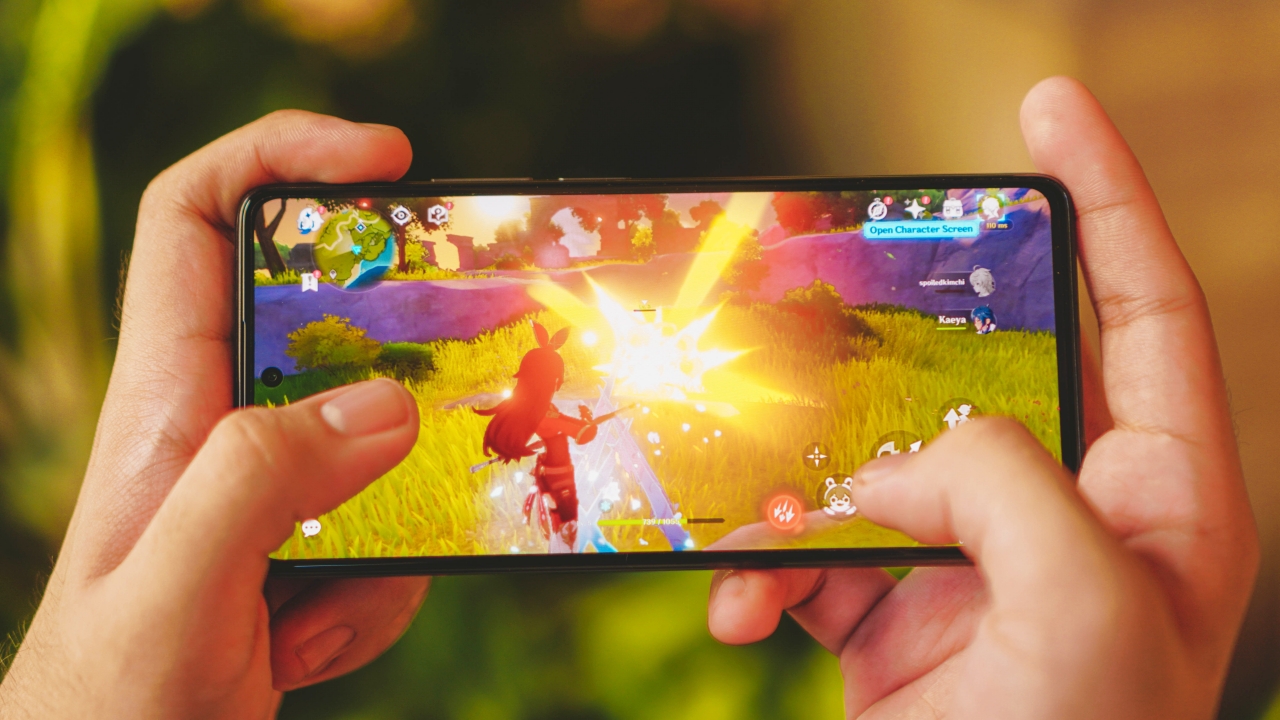
So whether you’re aiming to defeat small enemies or learning how to combat tougher enemies in Genshin Impact, you’ll pretty much enjoy the game not only with its spectacular display, but also with its speedy performance.
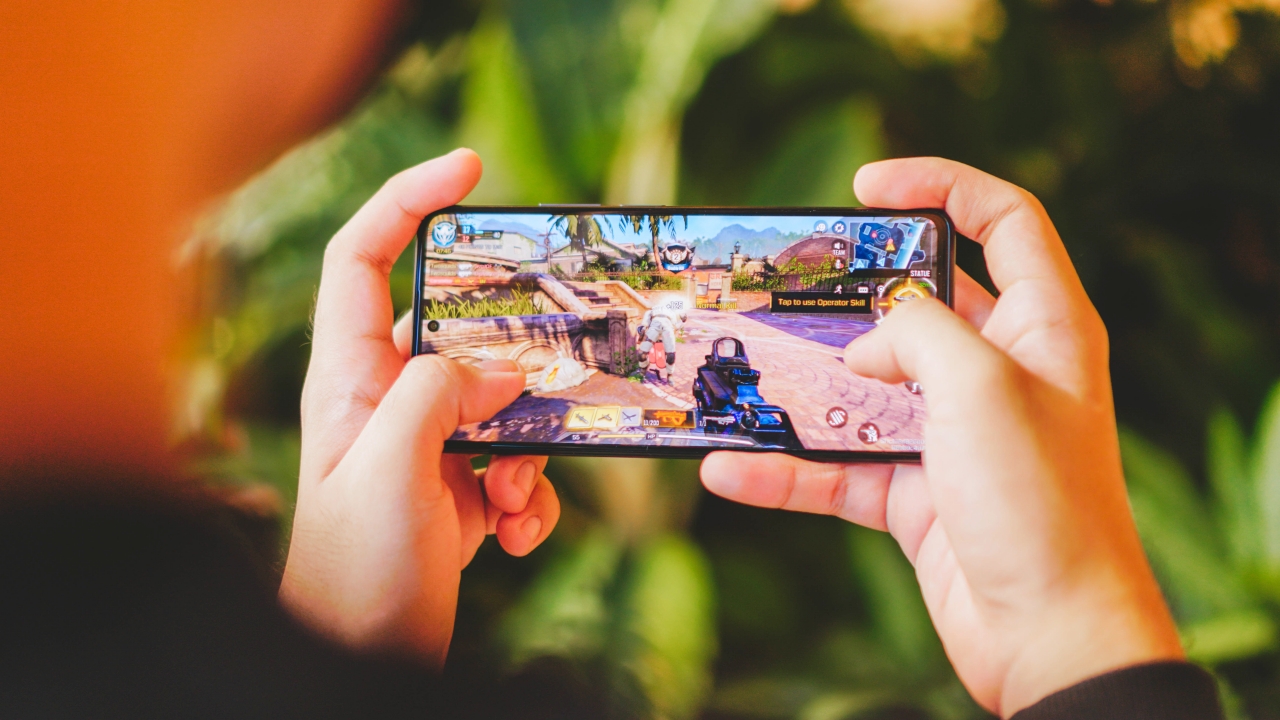
The weight of the phone is actually helpful for that added gaming grip that you can’t do with (slim and slippery) smartphones. This helps you aim precisely and shoot faster especially in FPS games like CoDM.
Similar goodies
These goodies aren’t limited to the 11T Pro but I need to mention them anyway.
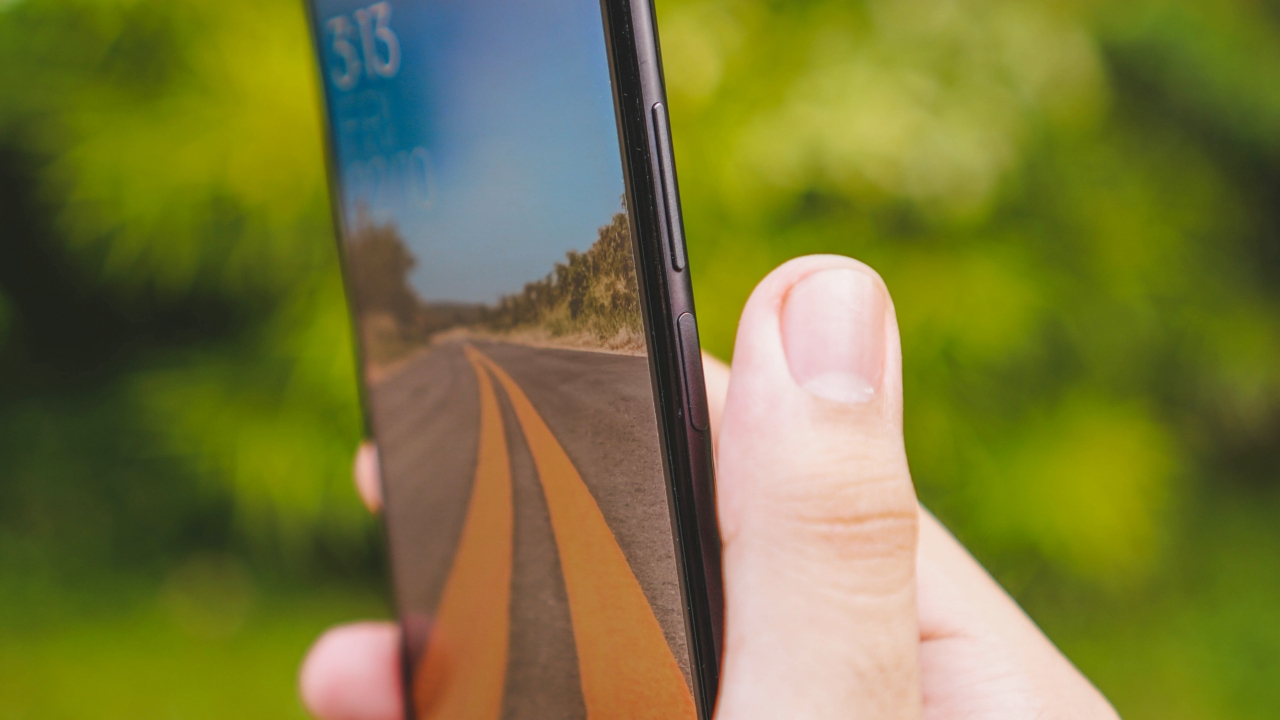
Despite having an AMOLED display, the Xiaomi 11T Pro has a side-mounted fingerprint scanner on the power button like the Mi 10T Pro. The differences are that, the power button is now raised instead of being recessed and it’s actually faster and more responsive than last year’s predecessor. I actually prefer this over the slouchy under-display sensor that was originally equipped in the Mi 9T Pro.
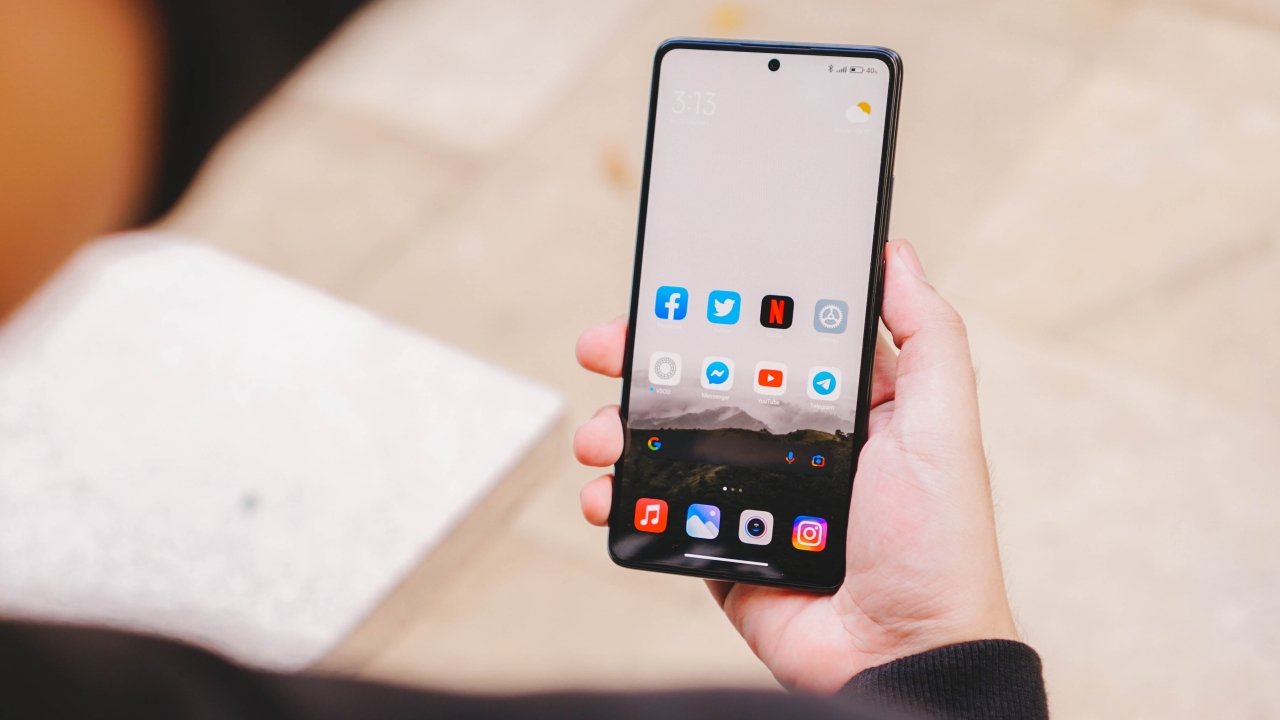
When you open the phone, MIUI looks clean enough that I decided to slap on my overlooking shot with fog and clouds somewhere in Rizal.
This phone runs on the Android 11-based MIUI 12.5 out of the box and got updated to a more stable MIUI 12.5.5 after setting up the phone.
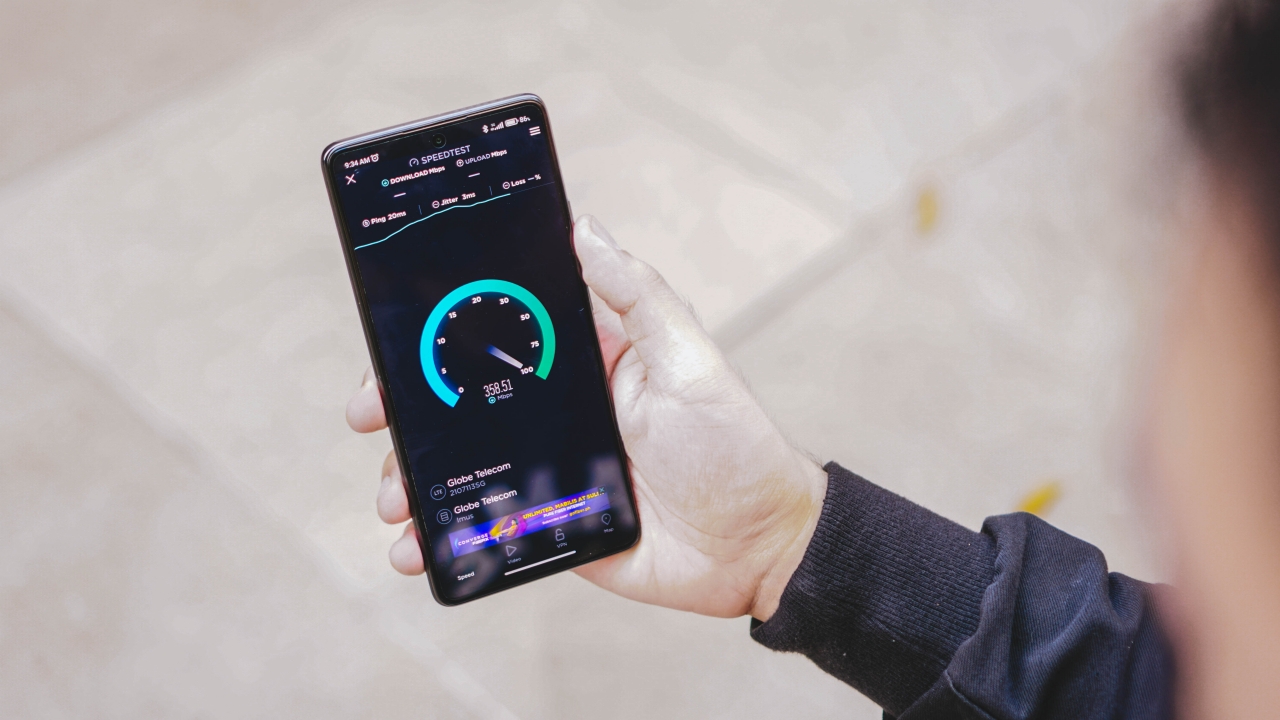
If there’s true 5G connection around your area, the Xiaomi 11T Pro is a capable smartphone that can give you a stable data connection as long as your network carrier supports blazing-fast upload and download speeds. I turned this into a portable hotspot when I was around the Metro and didn’t disappoint me in a single bit especially with its large battery capacity.
Fastest charging speeds ever?
As I’ve already mentioned battery, the Xiaomi 11T Pro packs a 5000mAh battery that can last you up to a day of standby with a light to moderate usage. As a moderate user who uses socials and streaming content more often, it was able to last me around five hours.
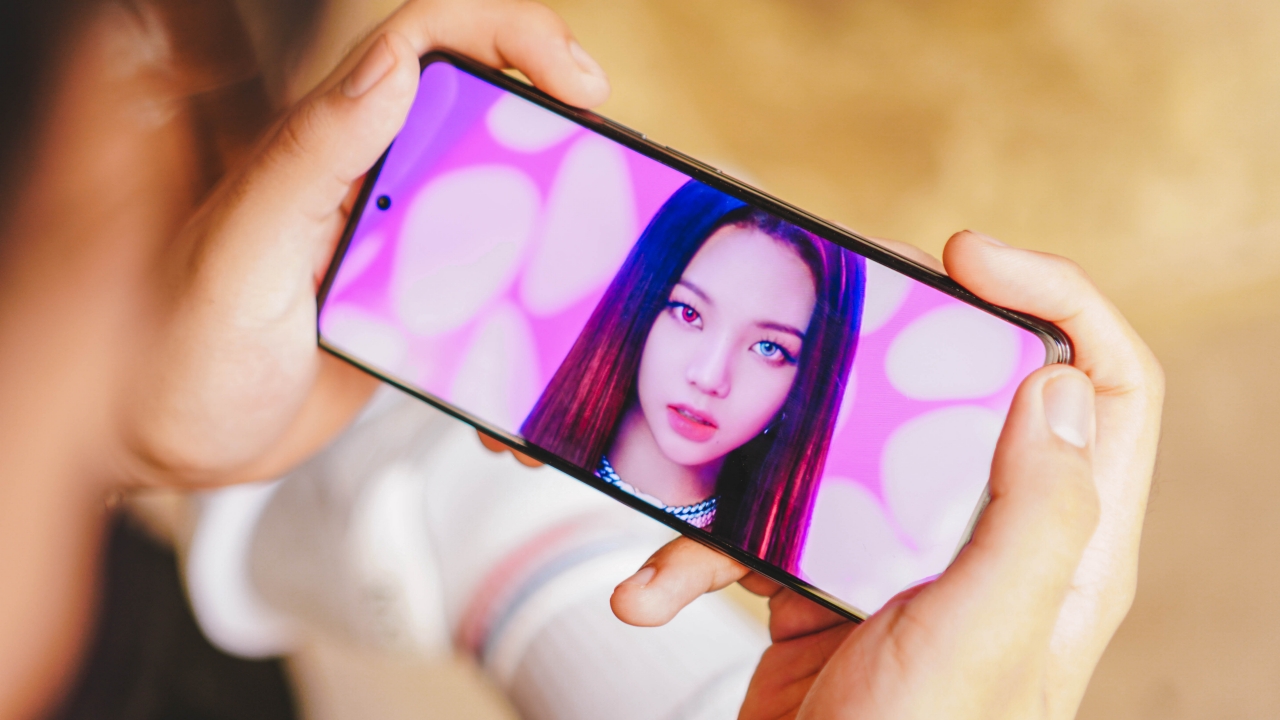
Karina we love you! — as much as how you love nævis
With a nine percent (9%) charge, I was able to watch seven (7) three-minute 1080p videos on YouTube at 75% brightness before it actually died down.
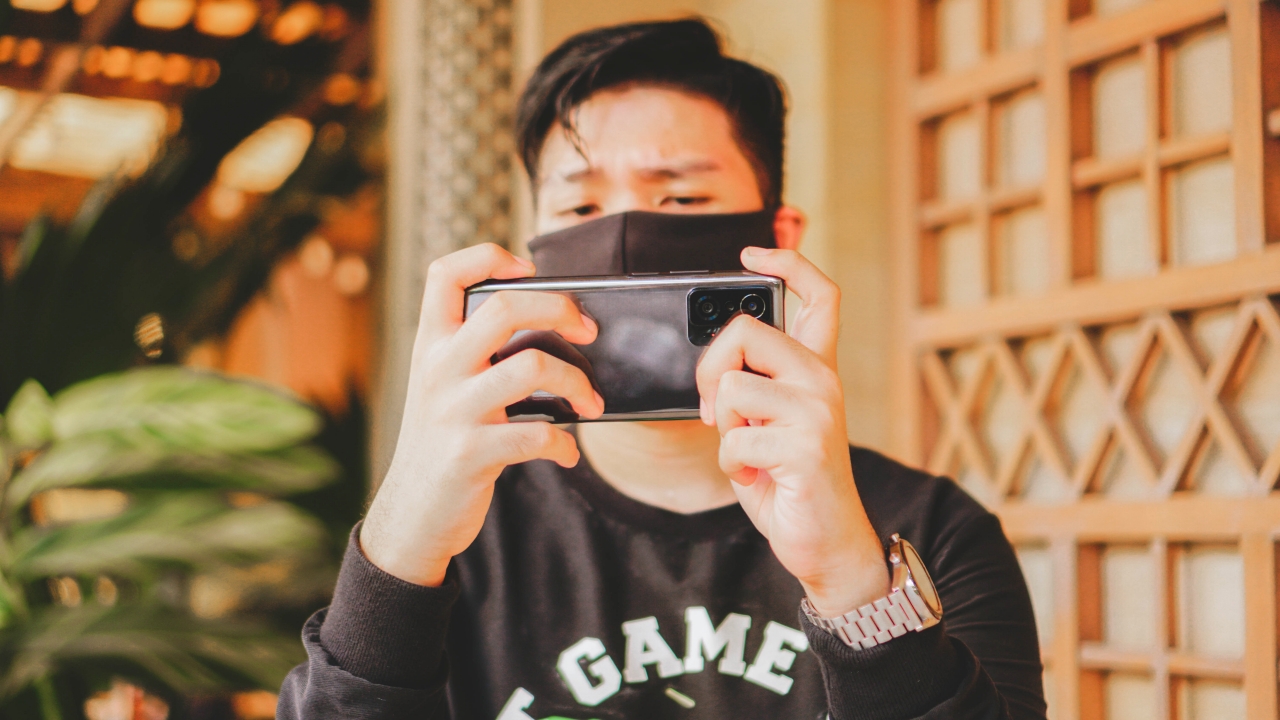
If you’re the type of user who spends more time in gaming than an average user, you might end up having shorter usage times even if the AMOLED display and the chipset are supposed to be “power-efficient”.
Don’t fret! The 120W charger saves the day. According to Xiaomi, charging from zero to 100 percent will only take 17 minutes.
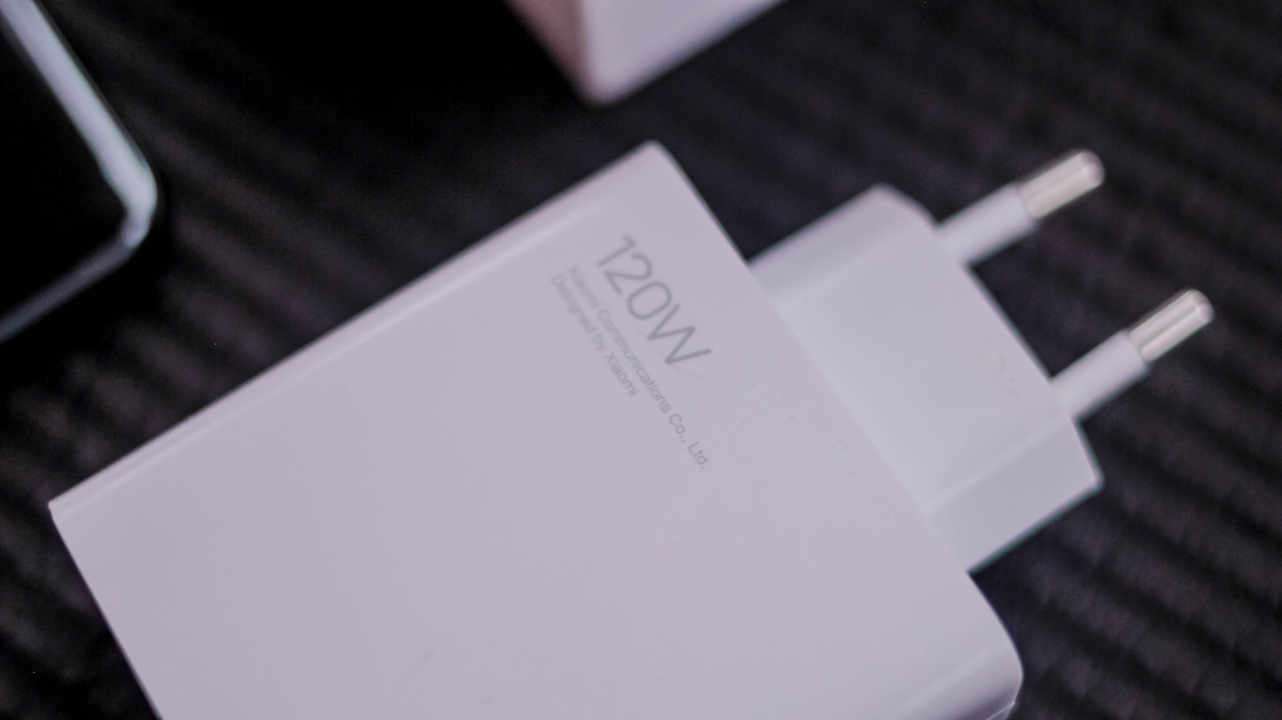
I used the bundled USB-C cable from its packaging. I didn’t intend to discharge the 11T Pro down to zero. But that was the perfect time to test out not just the real-time battery life, but also its promised turbo charging speeds. It turned out that a full charge from zero takes around 35 to 40 minutes. Xiaomi blew it out of proportion.
Using a timer, I conducted these basic charging speed tests:
1st charging test (0~100%)
- 5 minutes = 9%
- 10 minutes = 35%
- 15 minutes = 50%
- 20 minutes = 58%
- 25 minutes = 79%
- 28 minutes = 88%
- 30 minutes = 95%
- 35 minutes = 100%
2nd charging test (0~100%)
- 5 minutes = 13%
- 10 minutes = 29%
- 15 minutes = 46%
- 20 minutes = 59%
- 25 minutes = 76%
- 28 minutes = 82%
- 30 minutes = 87%
- 35 minutes = 99%
- 37 minutes = 100%
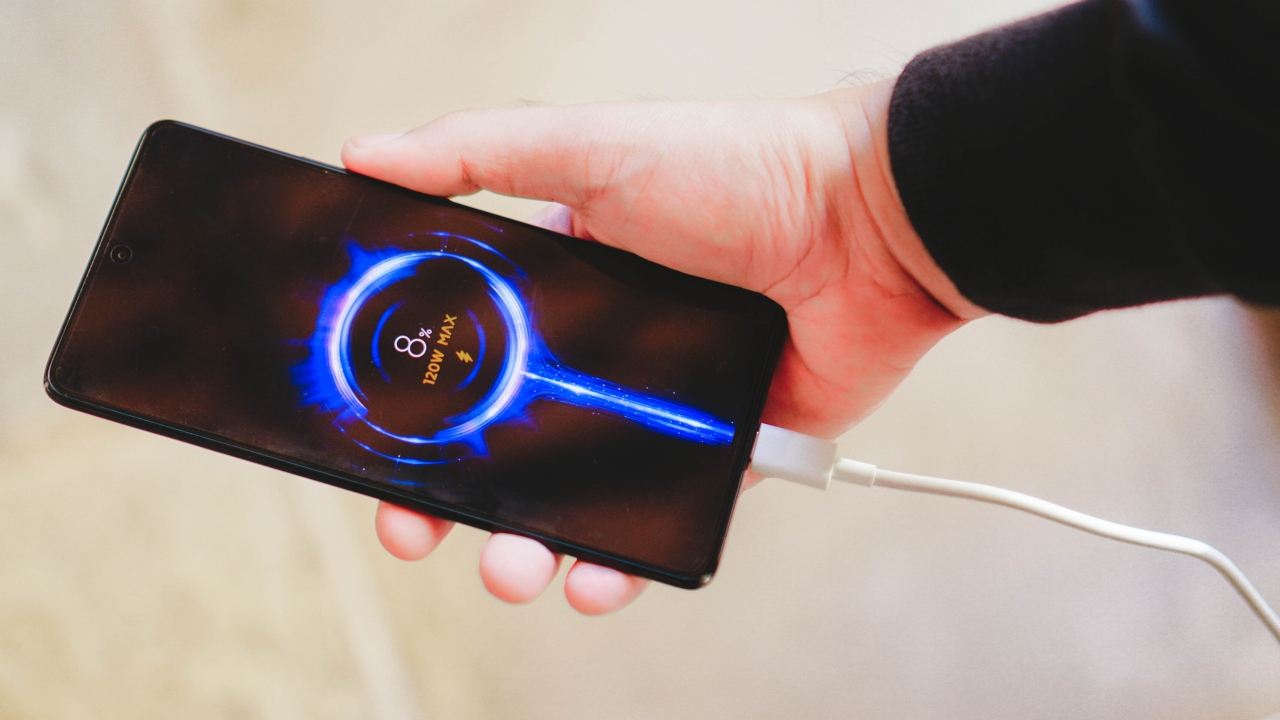
I don’t have any type of dissatisfaction with Xiaomi’s new turbo charging. As a matter of fact, I want this charging tech on other smartphones as well. My only problem is how they advertised it. I haven’t even seen major disclaimers about it. And this isn’t limited to Xiaomi. It also applies to every other company who wanted to lure consumers with something that isn’t based on reality.
Nevertheless, I’m still grateful that Xiaomi made it possible. If you’re not time-restricted and is always busy (like I am), 35 minutes is quick AF. You won’t even notice it’s fully-charged that fast.
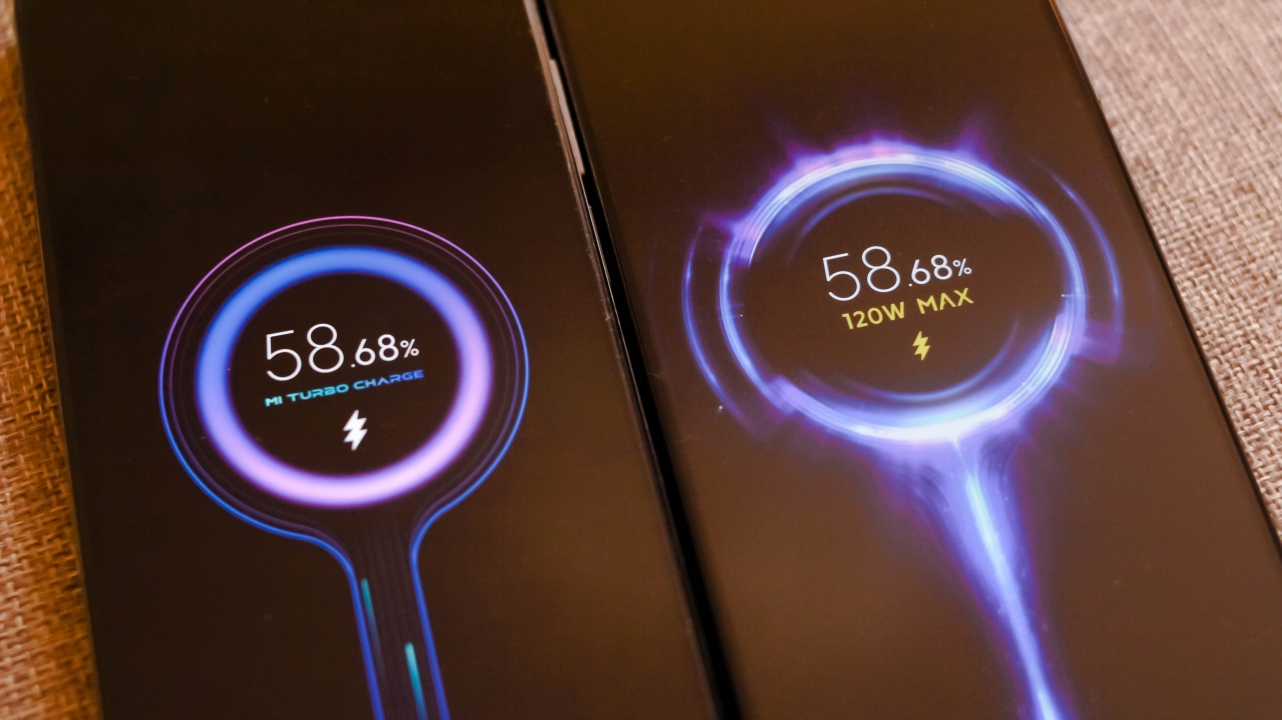
Just to prove how Xiaomi improved their fast charging tech in a span of a year, I used the same 120W charger and USB-C cable when the Mi 10T Pro died of exhaustion. Compared to 11T Pro’s total charging time of 17 minutes, the Mi 10T Pro took double the time at around 80 minutes (or 1 hour and 20 minutes). Here’s my detailed charging test notes:
Mi 10T Pro charging test (0~100%)
- 10 minutes = 20%
- 15 minutes = 26%
- 20 minutes = 33%
- 25 minutes = 39%
- 30 minutes = 46%
- 35 minutes = 52%
- 40 minutes = 59%
- 50 minutes = 73%
- 60 minutes = 85%
- 70 minutes = 96%
- 80 minutes = 100%
Aside from the improved charging speeds, I’ve noticed that the 11T Pro also ran cooler when charging. The Mi 10T Pro heats up easily like you’re holding a mug with coffee.
It’s safe to say that even if the 120W charging brick didn’t go well with its promised charging speeds, it’s still a big improvement and a must-have feature in a smartphone. Its 120W charger and charging support is also one of the biggest distinctions to differentiate the 11T Pro from the regular 11T.
SEE ALSO: Xiaomi 11T Pro vs Mi 10T Pro: 11 changes in 1 year
Pro-grade cameras? Hmmm…
On paper, the Xiaomi 11T Pro literally packs the same camera sensors as the regular 11T: A 108MP f/1.8 wide camera, an 8MP f/2.2 ultra-wide camera with a 120-degree FoV (Field of View), and a measly 5MP f/2.4 macro camera. While the wide sensor has Phase Detection Autofocus (PDAF), all of these lenses lack OIS (Optical Image Stabilization).
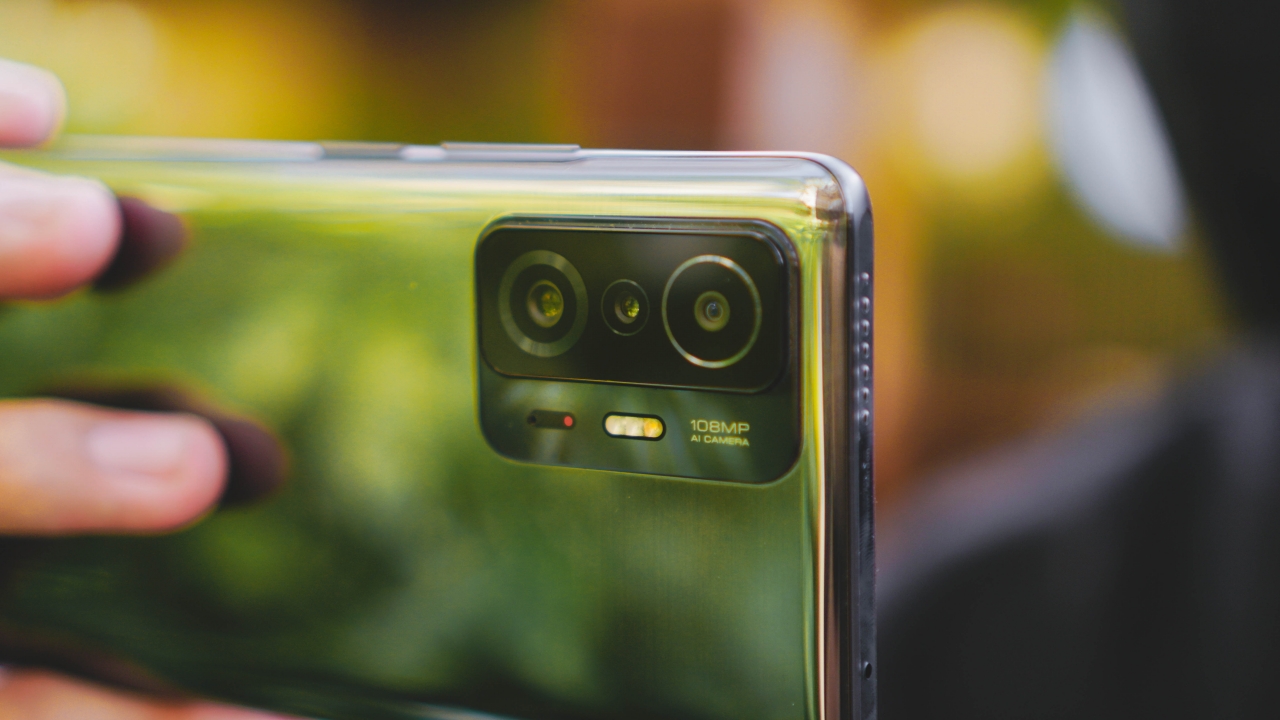
With that being said, video recording heavily relies on gyro-EIS — which stands for ‘Electronic’ and runs through software. Another thing is that, the 11T Pro can record 8K/30p videos with HDR10+ support while the 11T is only limited to 4K/30p — which might be a hardware limitation due to a different chipset used.
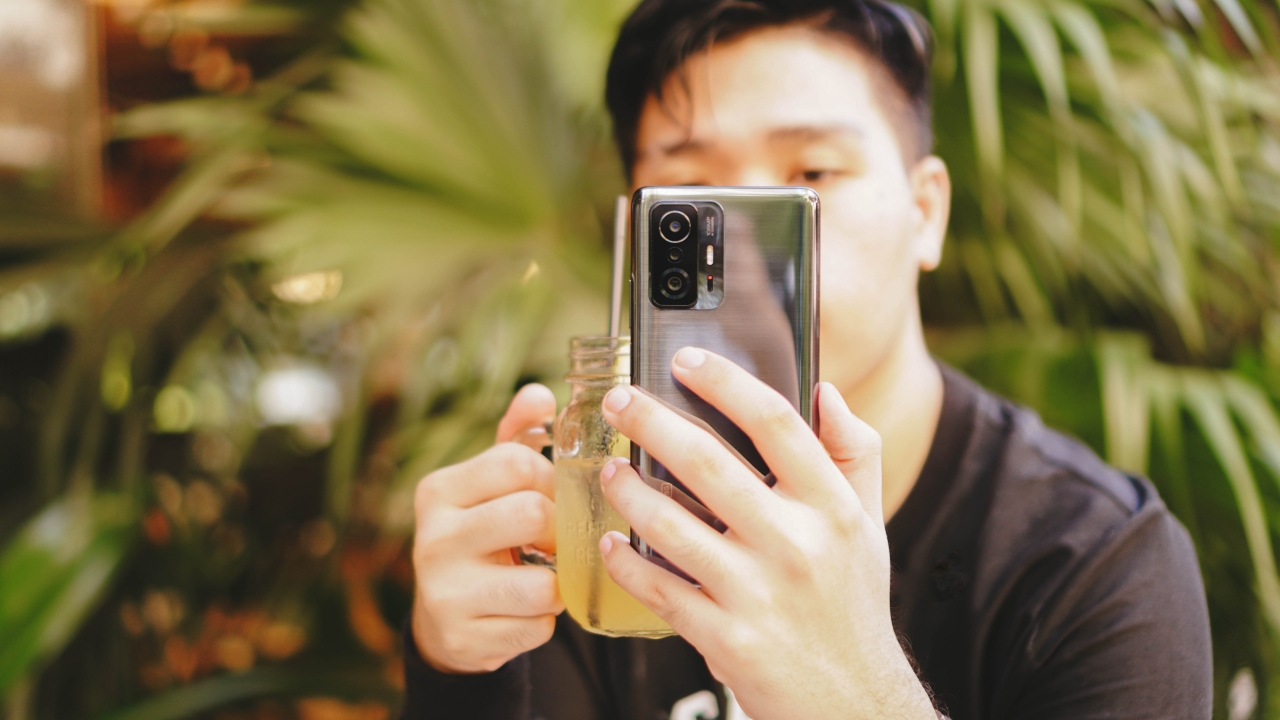
There are “Pro”-oriented camera hullabaloos too like VLOG mode, Dual video, Time-lapse, Clone , Short Video, and even Movie effects — features that we did with the Xiaomi Mi 11 earlier this year.
While I can’t show you any video samples in this review article, photo samples are enough to justify that having OIS should be a vital hardware piece for any phone manufacturer that doesn’t do software magic that much unlike what Google does with the Pixels’ cameras.
Great-looking daylight shots
Especially when you just always use the wide lens. Regardless of any subject, the Xiaomi 11T Pro doesn’t disappoint as long as there’s ample light (whether natural or artificial).
The warmer White Balance (WB) may be evident in most shots. That can still be fixed easily through post-processing.
It’s more evident when you take food shots. Maybe that’s because of AI.
Ultra-wide should’ve looked consistent enough
Not that the ultra-wide shooter is lackluster. It’s just that the contrast, white balance, saturation, and exposure aren’t paired up well with its wide lens companion.
It’s so evident especially when you look at the greenery.
Moreover when you also look at the skies in each photo.
But avoid shooting against the sunlight
Or else you’ll have a blown-out shot with lack of sufficient dynamic range. Other phones defied this photography principle though (in frame: vivo’s X60 Pro+ — not directly comparin’, just sayin’)
Shooting in 2x zoom is a hit-or-miss
As previously mentioned, none of these lenses have OIS and zooming in relies on the wide sensor through digital cropping/zooming. You’ll have to rely on your own hands’ stabilization magic — if that thing even exists in reality.
No matter how much shots you take, Xiaomi’s post-processing techniques simply won’t cut the slack off.
Even if you’re trying to be firm and stable enough (and I don’t have any shaky hands), it doesn’t do any magic.
But cats surprisingly look good and sharp despite the small movements they make
Like this stray cat I found while eating outdoors at a popular chicken joint.
Even my cats at home were captured clearly using the digital 2x zoom functionality.
Food shots actually looked better
It might be the 11T Pro’s post-processing techniques but it sure is sharper and retained more details in the steak, vegetables, and mashed potato in comparison to the Mi 10T Pro’s photo on the right.
Even the Red Velvet Cake looked more mouthwatering and appetizing compared to the Mi 10T Pro’s lack of enough contrast, saturation, and sharpness.
Portrait Mode is different
With both having a dedicated “telemacro” lens, it’s responsible for giving depth information between the foreground and the background. Although it’s pretty evident that the Mi 10T Pro only relied with radial blur — which was something I pointed out in my review.
Meanwhile, the Xiaomi 11T Pro didn’t fake the depth this time by having a more natural background blur — enough to distinguish the ramen from the Gyudon and Gyoza while still making the subject detailed and in-focus. The Mi 10T Pro failed to do that with all the blur at the closer part of the ramen.
Xiaomi’s Night Mode processing in 11T Pro looked worse…
Chances are slimmer when capturing post-worthy night time and low-light photos — even if there is a dedicated Night Mode in the camera app.
One of the best examples would be this first comparison photo: Xiaomi’s 11T Pro against the Mi 10T Pro.
While the photo of the Mi 10T Pro looked overly-exaggerated compared to what I’ve seen in reality, it’s still sharper with better details like the stars in the sky and contrast. The 11T Pro failed to show that. Color accuracy is also closer to the Mi 10T Pro with gray skies and warmer highlights due to the lamp posts behind me when I captured these.
There are times when the 11T Pro’s Night Mode does nothing. Literally just brightening up the shot and sharpen it a li’l bit.
Now is the best time to compare a 2017 flagship from Google versus 2021’s latest flagship killer.
In this particular scenario where you’ll see a lot of people lining up outside a Jordan store, I shot the 11T Pro’s photo twice (left side) whereas the Pixel 2 XL clearly captured the shot after seconds of processing.
Not convinced enough that Xiaomi could’ve done better night mode processing techniques through software algorithm? Well in this shot, despite the presence of grain in Pixel 2 XL’s photo, it’s still closer to reality with those warm lights. Most of all, it preserved all details with the right amount of sharpness and contrast.
And finally! After taking three consecutive night shots of this building at 2x, Google’s Pixel 2 XL was still able to shoot the building properly. That’s a stark difference over 11T Pro’s shaky and blurry photo. A dedicated telephoto zoom lens instead of a “telephoto macro” camera would’ve been handy on this particular scenario.
Albeit, night shots are still commendable if you have enough room for light (and utmost patience)
Just an added bonus, that macro camera doesn’t make sense at all
I mean look at these pan de sal in triple chocolate, milky cheese, and ube cheese flavors. Not only it showed minor differences between a macro and a zoomed food shot, it also proves that Xiaomi could’ve ditched the lens in favor of a dedicated one. That would’ve been a nice differentiating factor over the Xiaomi 11T.
Selfies are preferential
As someone who barely flips the front camera and takes selfies, the selfies taken with the Xiaomi 11T Pro looked okay to me.
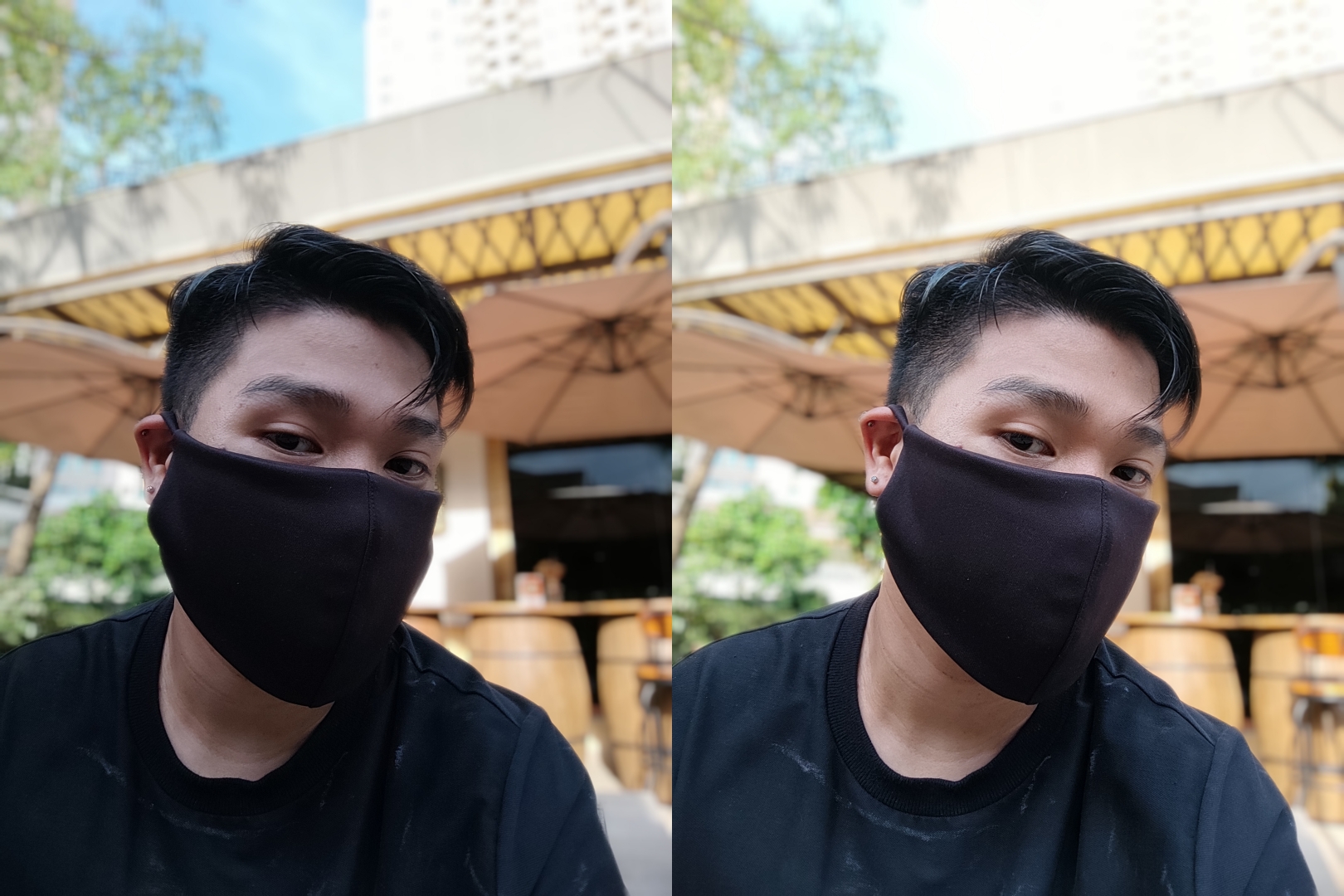
If you rely heavily on beauty mode, it has some slimming and whitening effects just like any other Android smartphone out there. You’d be more familiar if you’re coming from a Xiaomi and planning to upgrade.

There are just times that it looked washed-out and overexposed. But you also have to consider the environment your taking selfies at. Shooting against the light wouldn’t guarantee anything especially that it only has a 16MP f/2.5 punch-hole camera.
SEE ALSO: Xiaomi 11T Pro vs Mi 10T Pro: Camera Shootout
Is this your GadgetMatch?
If you want an Android smartphone that has the latest Snapdragon chipset with blazing-fast 5G and charging speeds, plus an overall multimedia powerhouse, the Xiaomi 11T Pro isn’t a slouch.
But if you’re the user like me who values cameras a lot in a smartphone, consider looking for another smartphone you might want to buy. The 11T Pro simply isn’t it even if they heavily advertise it as a phone with “Cinemagic” capabilities a la Xiaomi Mi 11.
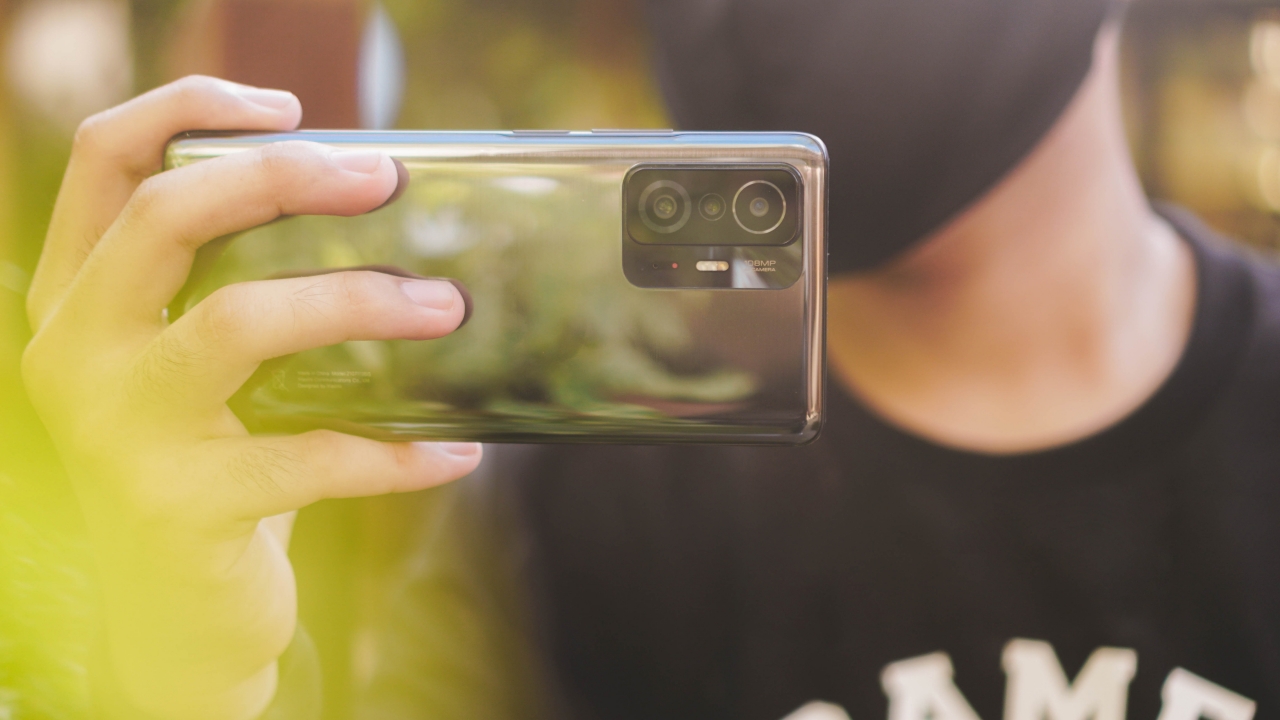
Other than Meteorite Gray that I have, Xiaomi 11T Pro is also available in Moonlight White and Celestial Blue colorways. The 8/256GB variant sells for PhP 27,990 while the 12/256GB configuration retails at PhP 29,990 — which is PhP 2000 more.

Xiaomi Philippines has an open sale today, October 30, 2021, where buyers of the Xiaomi 11T and Xiaomi 11T Pro will get a free Xiaomi 11T Series Edition Bluetooth Speaker worth PhP 3,250. An open sale will also be happening starting October 30 where every purchase of the Xiaomi 11T and Xiaomi 11T Pro will entitle buyers to a free Xiaomi Mi True Wireless Earphones 2 Basic.
Meanwhile, the Official Xiaomi Philippines Shopee store will also be including a free Mi Robot Vacuum and eco bag with every purchase of the Xiaomi 11T. Each purchase of the device comes with a 1+1 year limited warranty and free screen replacement within six months.

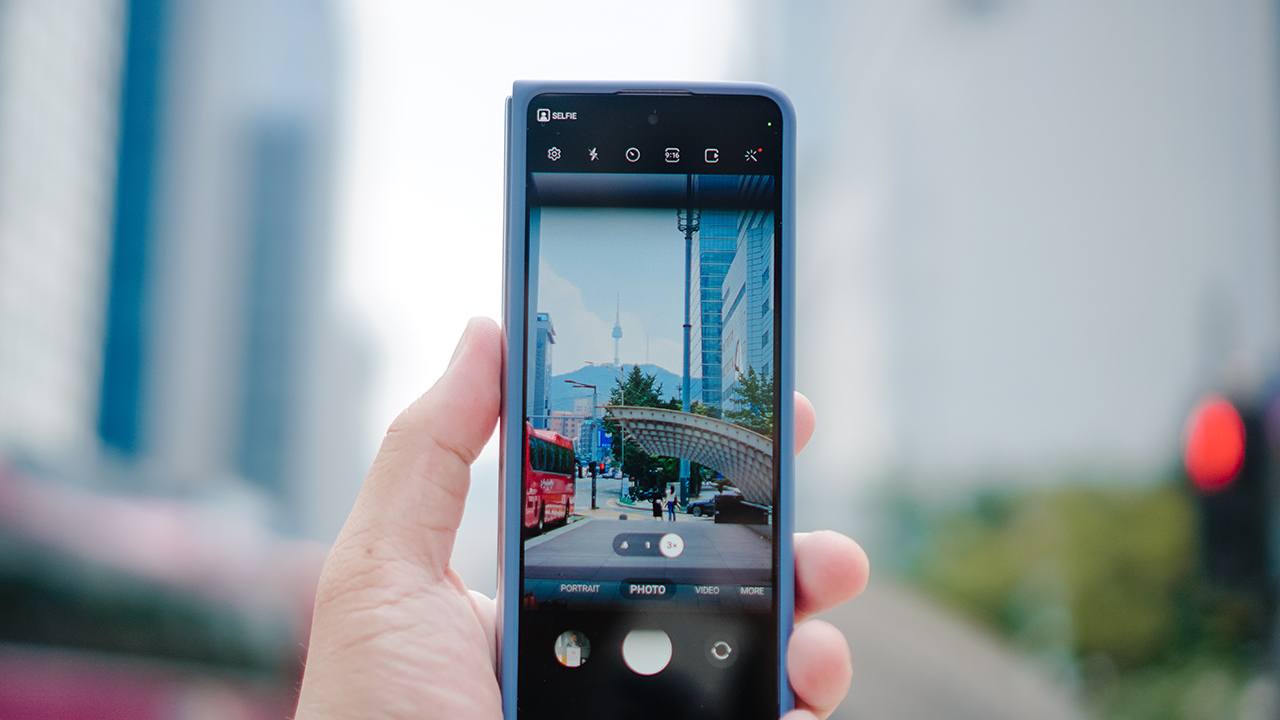
The messaging for the two foldables Unpacked by Samsung in Seoul is pretty clear. For more creative, artsy, and overall jovial pursuits, you should rock the Galaxy Z Flip5. For productivity, multi-tasking, and general business needs, you acquire the Galaxy Z Fold5.
But who says you can’t have fun with the Fold?
While Michael Josh rocked the Samsung Galaxy Z Flip5, I had the pleasure of taking the Samsung Galaxy Z Fold5 around Seoul.
Great for Reels
One thing I really enjoyed using the Galaxy Z Fold5 for is shooting and editing Reels/Shorts/TikToks. I’ll just call it reels from here on out.
Its long and narrow form-factor when folded lends itself nicely for taking vertical videos. I said the same thing for the Galazy Z Fold4 a year ago. It’s even better now that the hinge closes the Fold fully.
It also helped that I was in Seoul for the first time ever and enjoyed my time in the city. This first reel was primarily taken while I was with the Philippine media team dining and roaming around.
I typically don’t enjoy the experience of editing videos on a smartphone. But that wasn’t the case with the Galaxy Z Fold5 because I had a larger screen to work with. I fired up CapCut and edited a minute-long clip for about 30 minutes while replying to chats and doom scrolling in between.
I did the same thing when my friend and former work colleague took me to the Spotify x NewJeans pop-up event.
It was quite a bit of a wait to get in so we decided to grab something to eat first. Fortunately, we were close to Ikseon-Dong which is quite a “hip” spot in Seoul. There were plenty of cafe’s, shops for trinkets, photobooths, and many more.
We were having our fill of dessert when we realized we had to dash to the pop-up event. Thankfully, we made it in time and went through the pop-up without being super shy.
Seoul snaps
The cameras on the Galaxy Z Fold5 are unchanged, hardware-wise, from its predecessor:
- 50MP Wide-angle Camera Dual Pixel AF, OIS, f/1.8
- 10MP Telephoto Camera PDAF, f/2.4
- 12MP Ultra Wide Camera f/2.2
In terms of the photos produced, it’s your typical Samsung color science which tends to have high contrast and sharpness. More than anything, the images that come out are usually social media ready.
Sharing some of the ones I took in Seoul:
Food
Streets and sights
In Seongdong-gu, Samsung prepared a few spots where people can check out the new foldables.
A few more shots of various streets in Seoul.
Bright night scenes
Some parts of Seoul can be really stunning at night.
People
I didn’t have a lot of chances to take portrait photos. But these candid-ish shots from the lovely people I hung out with have a general feel-good vibe.
K-Pop adjacent things
As a K-Pop enjoyer, I naturally had to take snaps of the ads around the city featuring some of my faves.
Beyond just more screen real estate
Outside of video and photo-taking things, I really enjoyed the large screen on the Galaxy Z Fold5. And it goes beyond giving your more screen real estate.
Some apps like YouTube, TikTok, and Facebook now adapt their layout to the screen’s orientation. Instead of just being a blown-up version of the smartphone, certain UI elements now take advantage of the extra display space. The navigation buttons on Facebook are flushed to the right. The comments section on TikTok appear on the right hand side with the video still in full view. This is in contrast to other foldables without this kind of software integration which completely obscures the video.
Speaking of video watching, it’s such a joy on the large screen. Most of the time you really don’t see crease in the middle, especially if you’re holding it straight up. The crease only appears if you view it from certain tilted angles. I brought a tablet with me as in flight entertainment heading into South Korea. But on the flight back, I relied only the Galaxy Z Fold5 for that purpose and the screen space didn’t leave me wanting.
Work mode
Work doesn’t necessarily spark joy for most people. But completing tasks on the Galaxy Z Fold5 has been quite enjoyable for me.
Like I mentioned earlier, I’ve been using a tablet as sort of my more-mobile-and-compact laptop alternative. However, since I got my hands on the Galaxy Z Fold5, I’ve found myself not needing the tablet as much.
I handle plenty of correspondence both internally and externally. This ranges from emails, text messages, and various chat apps. I find handling these on the Galaxy Z Fold5 better than on a generally larger tablet.
Additionally, I’m also able to copy edit articles on-the-go with the Fold in hand. And in certain occassions, I even do some writing myself. In fact, parts of this review were written using the Galaxy Z Fold5.
Narrow screen, general thickness
My personal gripes with the Galaxy Z Fold5 generally align with most criticisms about it. Despite the improved hinge, it still feels pretty thick. And that narrow screen is pretty tough to use for regular phone browsing.
Samsung really needs to rethink the folded form factor. If it can improve on that, then they can have a firmer hold on the book-style foldable market. Outside of being easy to hold for photo and video taking, there’s no real advantage to the narrow cover screen.
As it stands, I find the OPPO Find N2 and the Huawei Mate X3 to be superior book-style designs. Hopefully, Samsung improves this aspect on the Galaxy Z Fold6.
Join the Fold side?
There’s been more excitement around the Flip than the Fold. The Galaxy Z Flip5 truly is the more mainstream foldable and might just be more appealing to a larger group of people.
General usage is fine, media consumption is great, and the battery life is par for the course. On my truly heavy usage days – which include taking photos and videos — it held out for about 12 hours before it prompted me to juice up.
However, if you enjoy and believe would benefit from a larger screen real estate, the Galaxy Z Fold5 is the clear choice. Samsung might have maxxed out what it can do for this particular form factor. If you’re jumping in just now or are upgrading from the Fold1 or Fold2, then the Galaxy Z Fold5 should be an acquisition worthy of your hard-earned money.
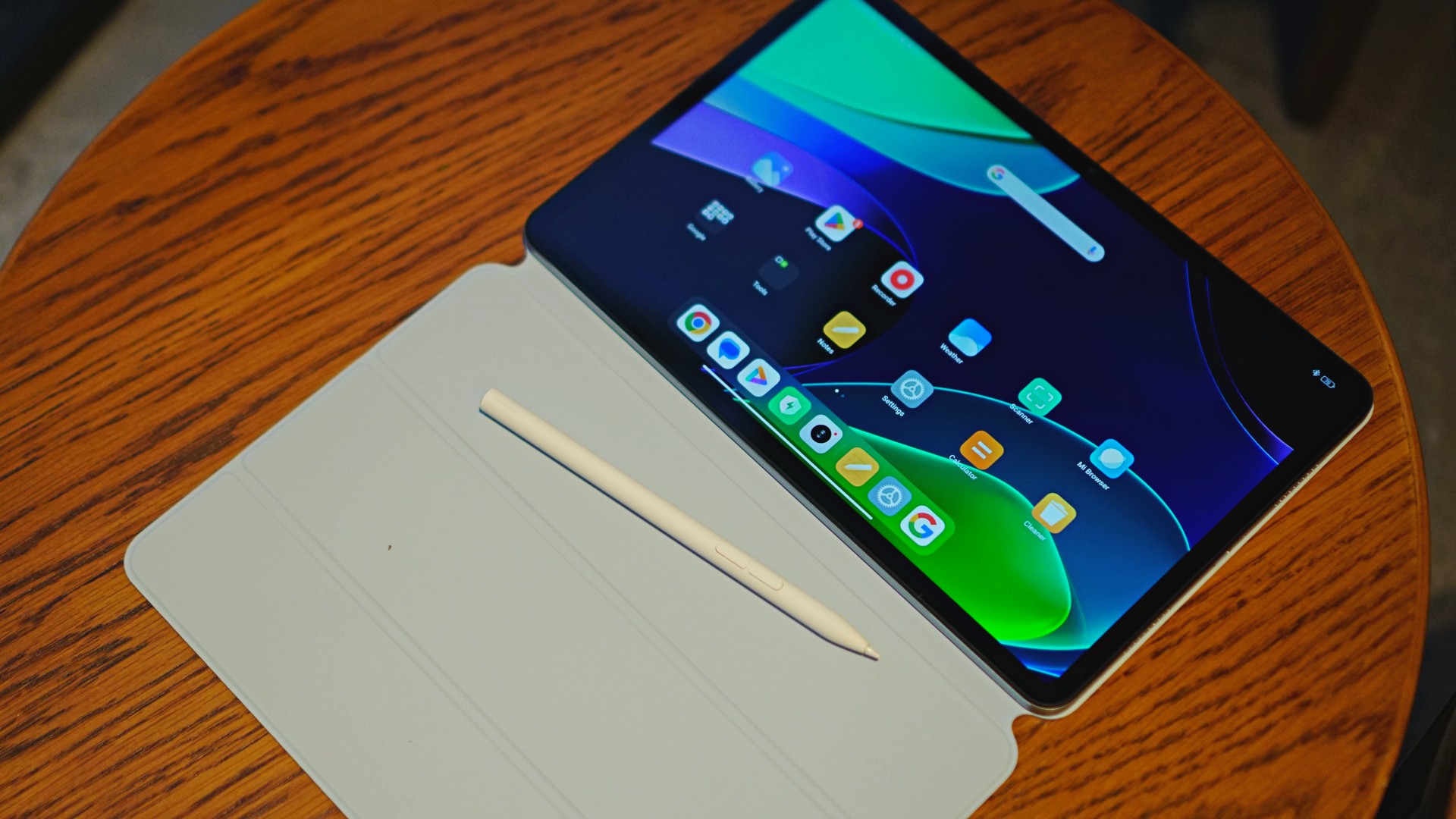
I have been on the market for a tablet for a rather specific need. You see, 2023 rolling in also marked the return of more face-to-face events. As I attended a select few of these, I’ve had to bring along my not-exactly-lightweight laptop only to end up not using it at all. In the interest of reducing my lower back pain, I needed something that was smaller, lighter, but still good enough to handle some of the tasks I might need to get to while on the go. Enter, the Xiaomi Pad 6.
Unboxing the Xiaomi Pad 6 and its accessories
Xiaomi was pretty darn generous sending over not only the tablet but also the multiple accessories you can use with it. In the video below, we unboxed the Xiaomi Pad 6, the Xiaomi Pad 6 Keyboard, the Xiaomi Pad 6 Cover, and the Xiaomi Smart Pen.
@gadgetmatch Xiaomi’s best Android tablet has just got an upgrade! #Xiaomi #XiaomiPad6 #Android #Tablet #fypシ
‘Laptop’ on the go
In the past couple of weeks, the Xiaomi Pad 6 fulfilled the laptop-on-the-go role that I desperately needed, and then some. Most notably, I took the tablet with me on an overseas coverage trip. True enough, I found myself in the exact same situations I would have found myself in had there been events domestically.
With the Pad 6 on hand, I didn’t have to bring a backpack with me. All I needed was the trusty Xiaomi Sling bag that I’ve had for years, my mirrorless camera, a couple of smartphones, and my mobile loadout was ready to go.
I found it much easier to move around as we traversed from one location to another during the many events spread across the week. In certain stops here or there, I was able to sit down to catch-up on some emails. Having access to a full-sized keyboard is a godsend for the number of emails and other correspondence I had to reply to.
Not only that, having the Xiaomi Pad 6 around also made it easy to copy edit a few articles here and there. As an editor that can’t exactly be glued to the desk all the time, this was a huge relief.
The typing experience is satisfactory and the general performance switching from email, to browser, to chat apps, was hiccup-free. If this is what you’re after the tablet for, know that it is more than capable for these types of tasks.
Great entertainment hub
The 11-inch display is the sweet spot for me. Small enough to fit in a sling bag, but large enough to serve as in-flight entertainment. Prior to flying, I downloaded episodes of Zom 100: Bucket List of the Dead, Bleach: Thousand-Year Blood War, Mushoku Tensei, as well as a couple of movies like Shin Kamen Rider.
I never realized how small the in-flight entertainment screen was in the economy flights I took until I had this 11-inch tablet with me. It’s such a better viewing experience and it allowed me to catch up to shows I was already watching versus settling for whatever’s available on the flight.
Best part? I conserved my smartphone’s battery levels by making the Xiaomi Pad 6 my primary entertainment hub. Not only did I download shows and movies, I also had plenty of storage room to spare for my main playlists on Spotify along with a handful of podcast episodes.
The pen is good for whoever will find use for it
Which isn’t yours truly if I’m being honest. My days of scribbling and sketching are way, waaaay behind me. You can probably tell from my sad, sorry, attempt to sketch Mina of TWICE/MISAMO in the photo below.
What I can tell you though is that the Xiaomi Smart Pen handles great even with the limited usage I squeezed out of it. It certainly still feels like you’re sketching on glass and there’s nothing mind boggling here like the experience feeling like pen-to-paper, but it works nonetheless.
If you’re into sketching, scribbling, and whatnot, it shouldn’t take too long to get used to the feeling.
And with the multi-window feature, you should, in theory, have an easier time referencing any material you’d like to draw.
Speaking of the multi-window feature, as someone who writes, it’s a great way to quickly see information at a glance and quickly add it to whatever you’re writing. It’s a handy feature that I’m sure a lot of people will be able to take advantage of.
Xiaomi Pad 6 specs
- Display – 11” WQHD+ (2880 x 1800) display at 309 ppi
- Processor – Snapdragon 870 Mobile Platform
- Battery – 8840mAh
- RAM and Storage – 6GB+128GB / 8GB+128GB /
- 8GB+256GB
- OS – MIUI Pad 14/Android 13
- Cameras – 13MP rear, 8MP front
- Connectivity – USB 3.2 Gen 1, BLUETOOTH 5.2, Wi-Fi 6
More quick notes
I installed a couple of games on it but never got to really, really play. It ran Asphalt 9 and Honkai: Star Rail just fine in my very, very limited play time. I personally never saw myself playing on this as much.
I also never truly exhausted the battery. The lowest it ever got was after I used it thoroughly on a 4-hour flight. And even then, I didn’t even hit 50% despite consuming plenty of media both video and audio. It supports up to 33W fast charging. If you juice it up with anything over that, you can expect the quick charge feature to kick in and top you up pretty quickly.
MIUI Pad 14 on Android 13 is fine. There’s nothing offensive about the UI and any shortcomings against the most popular tablet in the market has more to do with Android itself than the skin that Xiaomi put on top of it. It’s still good, it’s still very much functional, and pretty easy to figure out how to use if you’re at all familiar with Android.
Is the Xiaomi Pad 6 your GadgetMatch?
Like I mentioned at the start of the article, I had a very specific use-case in mind as I took the Xiaomi Pad 6 with me on my daily grind. For the editor part of my job, it worked perfectly. It’s compact, capable, and can do more than what I originally set out for it to do. With a starting price of just under PhP 30,000 for the full tablet-keyboard-pen package, it’s also one hell of a deal. Even moreso when you see the discounts during the first few days of sale.
The Xiaomi Pad 6 has to be the easiest Android tablet to recommend right now. It’s the ultimate bang-for-your-buck tablet, squeezing out plenty of features and functionality for a package price that’s more than reasonable. Xiaomi has a winner on their hands. One that deserves the GadgetMatch seal of approval.
Price, availability
The Xiaomi Pad 6 comes in Gravity Gray, Gold, and Mist Blue. The 8GB+128GB variant is priced at PhP 20,999 and the 8GB+256GB variant retails for from PhP 21,999.
The first 50 online buyers will get a free Xiaomi Smart Pen on a first come first serve basis starting August 11, 2023, and with an early bird promo:
8+128GB
- SRP: Php 20,999
- Early bird promo (August 12-20):
- Php 16,999 (Aug 11, 2023; online only)
- Php 17,999 (Aug 12-20, 2023; online only)
8+256 GB
- SRP: Php 21,999
- Early bird promo (August 18-27): Php 19,999
Xiaomi Pad 6 Keyboard
- SRP: Php 3,499
- Early bird promo (August 12-27): Php 2,499.30
Xiaomi Smart Pen
- SRP: Php 3,999
- Early bird promo: (August 12- 27) Php 2799.30

I have always loved anything shining, shimmering, and splendid. There’s a reason why I’m hooked on Taylor Swift’s “Bejeweled” on her Midnights album.
Put on your headphones and listen to this line. “Best believe I’m still bejeweled when I walk in a room, I can still make a whole place shimmer.”
That line struck me with how I always move in my circles, and that’s certainly how the HONOR 90 made its debut in the city of love. The young technology company showcased an exquisite beauty bewitching anyone who dare to lay their eyes on it, on a stage where you can marvel at its grandeur. Yes, it’s in Paris — and Taylor Swift has a song with the exact title.
I’m starting to believe that the HONOR 90 is a match made for me.
Bedazzling, bejeweled
After the GadgetMatch team witnessed the parade of the HONOR 90 in the revered city of love, I flew to China to witness the unveiling of the HONOR Magic V2. I brought the HONOR 90 with me, thinking it’d be an ideal companion as I walk through the streets of Shenzhen and Beijing.
Spoiler alert: Some days, it did not. The lack of IP rating didn’t give me the confidence to take it out while I’m running or braving the streets during a heavy downpour.
But it gave me attention, what with the dazzling design inspired by luxury jewelry as seen on my Diamond Silver unit. The sight of a glimmering silver smartphone with the sunlight shining across its diamond-like panel can bedazzle anyone who locks their eyes on the device.
It felt like a must-have accessory for summer and sparkling nights. The only caveat? You can’t get it wet. Let’s bid goodbye to pool parties and trying to meet someone in the pouring rain.
Not your ordinary midrange smartphone
Nevertheless, it gave me an exquisite experience. I’ve used the HONOR 50 and the HONOR 70 more than just review devices, I actually spent time using it as my secondary phone to play games, take extra footage of my workouts, and scroll on my other apps like the one with a yellow bee. So trust me when I say that the HONOR 90 is both different and similar to its predecessors.
Running on MagicOS 7.1 with enhanced CPU and GPU performance, the HONOR 90 offers a buttery-smooth performance. It also maintained an ultra-long battery life.
Compared to other smartphones equipped with 5000mAh Super Battery, HONOR’s N-devices last longer for me even with heavy data usage. I can last a day without a power bank even with mobile data turned on. And if I ran out of juice, the 66W HONOR SuperCharge comes in handy. I don’t need to wait almost an hour to get it recharged.
It might be disappointing to some since the POCO F5 — a much cheaper device — sports a Snapdragon 7+ Gen 1 while the HONOR 90 houses a Snapdragon 7 Gen 1 chipset. Even so, the smartphone does the job! There were no hiccups when browsing, scrolling, multitasking, creating content, and definitely when taking a high-resolution photo. You know, the 200MP ones?
Between the past and the future
The new HONOR 90 takes pride in having the best-in-class camera system for a midrange smartphone. FYI, it sports a 200-megapixel main camera with a 1/1.4-inch sensor, a 12-megapixel ultra-wide and macro camera, a 2-megapixel depth camera, and a 50-megapixel front camera.
Combined with its hardware and software prowess, the HONOR 90 captures any moment you deem important vividly. It takes excellent content, for the most part. It’s been like that since its predecessors, only just getting grander.
But what’s the point of telling all these perspectives when I can just parade foolproof evidence to back my claims? They say to see is to believe, so let me take you through a tale of two cities captured with the might of the HONOR 90.
Sight
Shenzhen and Beijing exhibit different faces of China. One is like the Silicon Valley of Asia that set its sights on the future, and the other looks back at the rich history of the country. While both cities exude different vibes, they both something have in common: a picturesque cityscape wherever you go.
From towering skyscrapers to wide avenues, and even architecture that encapsulates the country’s identity through intricate design and details. The HONOR 90’s 12-megapixel ultra-wide camera came in handy to see the beauty of both cities.
Taste
The memories of a trip is sometimes stored in photographs of food. It’s a glimpse of a country’s culture that can be cherished everytime you see it on a screen. The HONOR 90’s 2x zoom is perfect for capturing the rich, tasty cuisine of every culture you explore.
Feel
Truth be told: We’re not photographers who’ll need a 200-megapixel main camera to shoot our everyday life. I also take quick snaps to record a memory I want to treasure and share with my friends. If it’s pretty enough, it gets to be in my Stories. The HONOR 90 takes quick snaps without any delays, making it a great companion to capture the feel of your exact moment.
Look
Of course, what’s a trip and everyday life without selfies? The HONOR 90 is equipped with a 50-megapixel front camera with an option for a wider selfie. Like its predecessors, the selfies are still padded with extra beautification despite turning off the beauty mode. I still don’t like it though. Silver lining? You’d look fresh any time of the day.
Best for your eyes
The HONOR 90 takes pride in sporting a quad-curved display with an incredible viewing experience. Its 6.7-inch display goes toe-to-toe with almost every tall and huge smartphone out there, right now.
Just like most midrange smartphones with a “flagship-level” feature, the HONOR 90 has an HDR10+ certification along with Amazon Prime Video HDR and Netflix HDR. The pictures are quite vivid, you’ll enjoy watching any content even with just a smartphone.
It’s a bonus that the smartphone is lightweight enough that you can carry it with just a single hand.
It also has a 120Hz dynamic refresh rate and a TÜV Rheinland Flicker Free Certification for eye comfort. Speaking of which, the HONOR 90 is also equipped with the 3,840HZ PWM Dimming technology which I’ve seen in action through the HONOR Magic V2.
Basically, it exhibits a pulse at a rate of up to 3,840Hz that helps maintain a more comfortable, flicker-free viewing experience even at lower brightness levels.
It prioritizes alleviating eye fatigue to increase blood circulation. With the Circadian Night Display, the HONOR 90 also adjusts the display into warmer colors to reduce the amount of blue light.
Now, you don’t need to take lots of melatonin to fall asleep quickly even after using your smartphone. Your smartwatch might want to thank you for having better sleep quality.
Is this your GadgetMatch?
The HONOR 90 does a lot for a midrange smartphone. It’s not as specced up as other midrange competitors, but it surely stacks up when it comes to providing a flagship experience at a price that doesn’t break the bank. It’s got an incredible display that’s both pleasant and comfortable to the eyes, a hiccup-free performance coupled with long-lasting battery life, and a super-fast charging speed.
More importantly, it comes with an impressive camera system with the 200MP main sensor taking the spotlight.
The only caveat would be the lack of IP rating and to some, an option for wireless charging. What irks me would be the limited security and software updates. Meaning, if you get this smartphone, you’re bound to buy another one for the next year or two.
If you’re the type of person who frequently changes their smartphone, the compromises wouldn’t matter in the grand scheme of things. It’s a solid deal, depending on your territory. The price really varies when it comes to different countries.
The HONOR 90 retails for GBP 450 for the 8GB/256GB unit and GBP 500 for the 12GB/512GB variant. It comes in three colors: Midnight Black, Emerald Green, and Diamond Silver — an exclusive color to the HONOR website, HiHonor.
In the Philippines, it retails for Php 24,990. Get it at select HONOR Outlets or online channels such as Shopee, Lazada, or TikTok Shop!
-
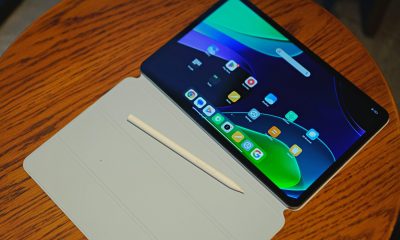
 Reviews2 weeks ago
Reviews2 weeks agoThe Xiaomi Pad 6 is great for the editor on-the-go
-
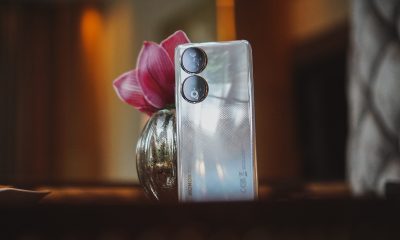
 Reviews2 weeks ago
Reviews2 weeks agoHONOR 90 review: Simply bedazzling
-

 Gaming2 weeks ago
Gaming2 weeks agoRefurbished Steam Decks are now available through Valve
-

 Health2 weeks ago
Health2 weeks agoRedmi Watch 3 Active: Basic but better
-

 Gaming2 weeks ago
Gaming2 weeks agoRockstar officially partners with Grand Theft Auto V roleplay servers
-
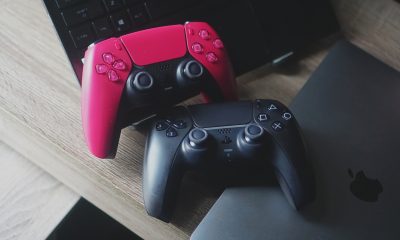
 Gaming2 weeks ago
Gaming2 weeks agoPlayStation 5 Slim supposedly leaked online
-

 Entertainment2 weeks ago
Entertainment2 weeks agoCatch Cinemalaya 2023 films at Ayala Malls this weekend
-

 Apps2 weeks ago
Apps2 weeks agoSpotify DJ feature now available in the Philippines

